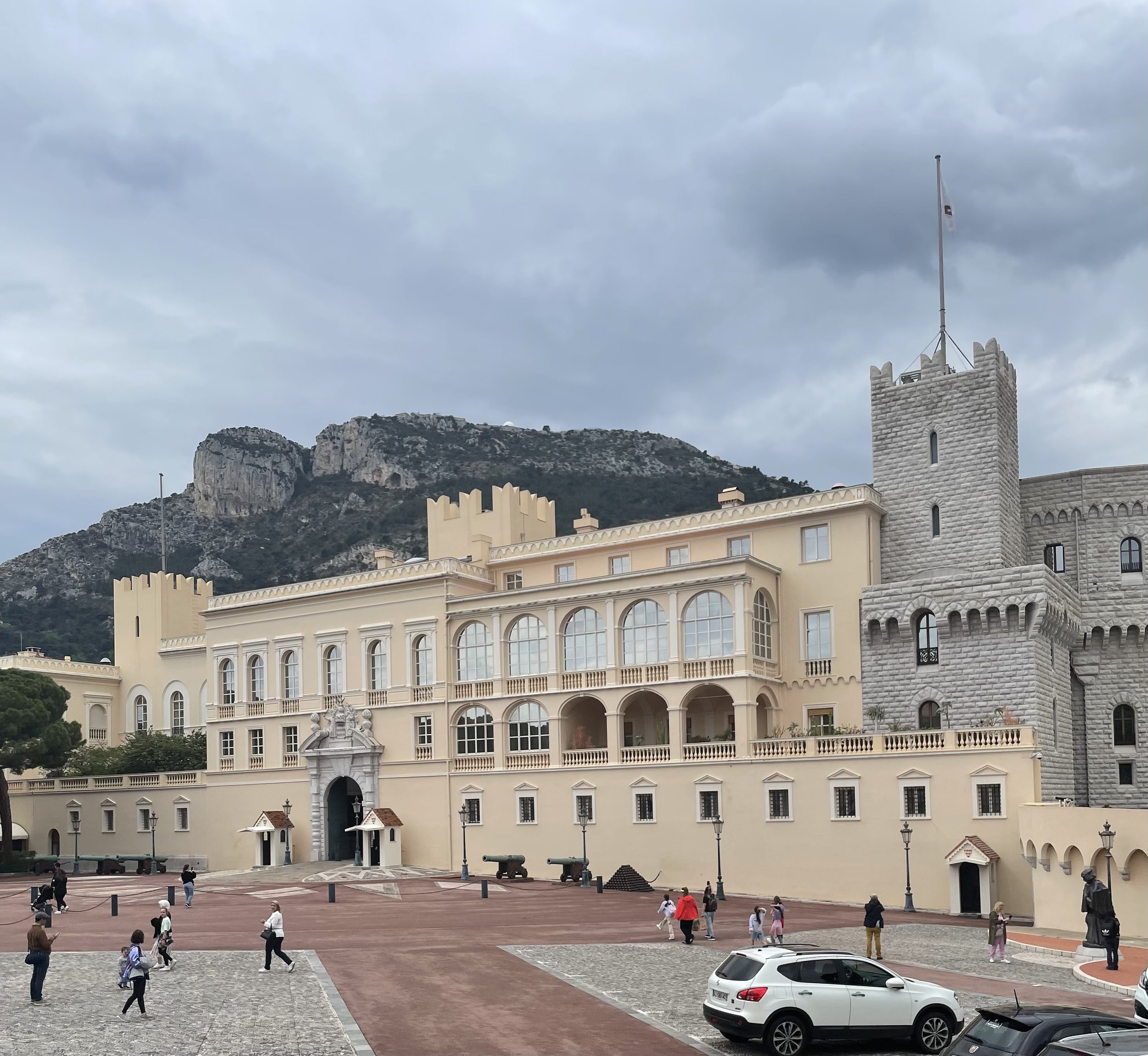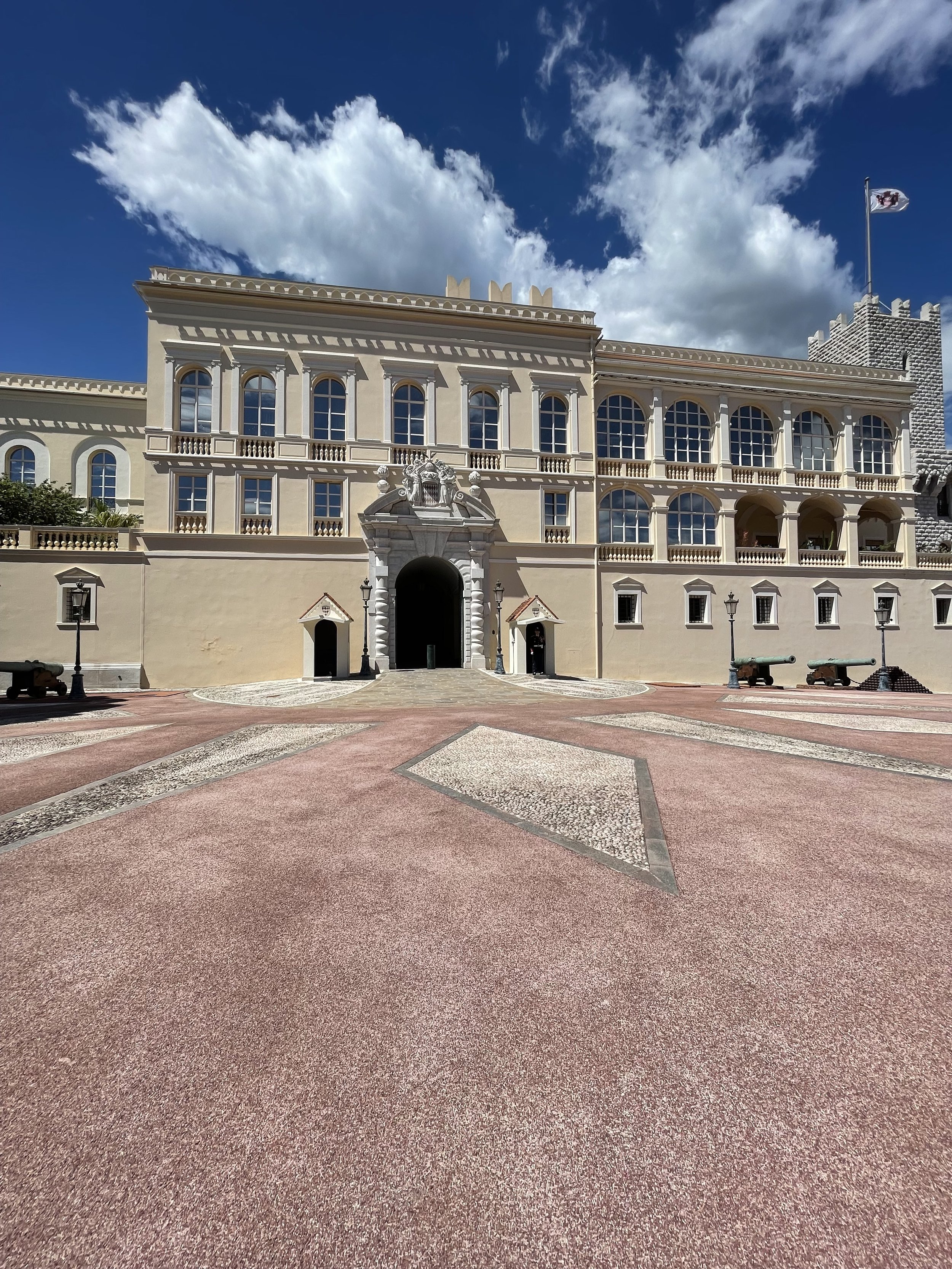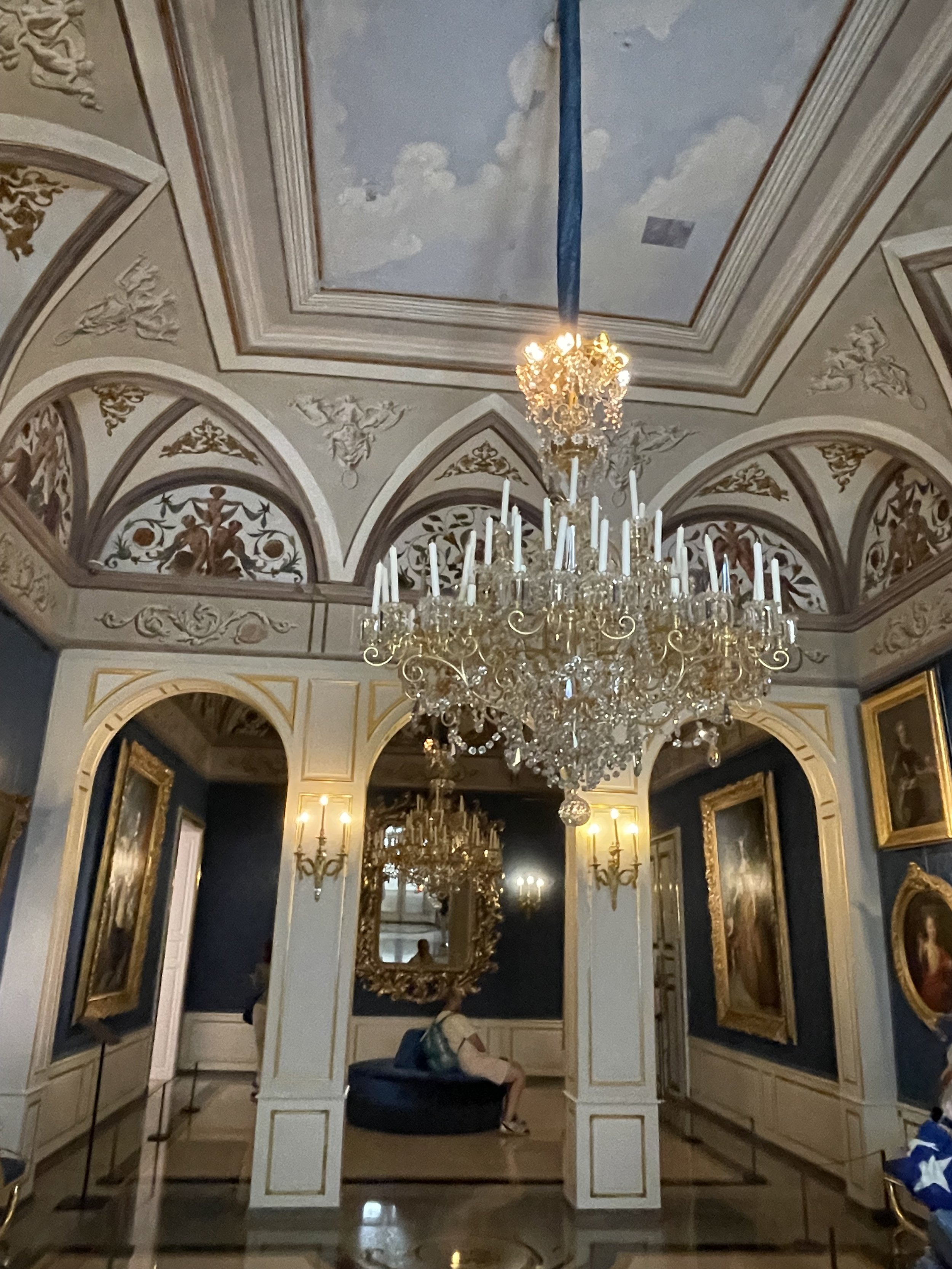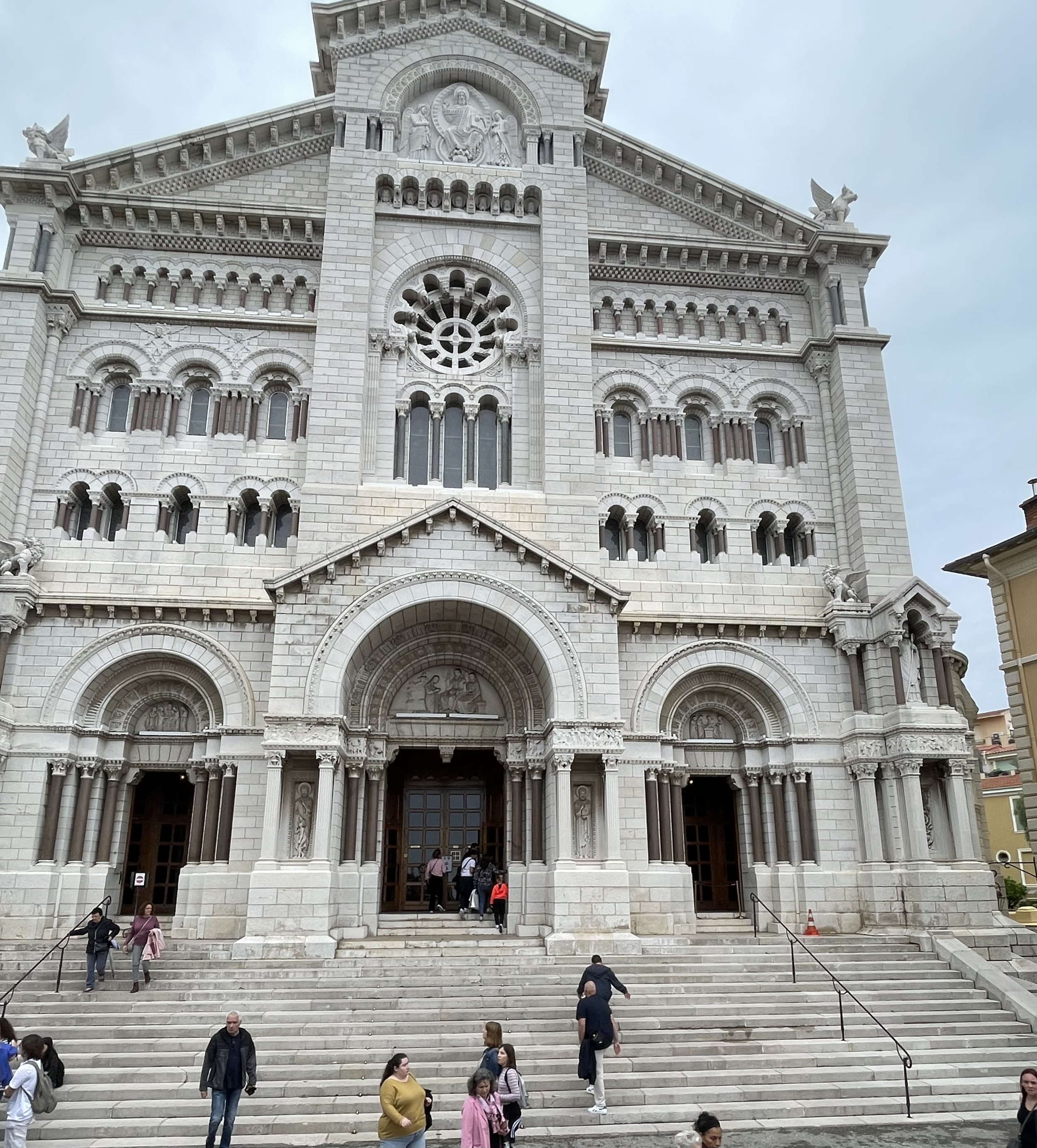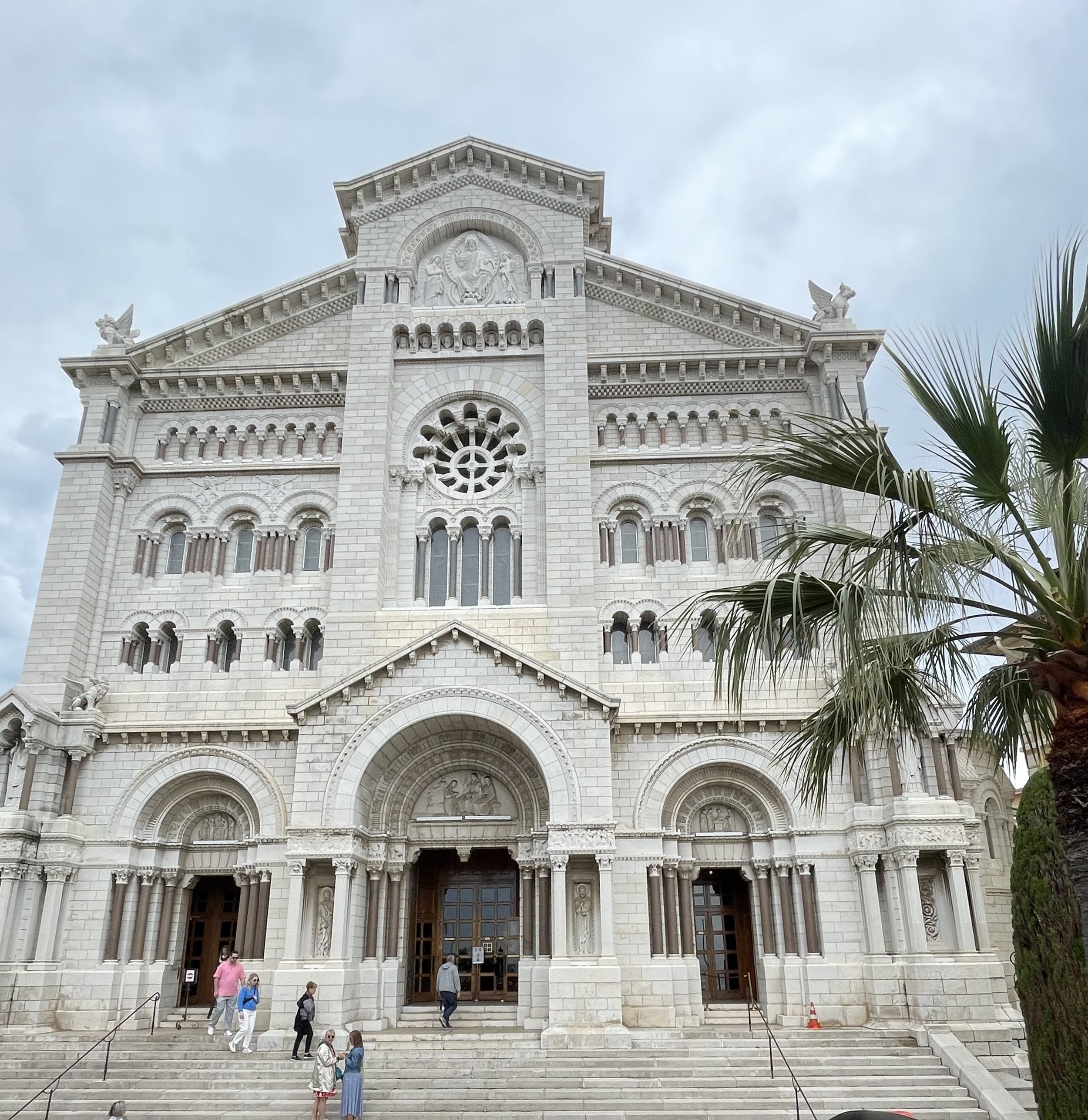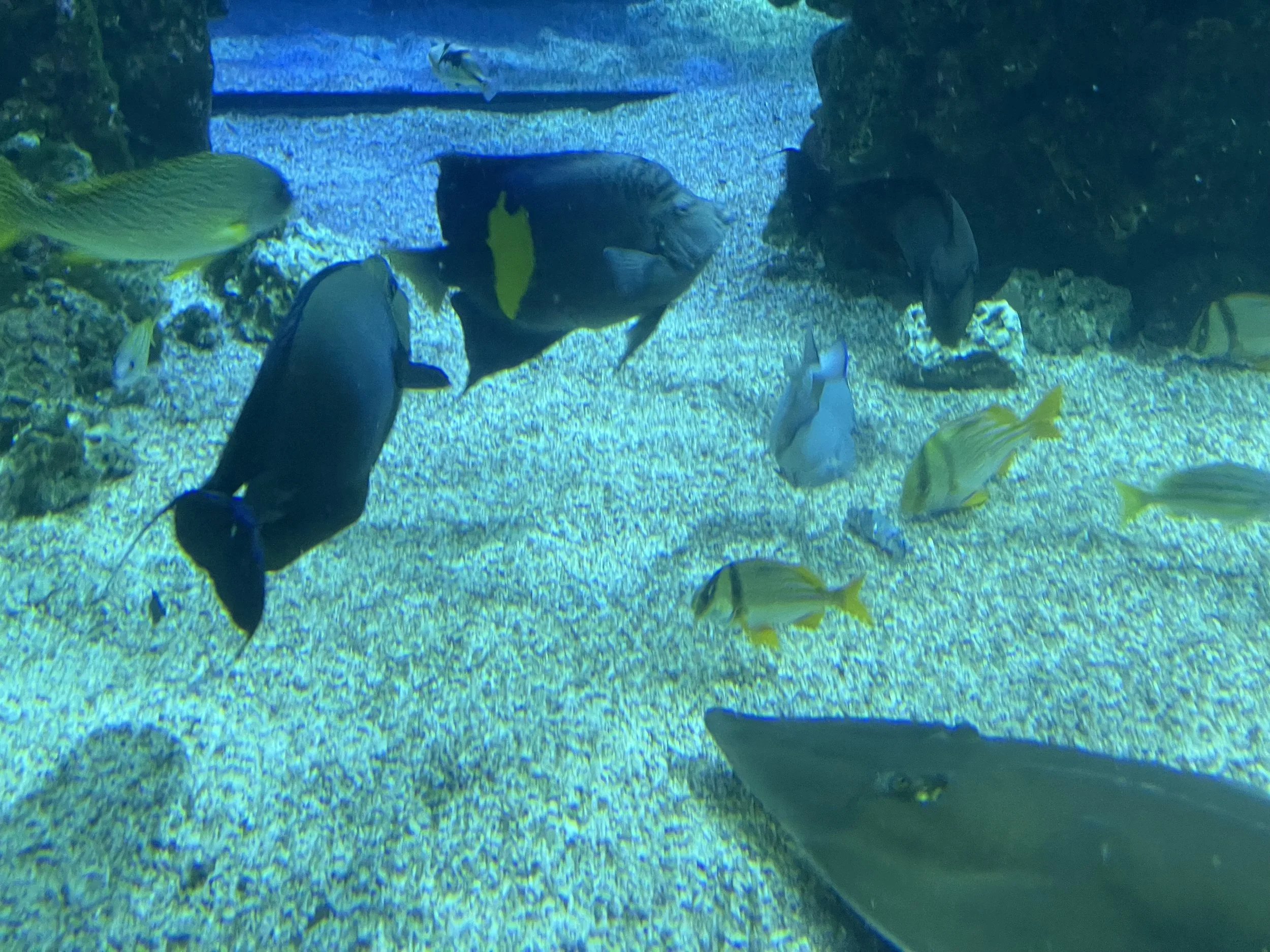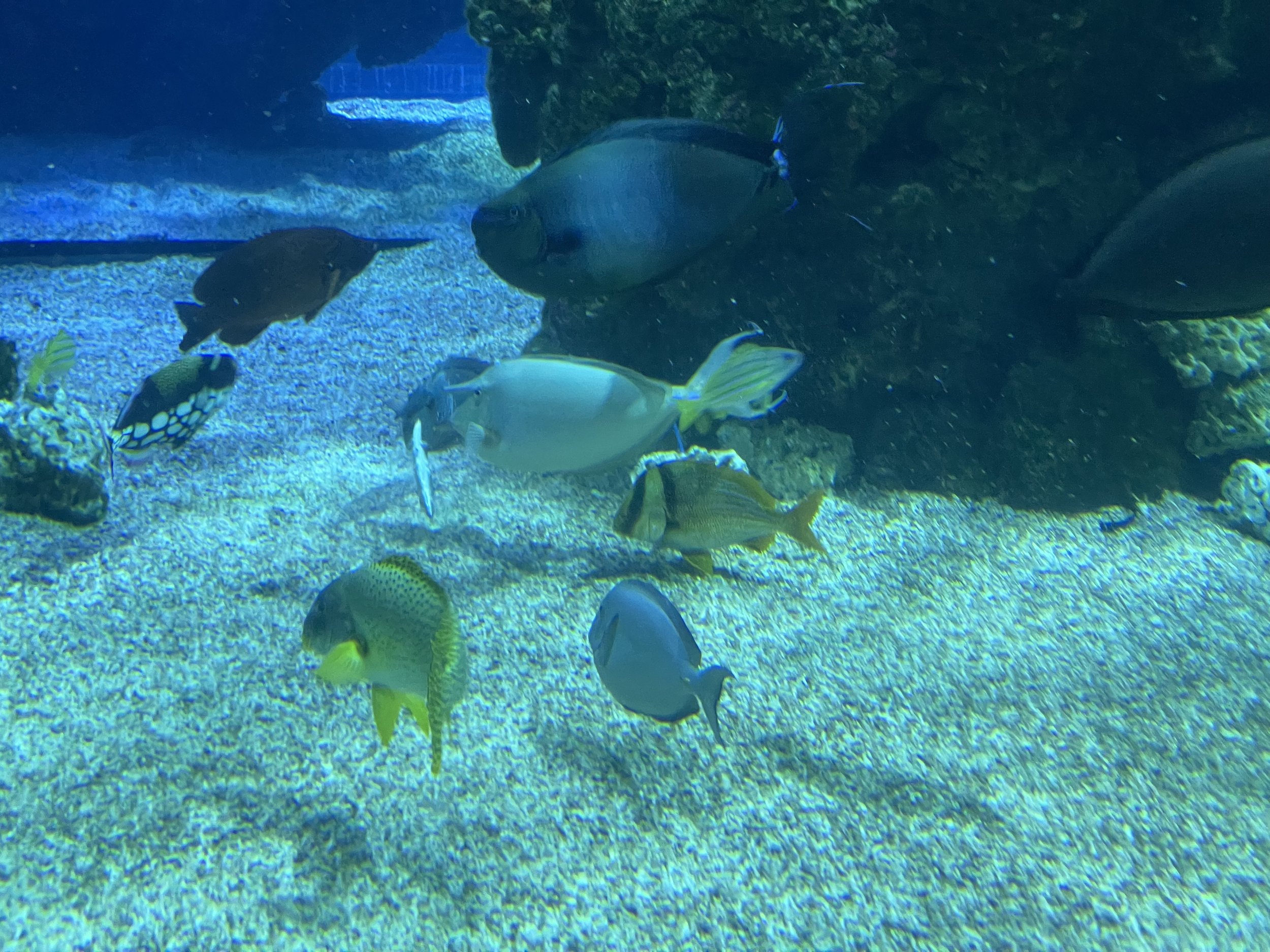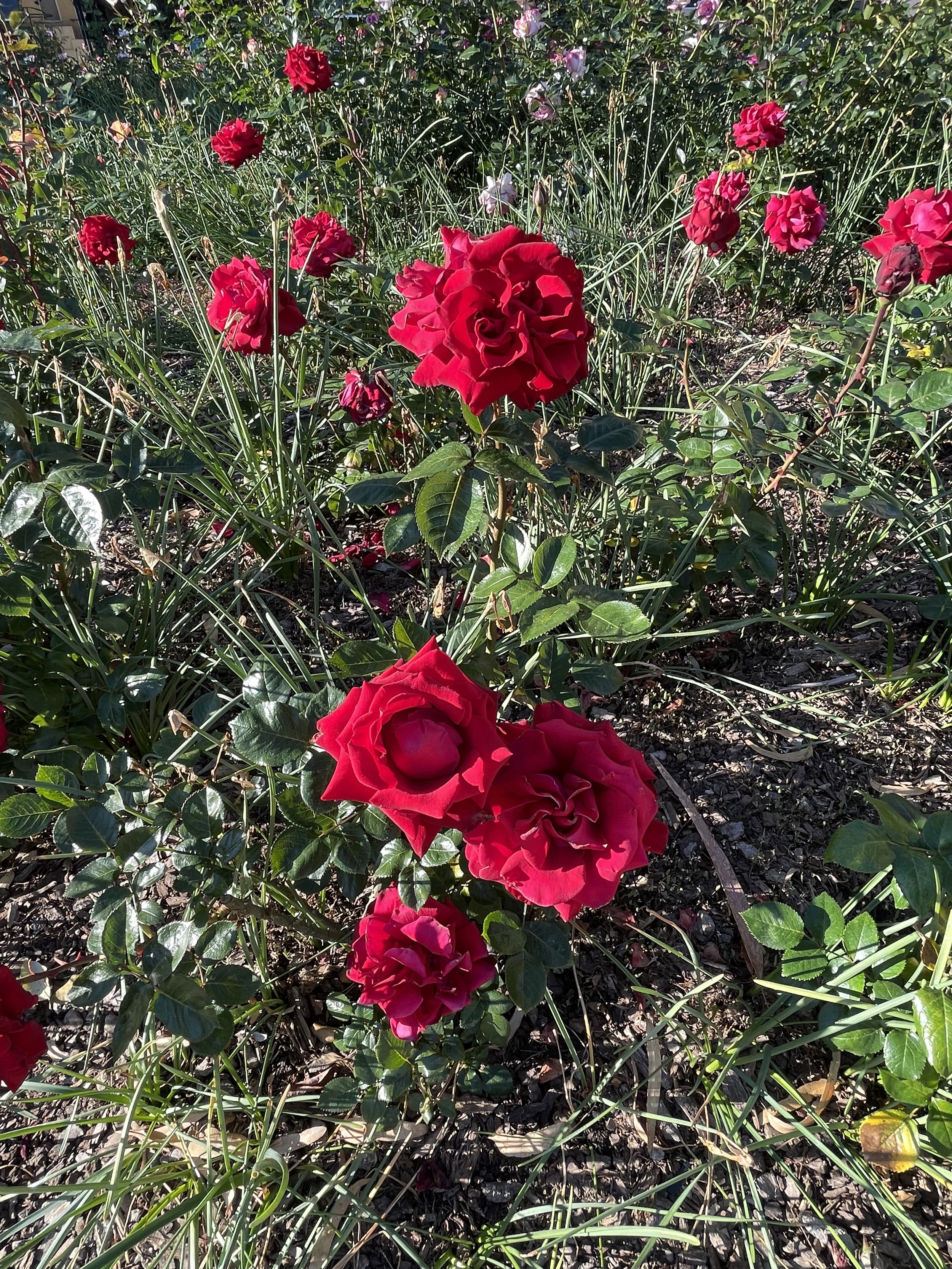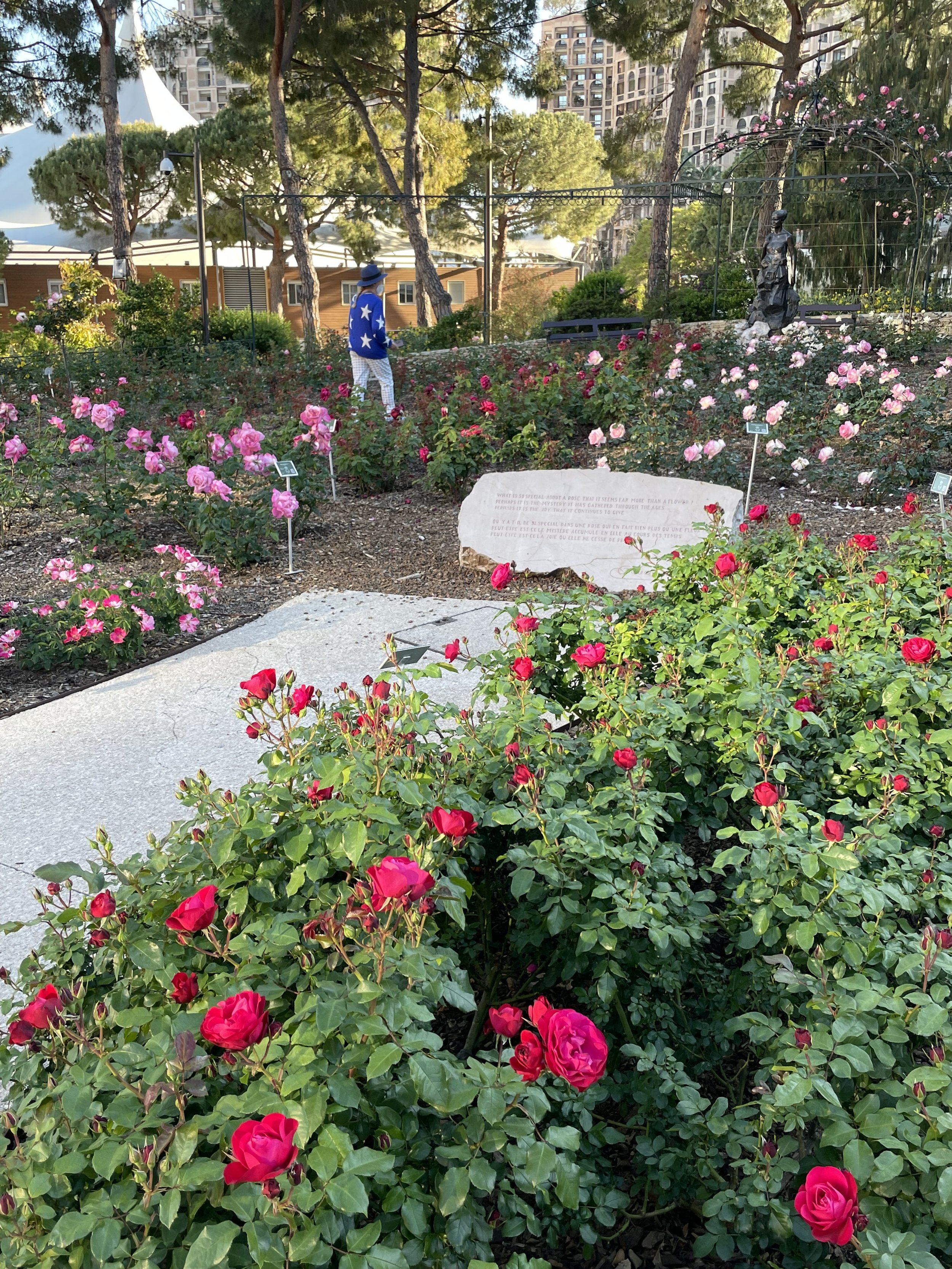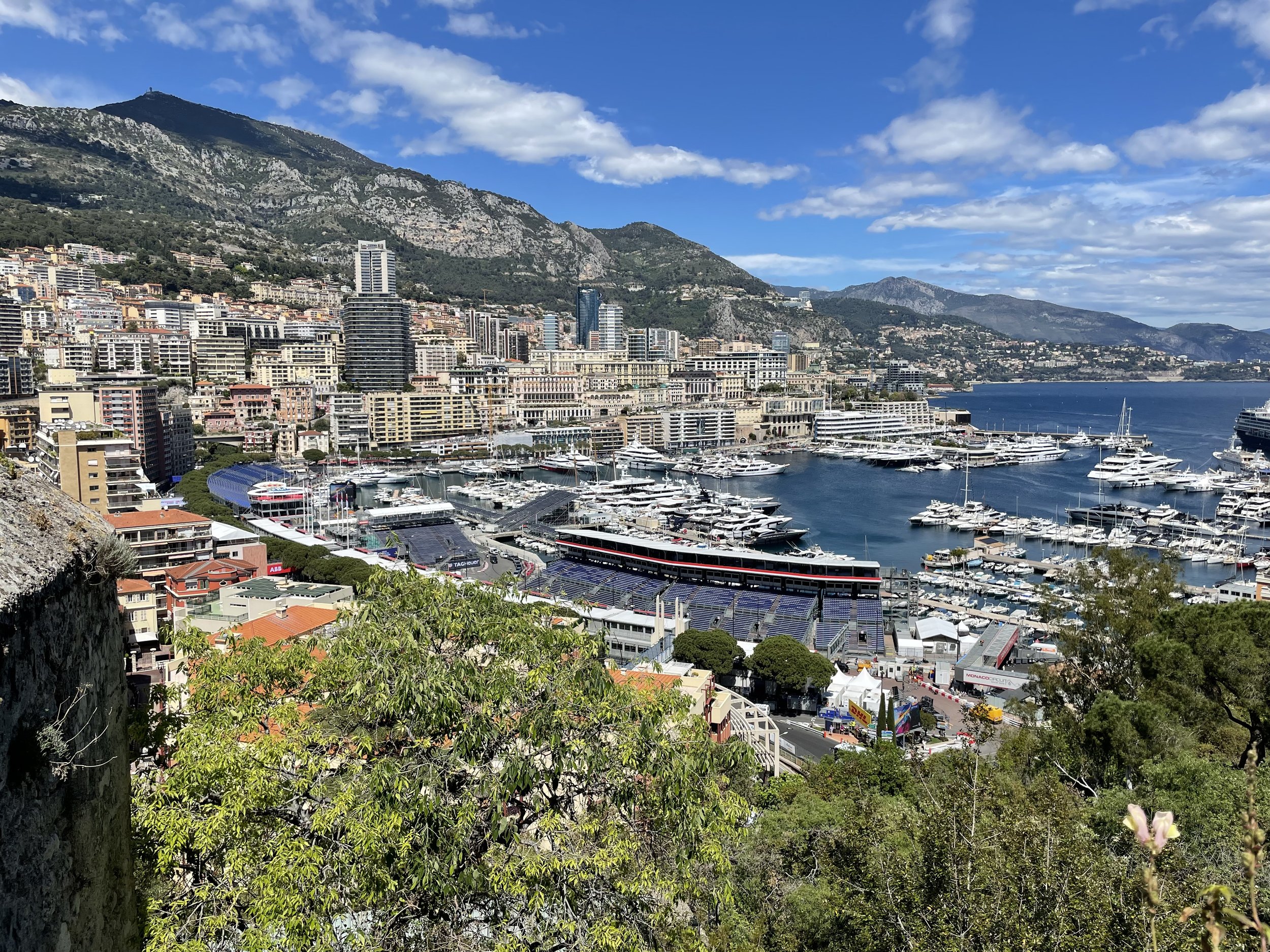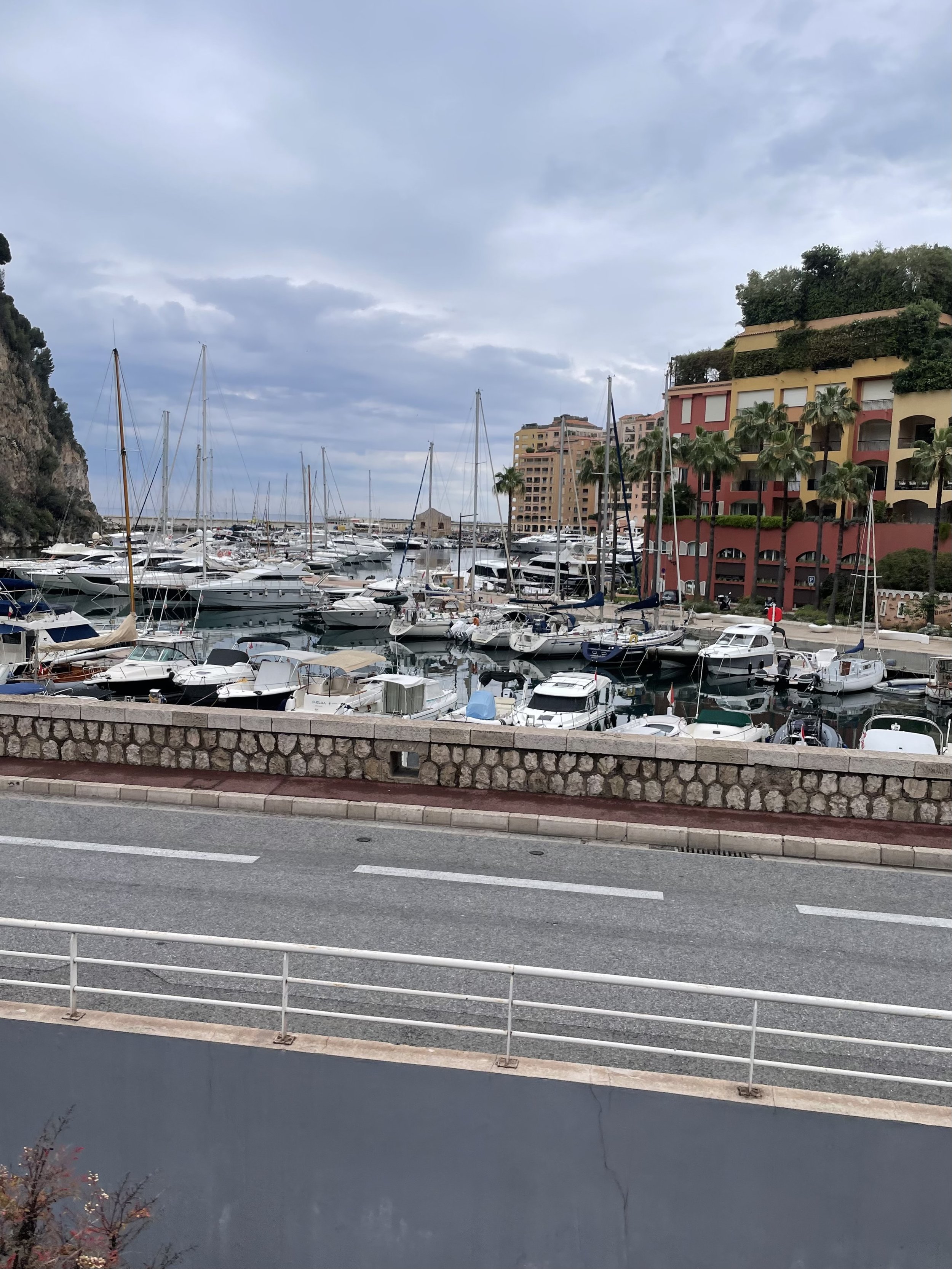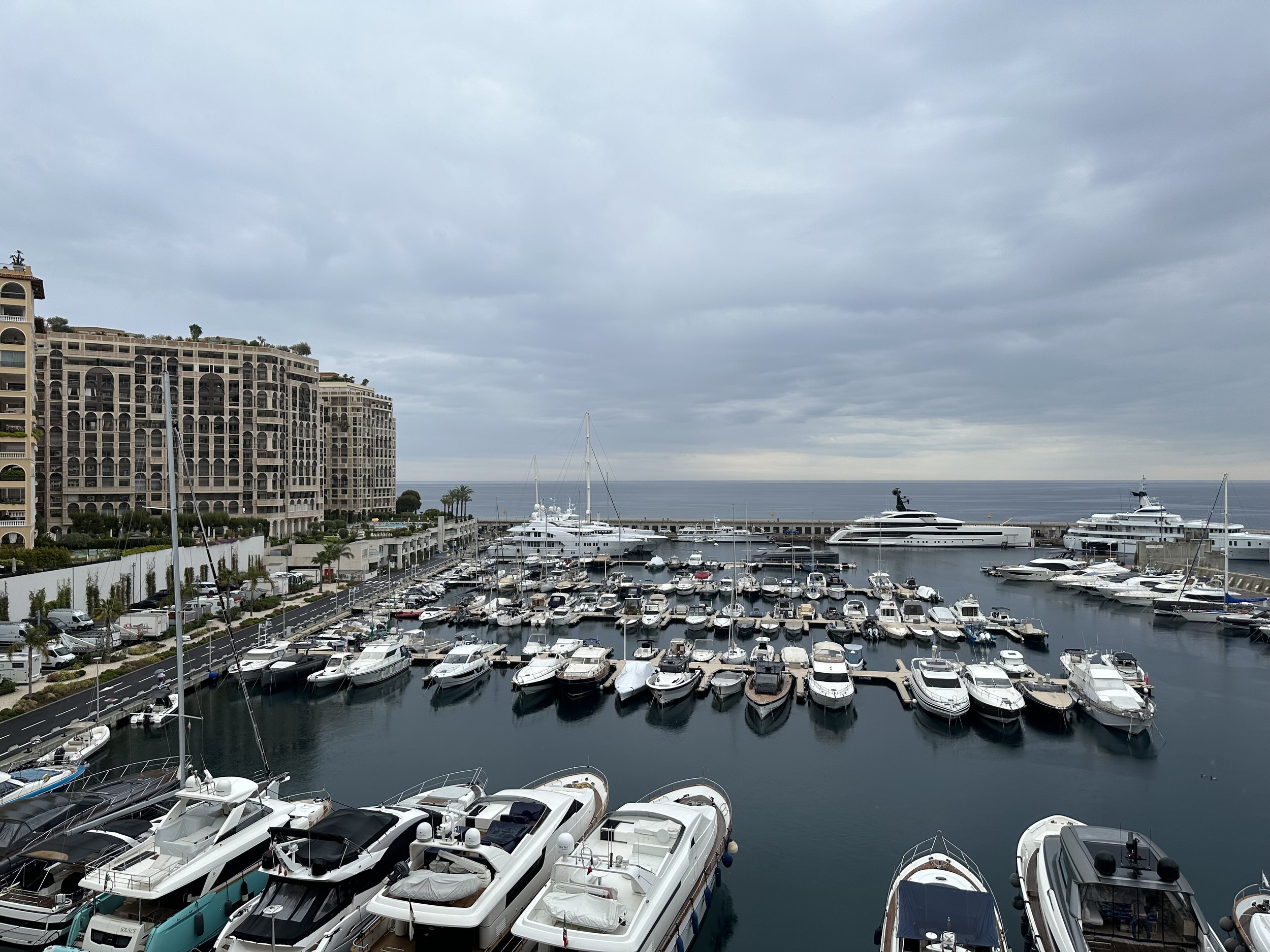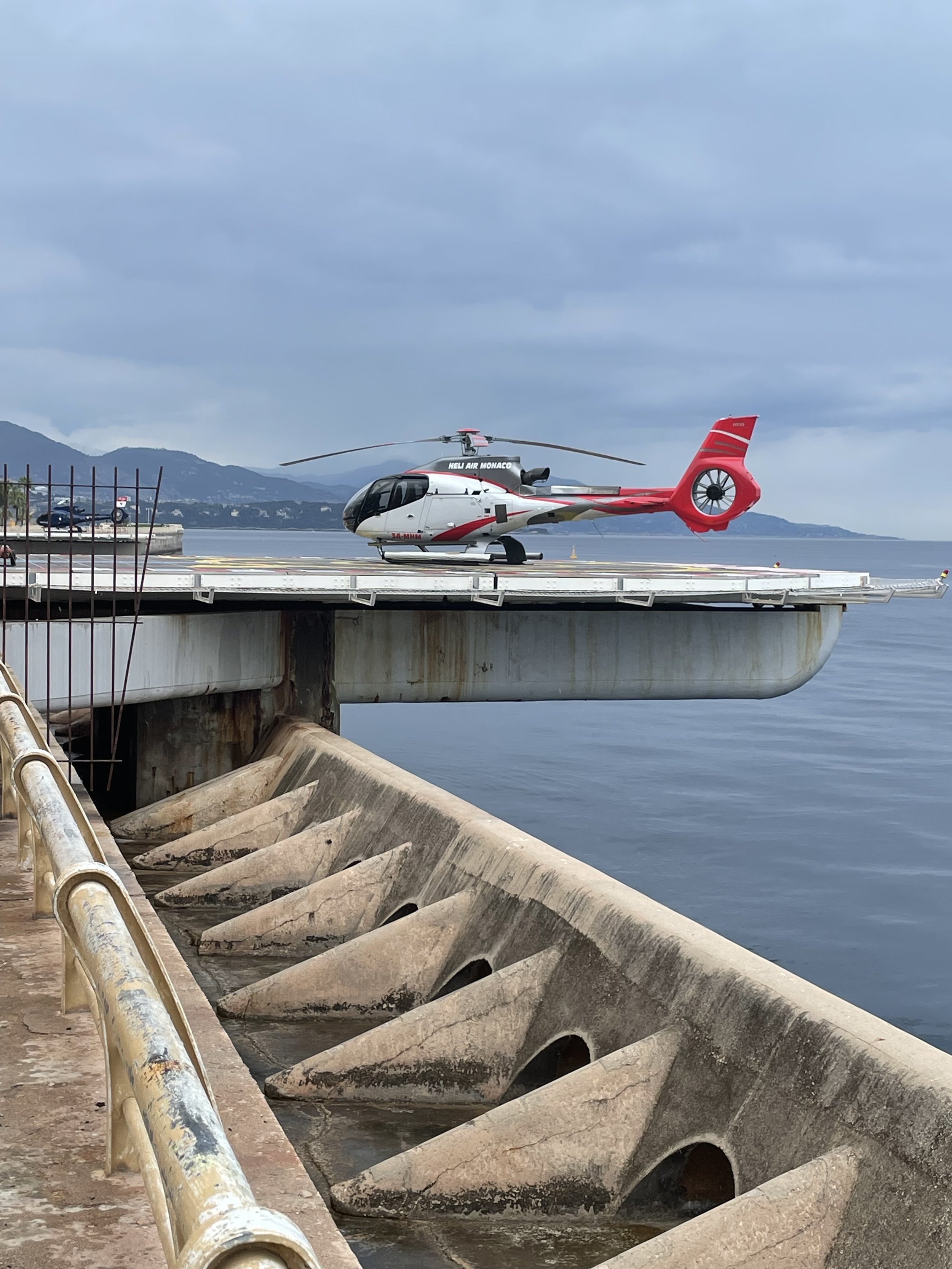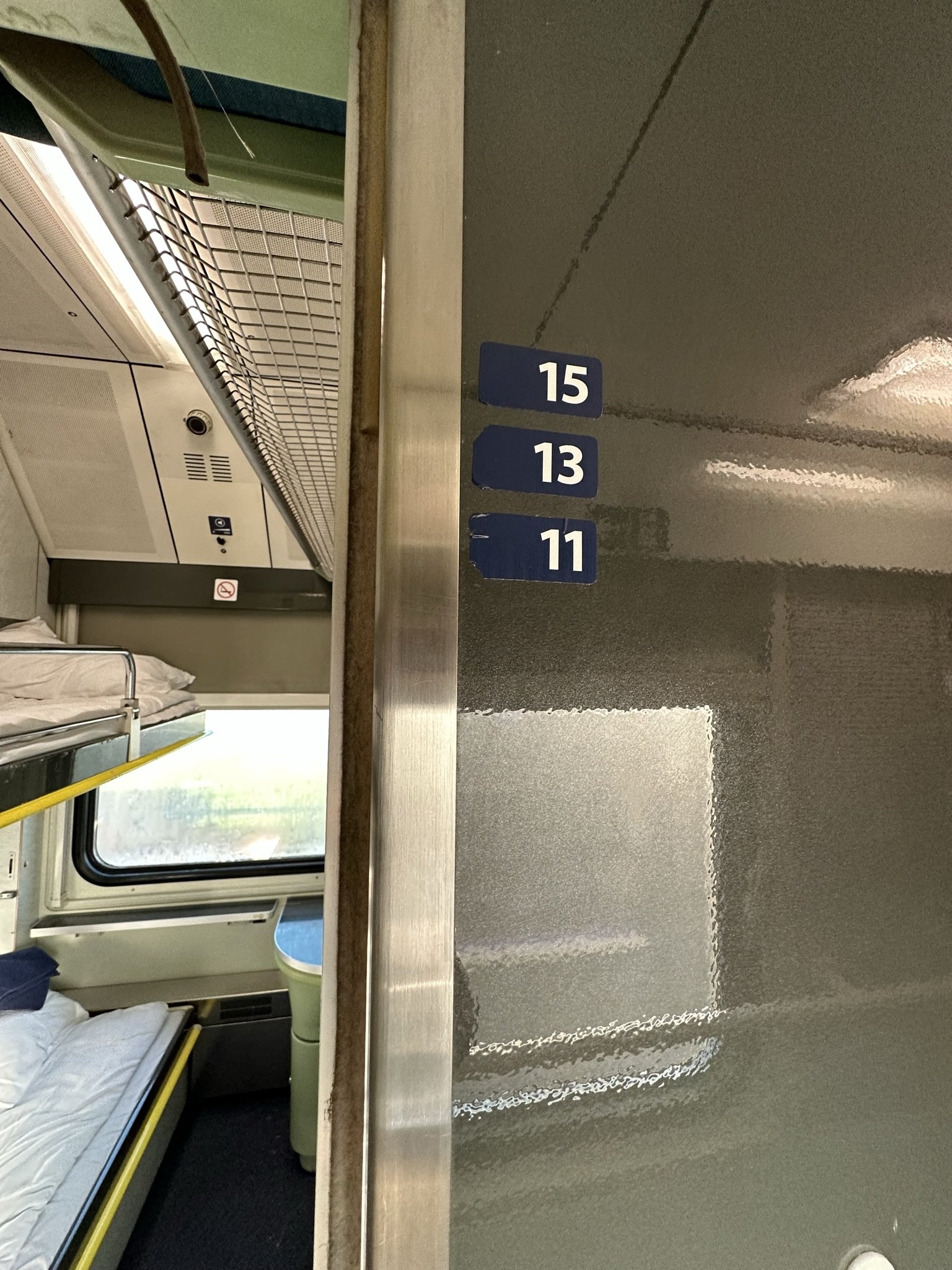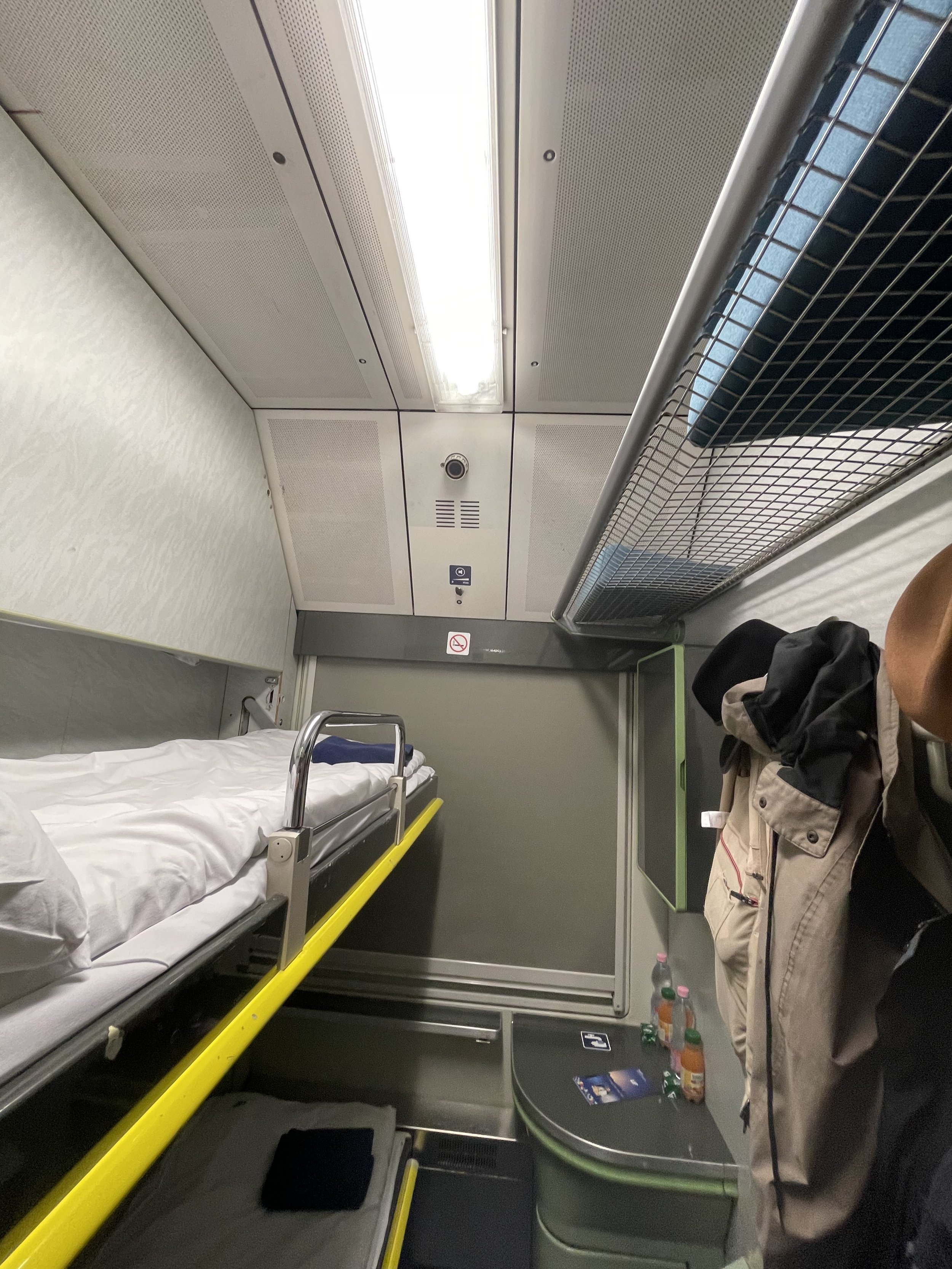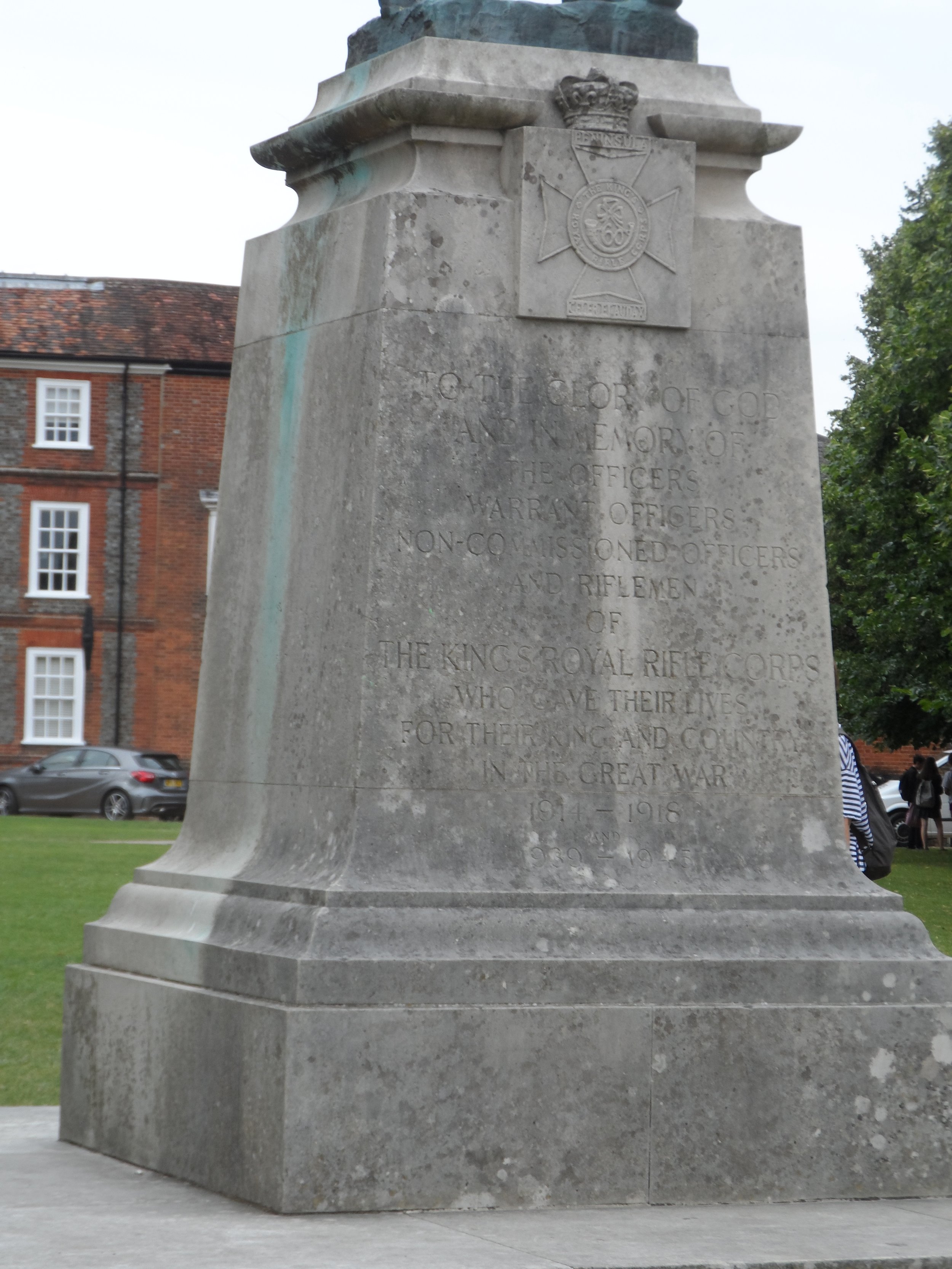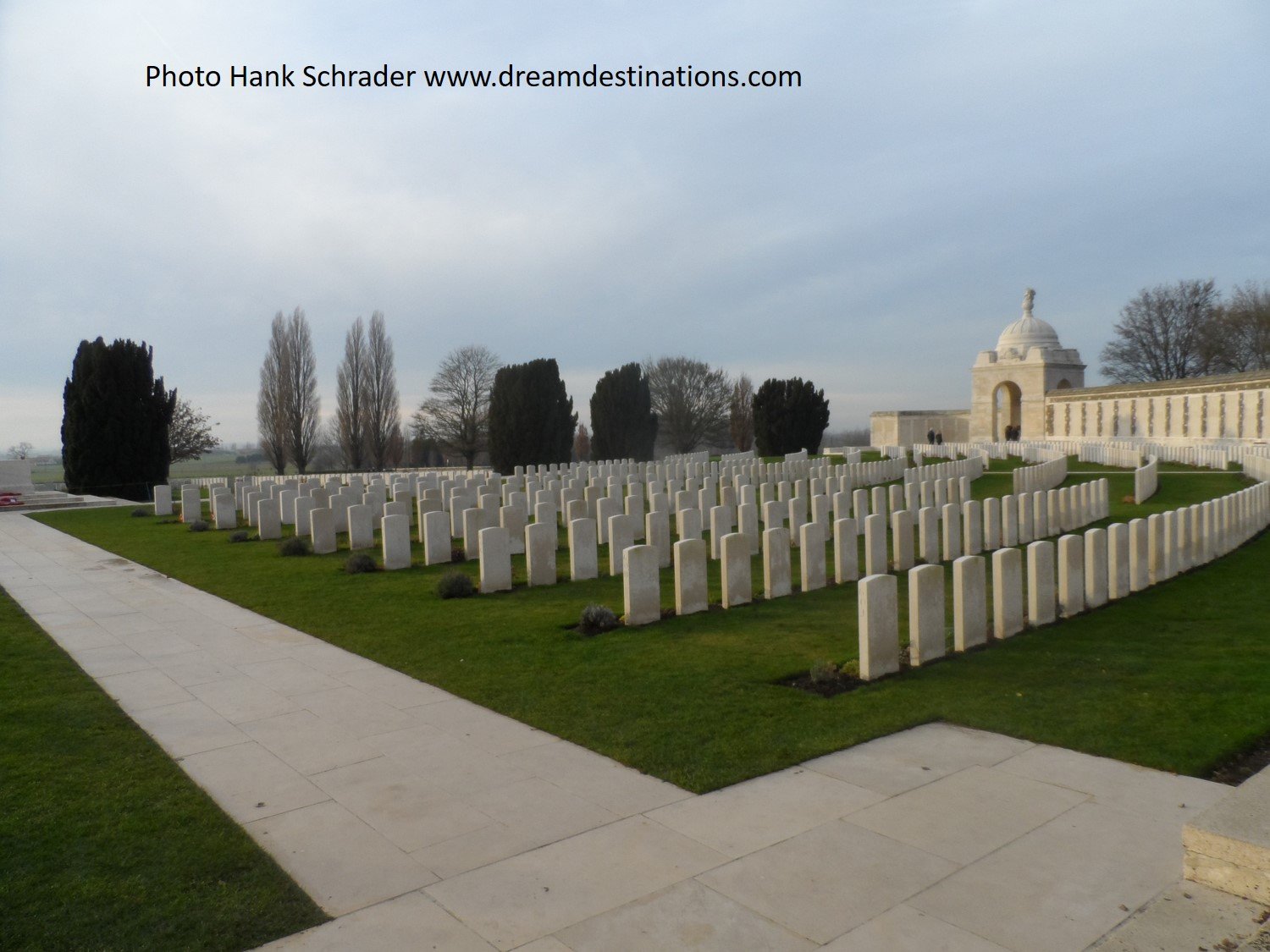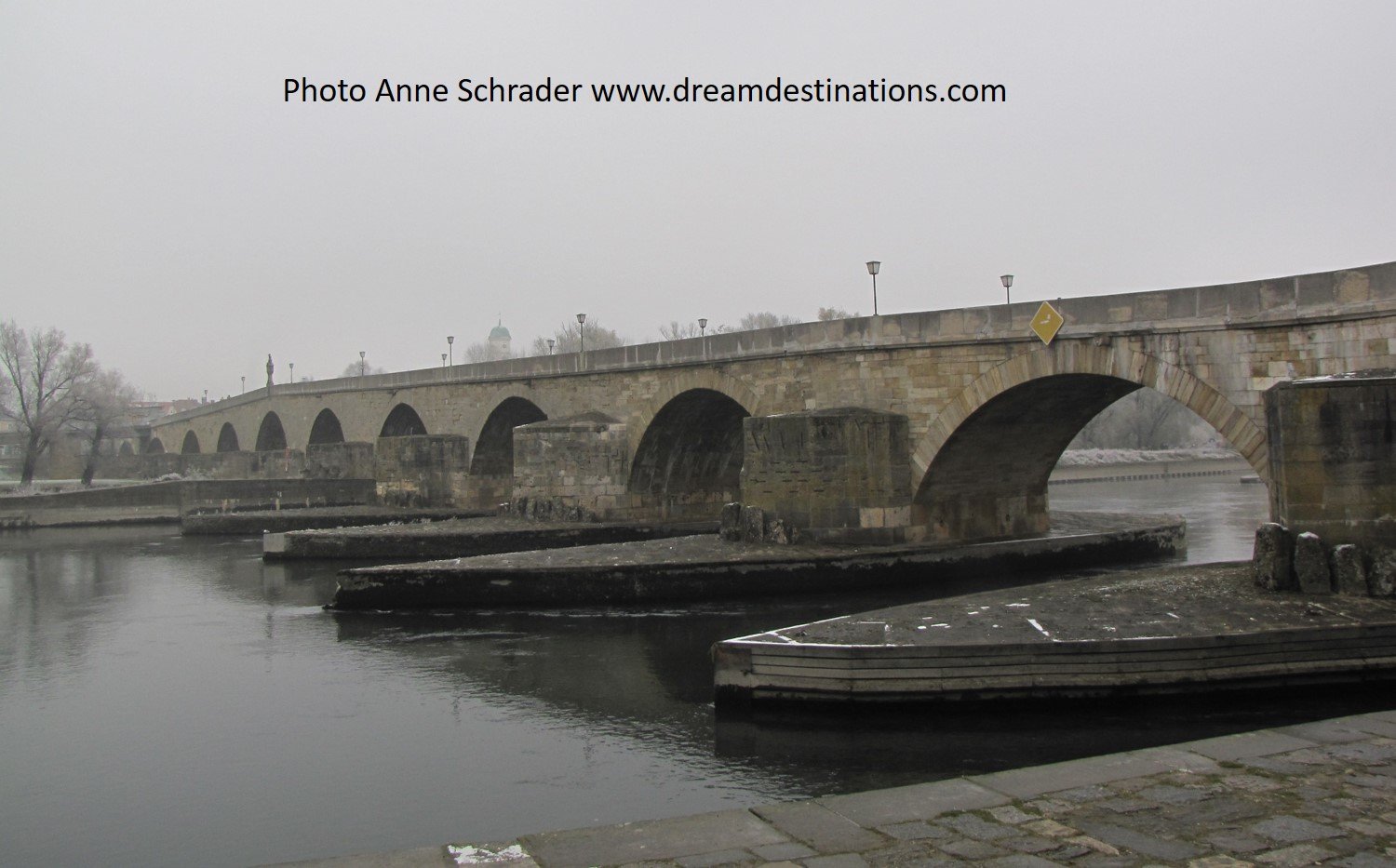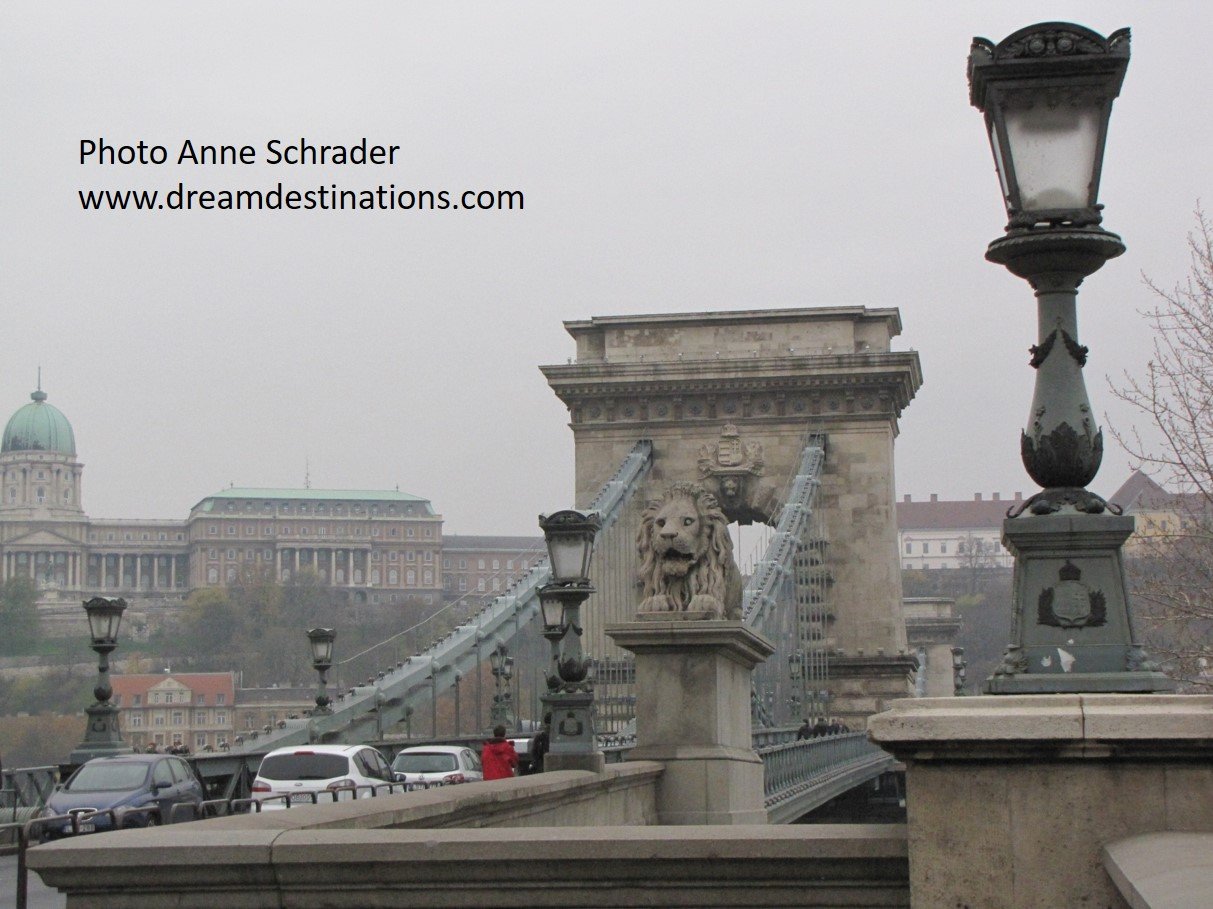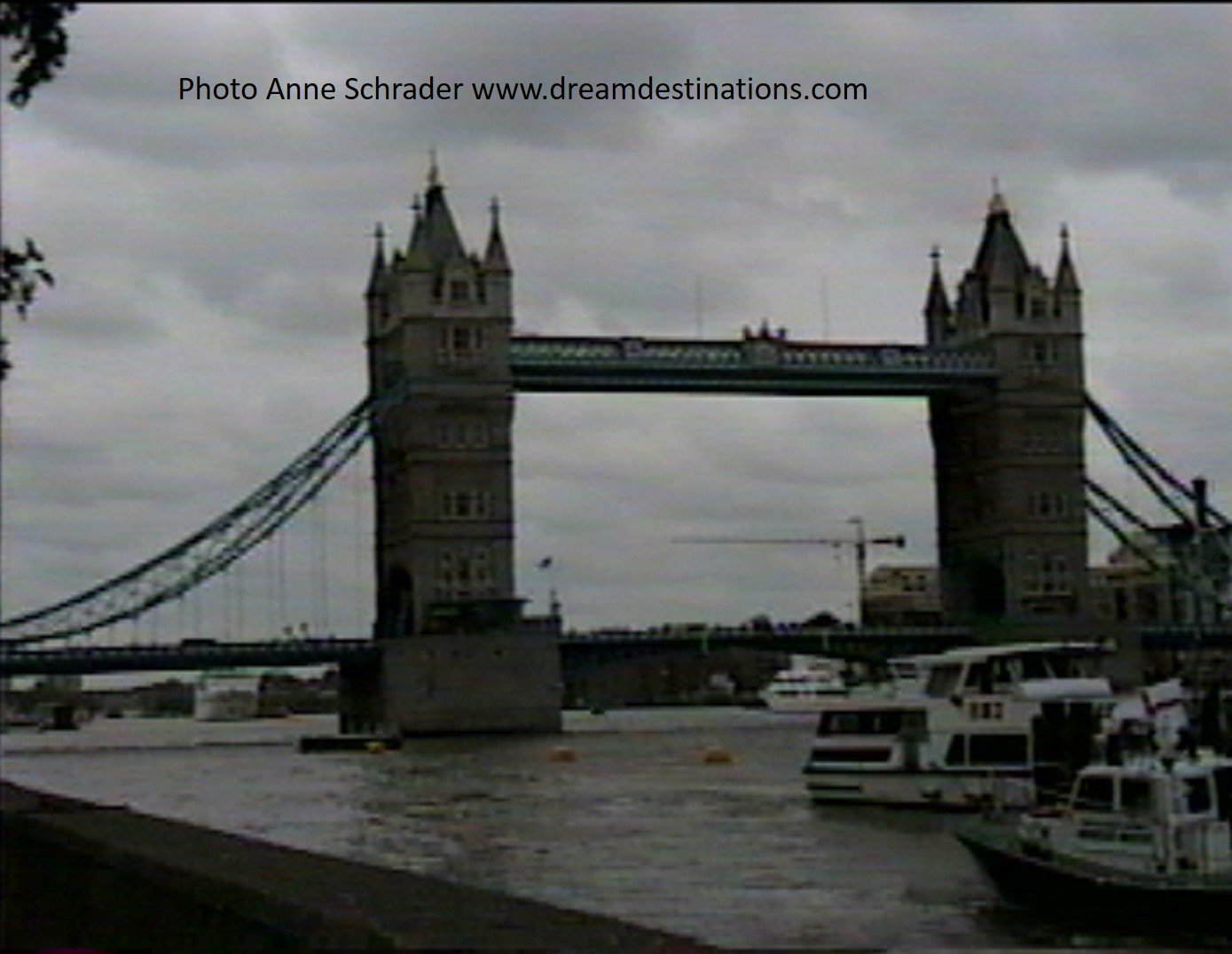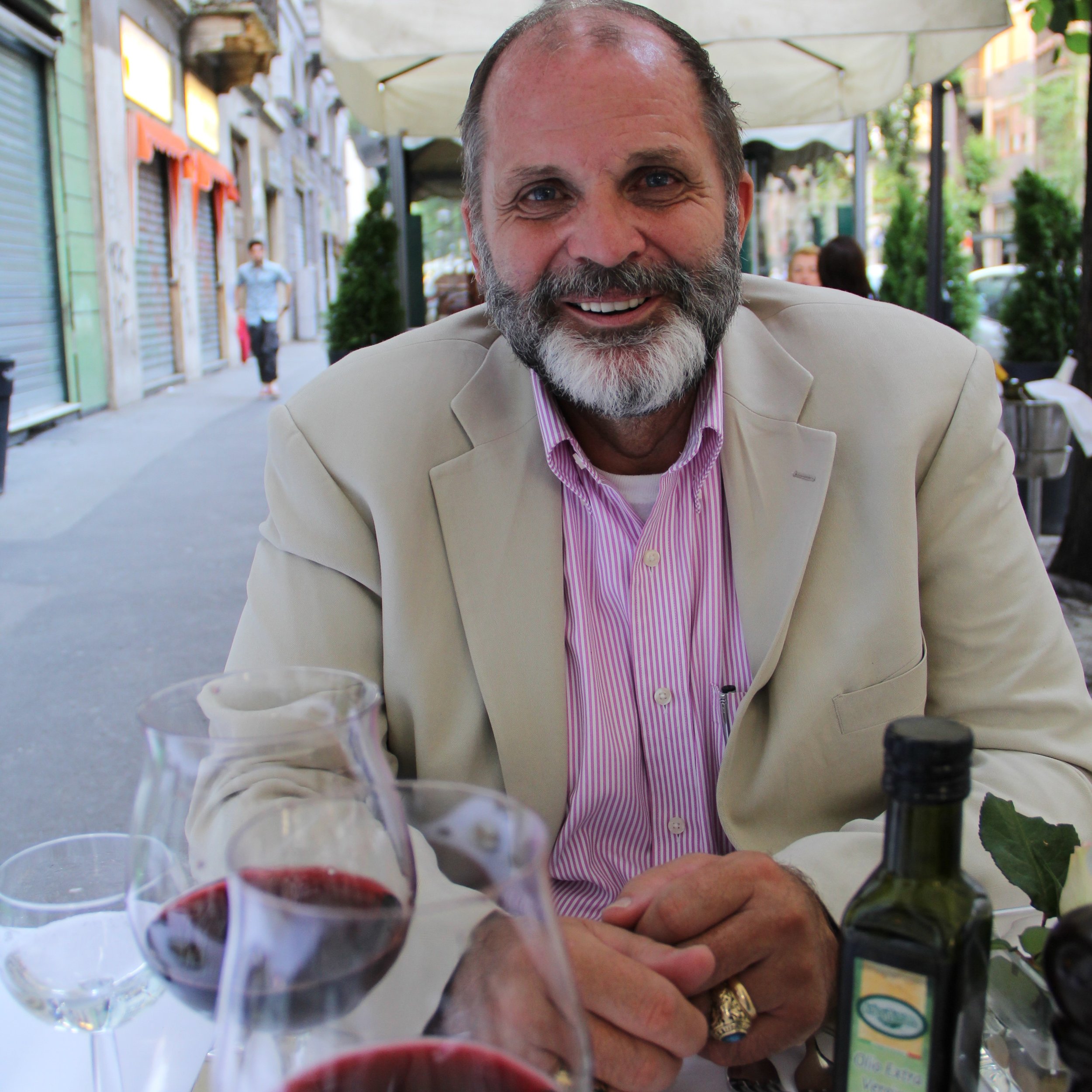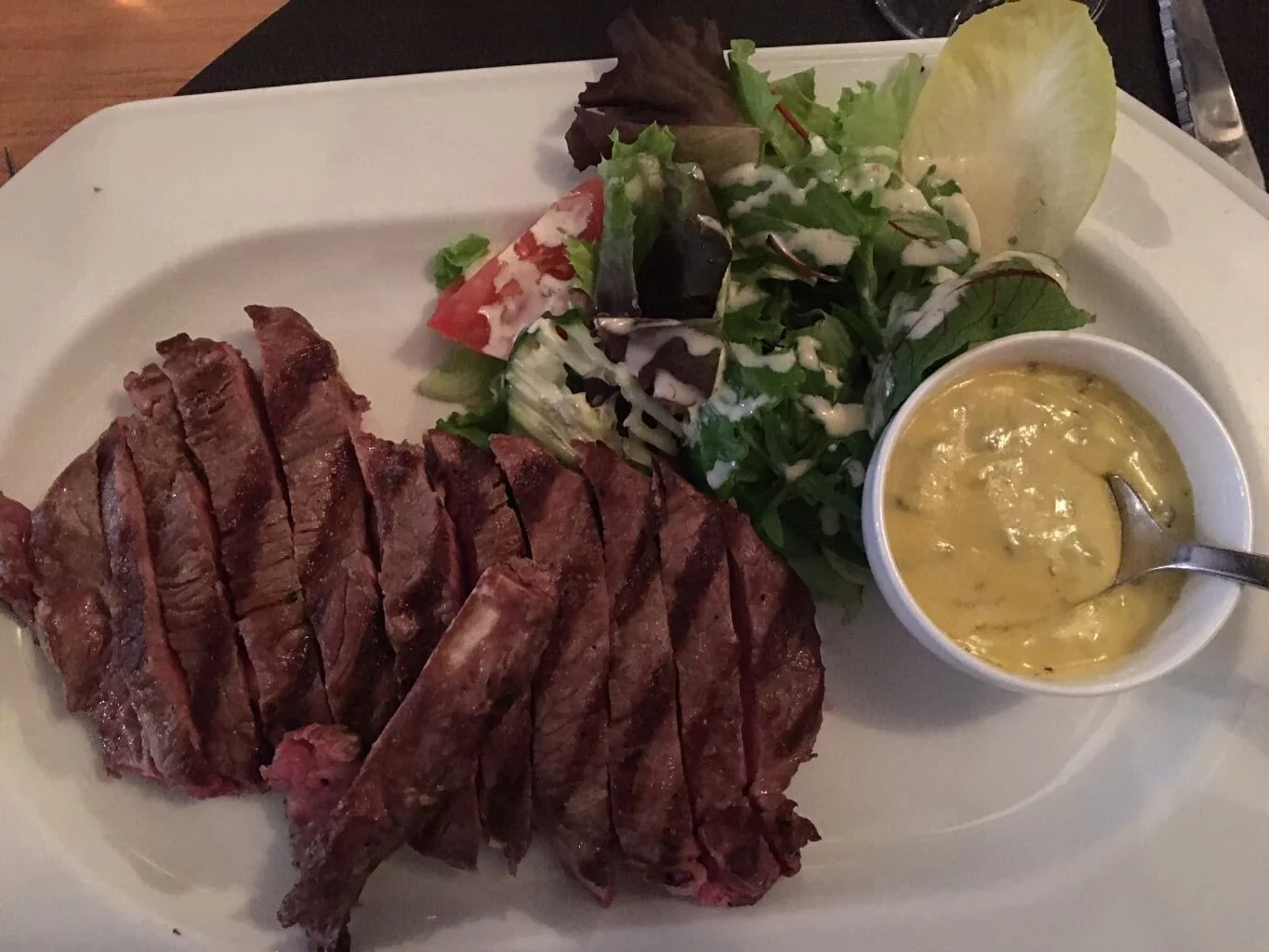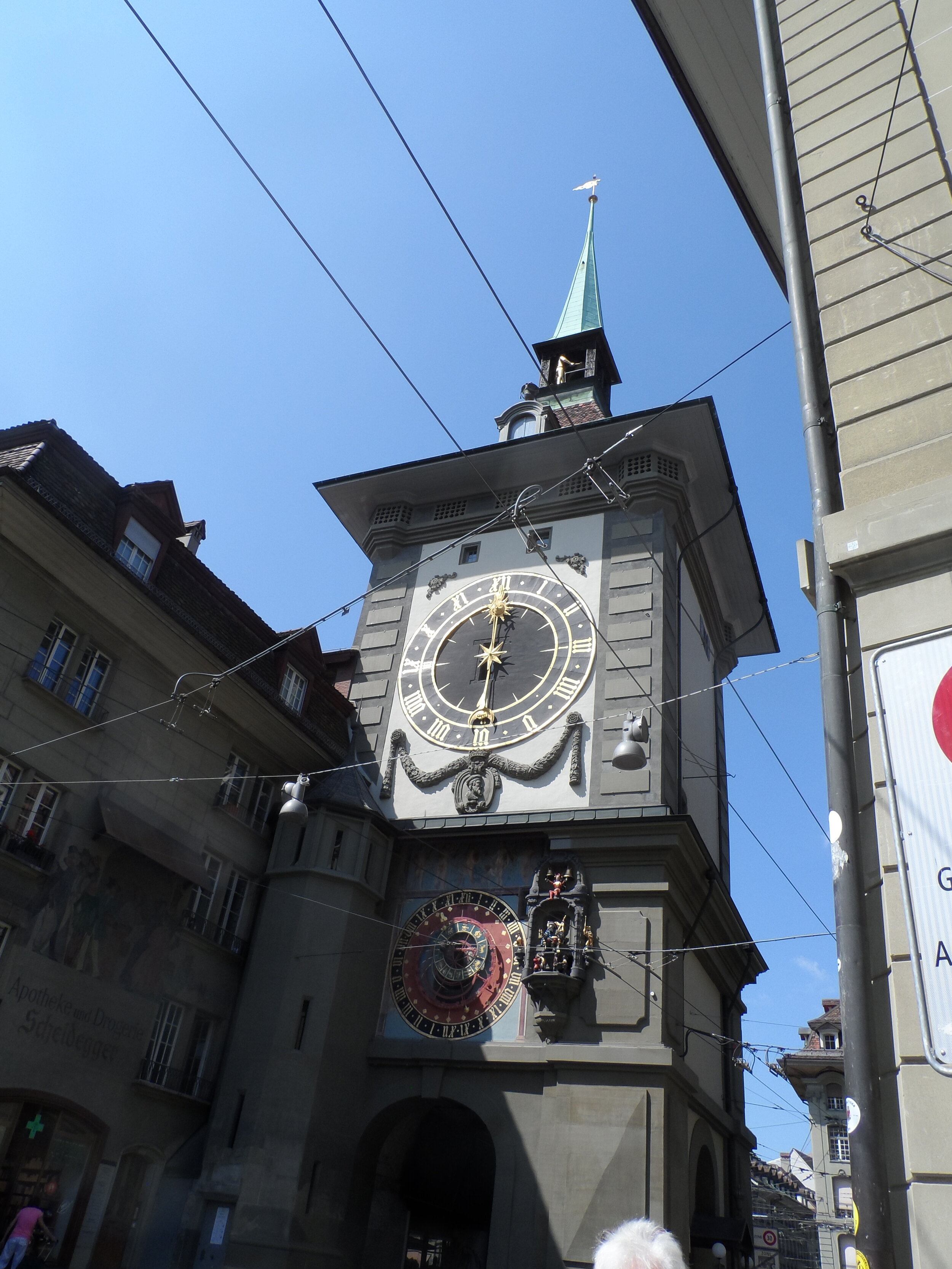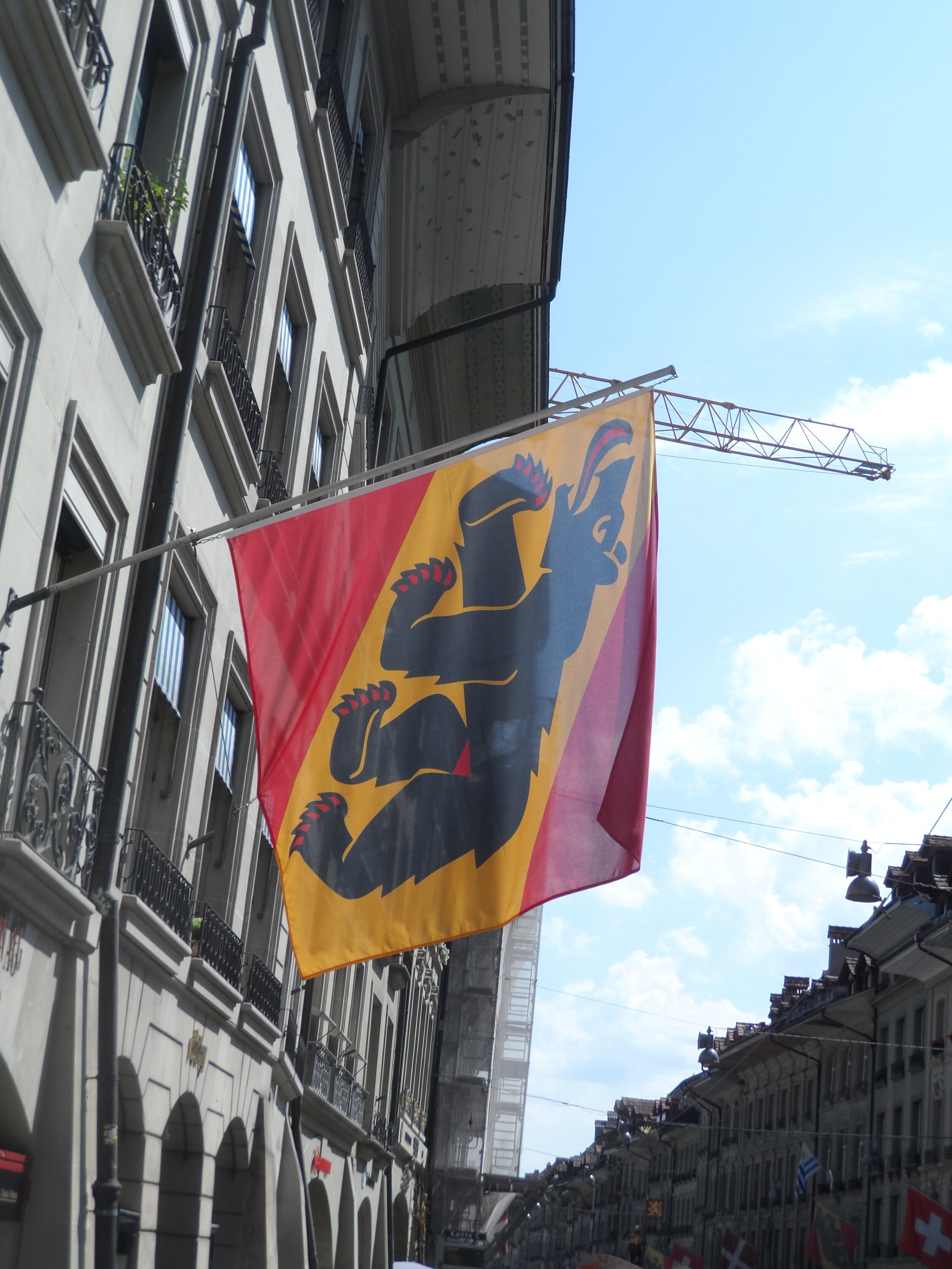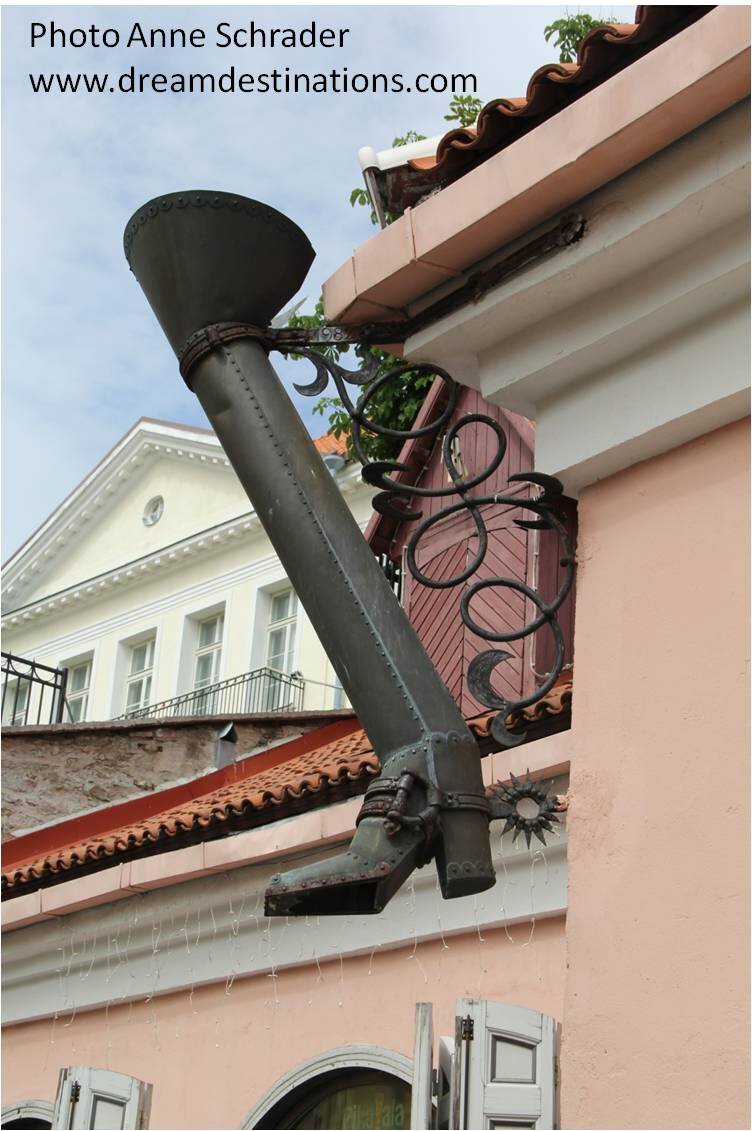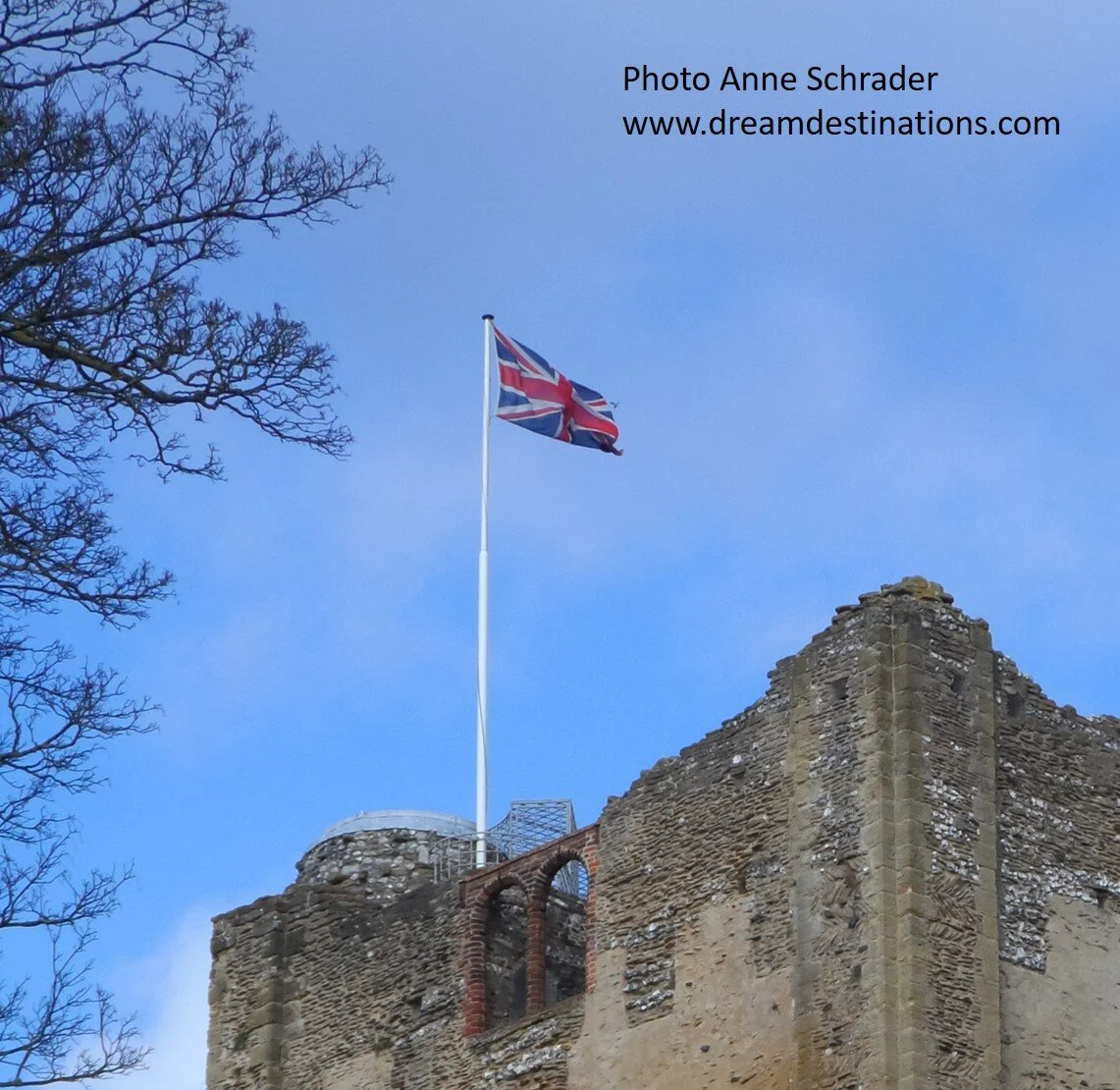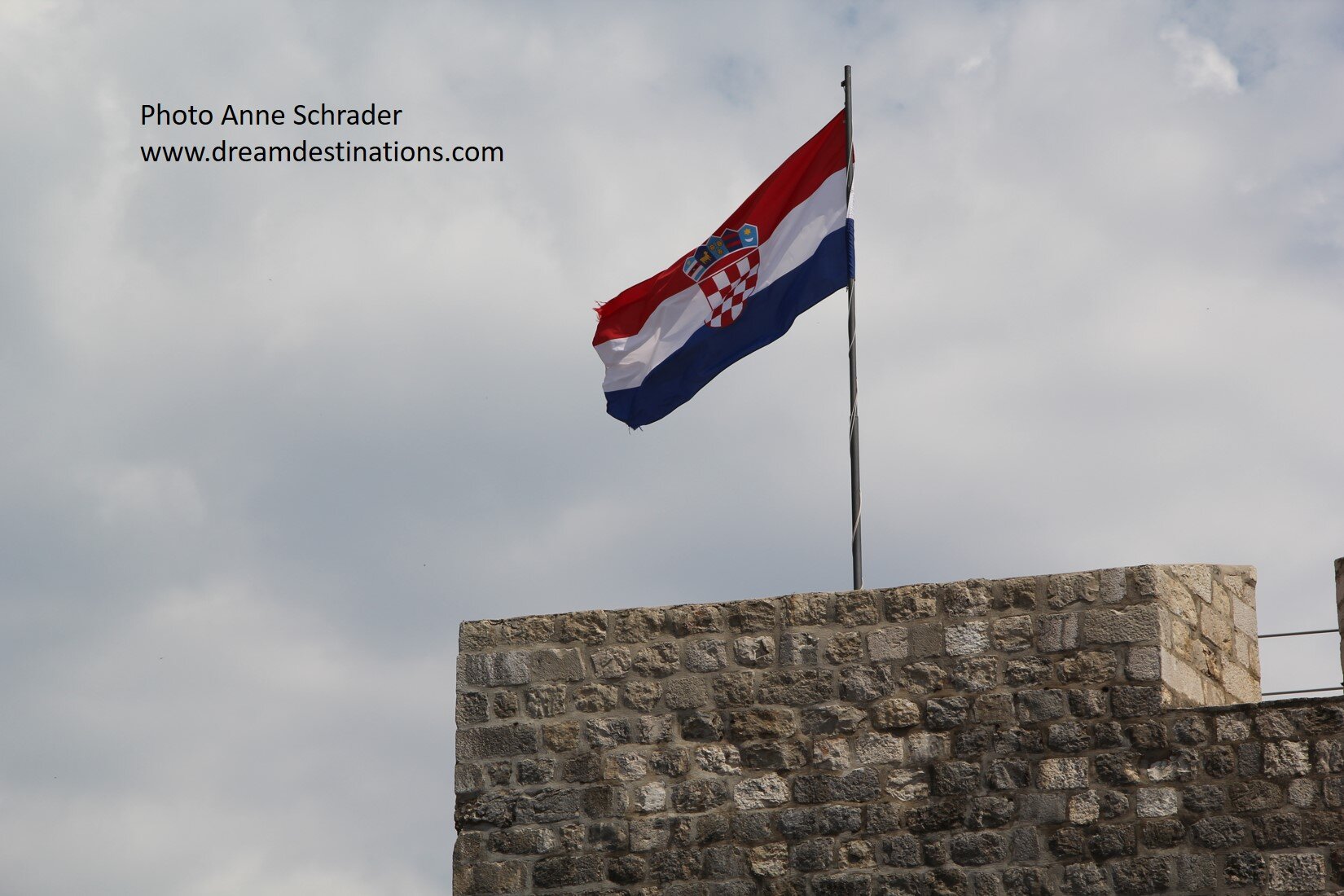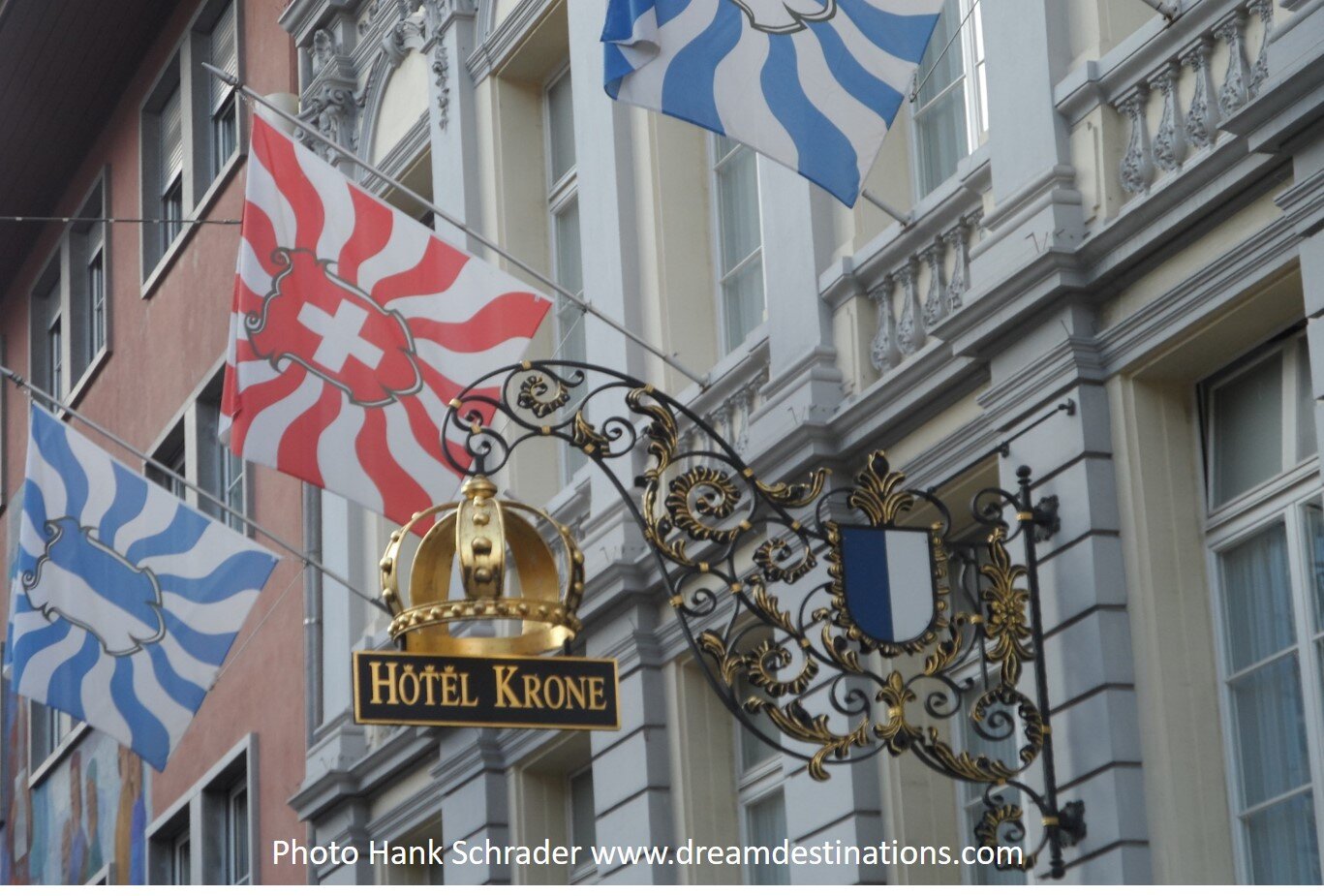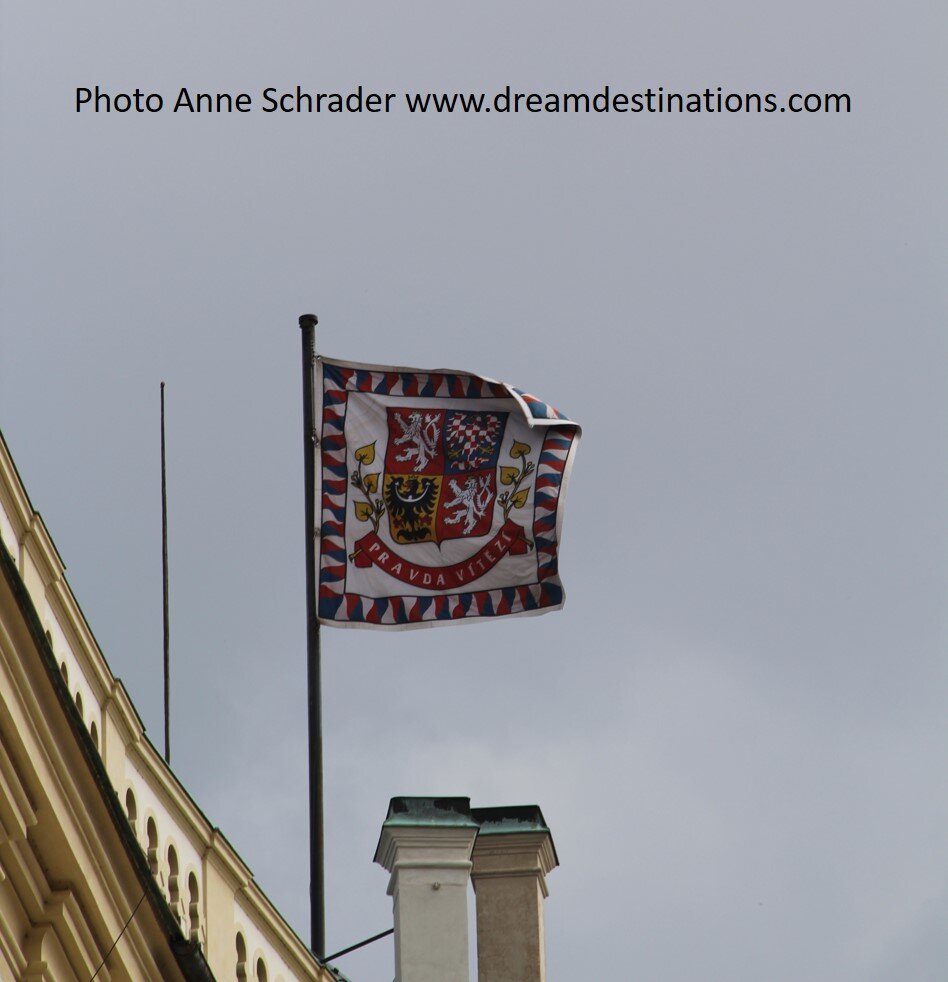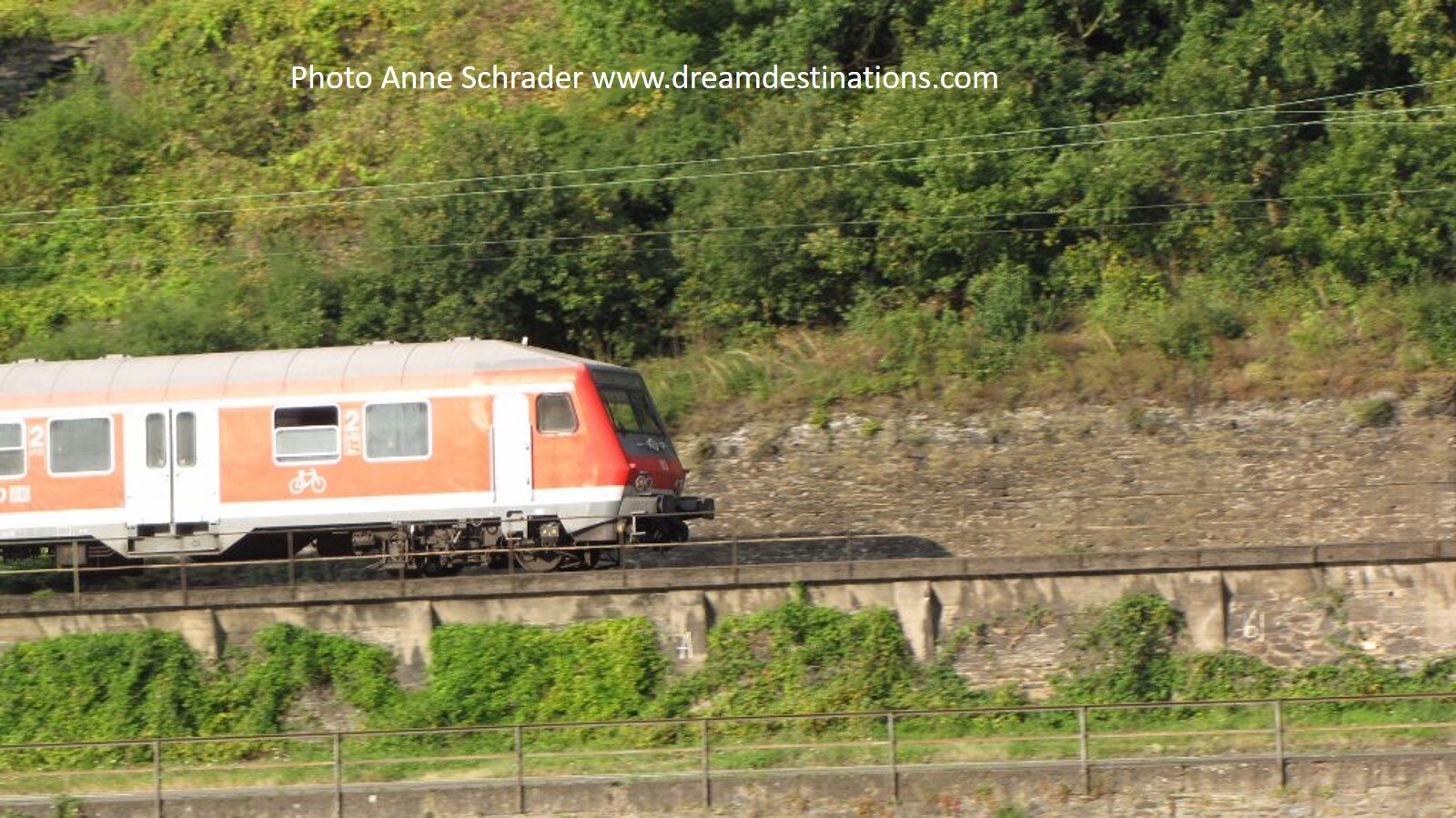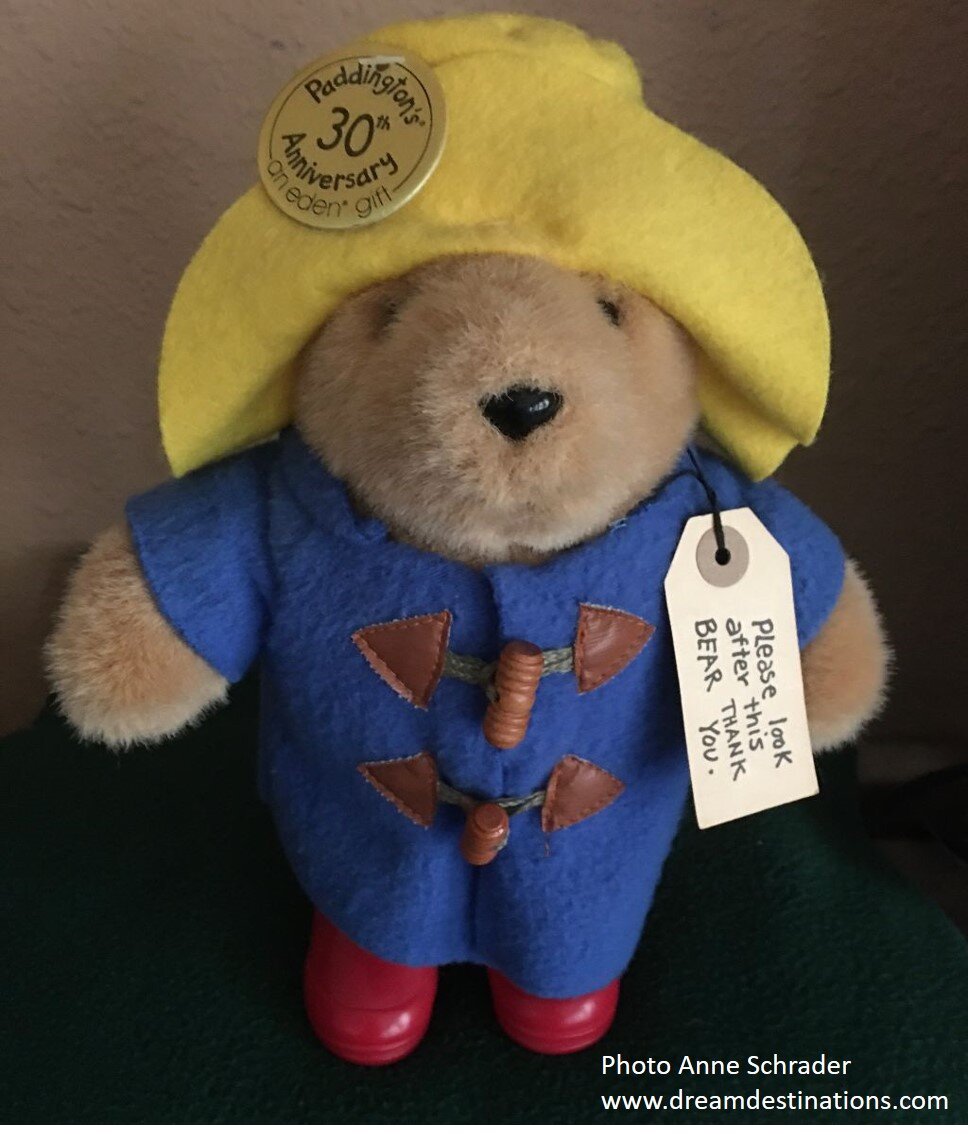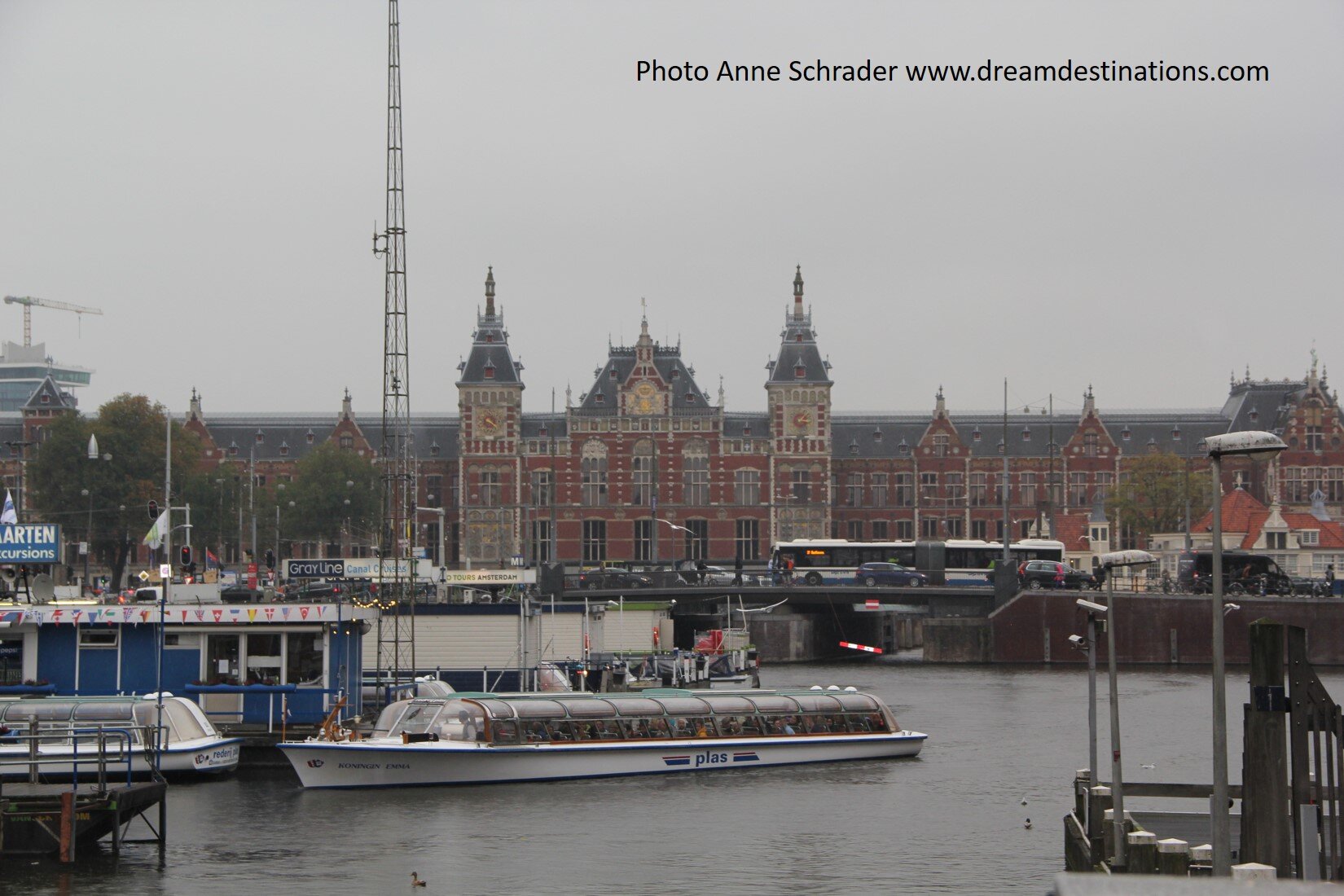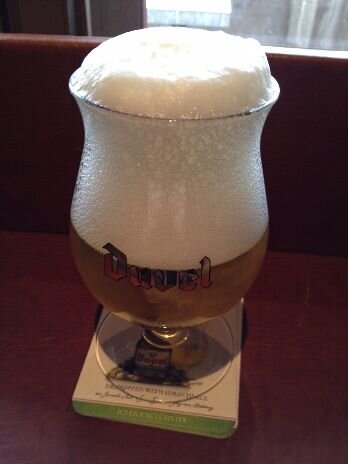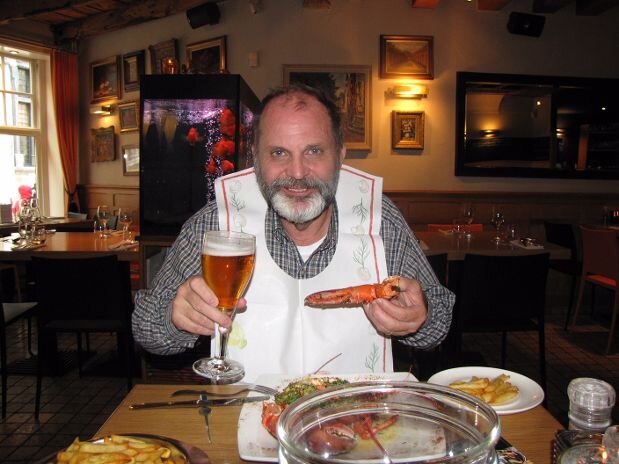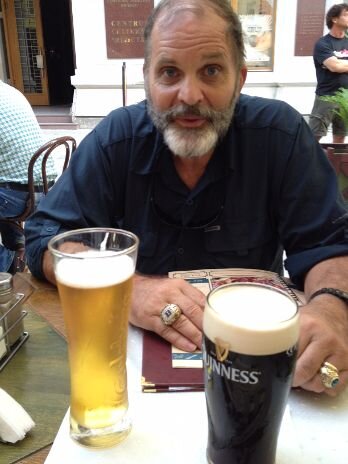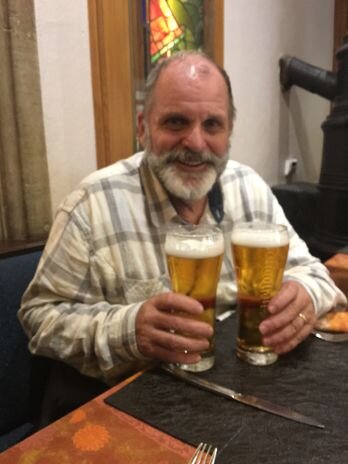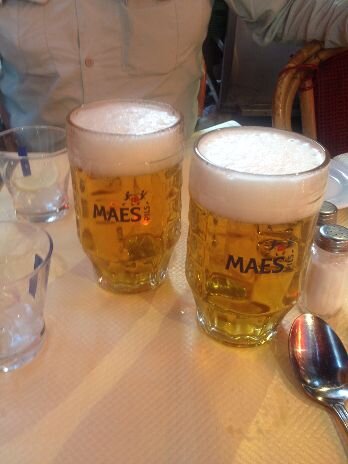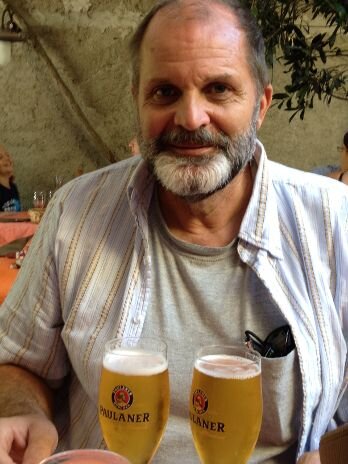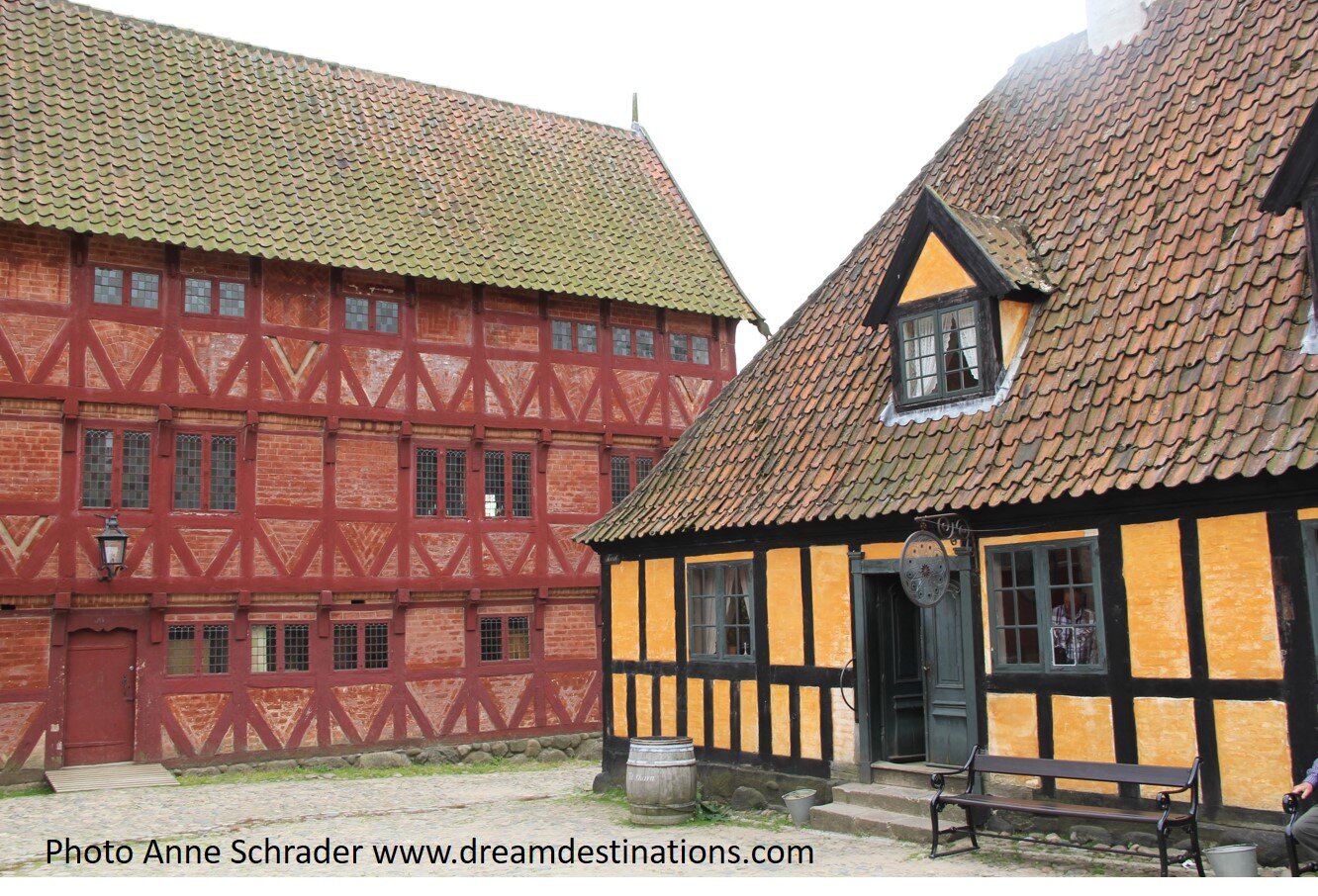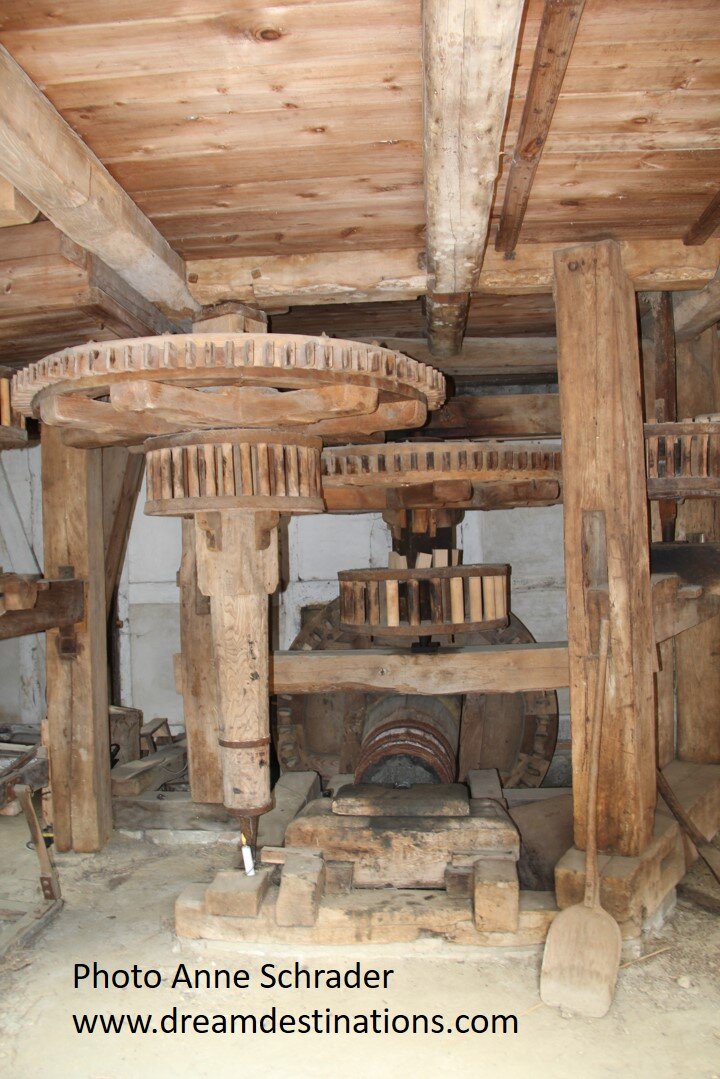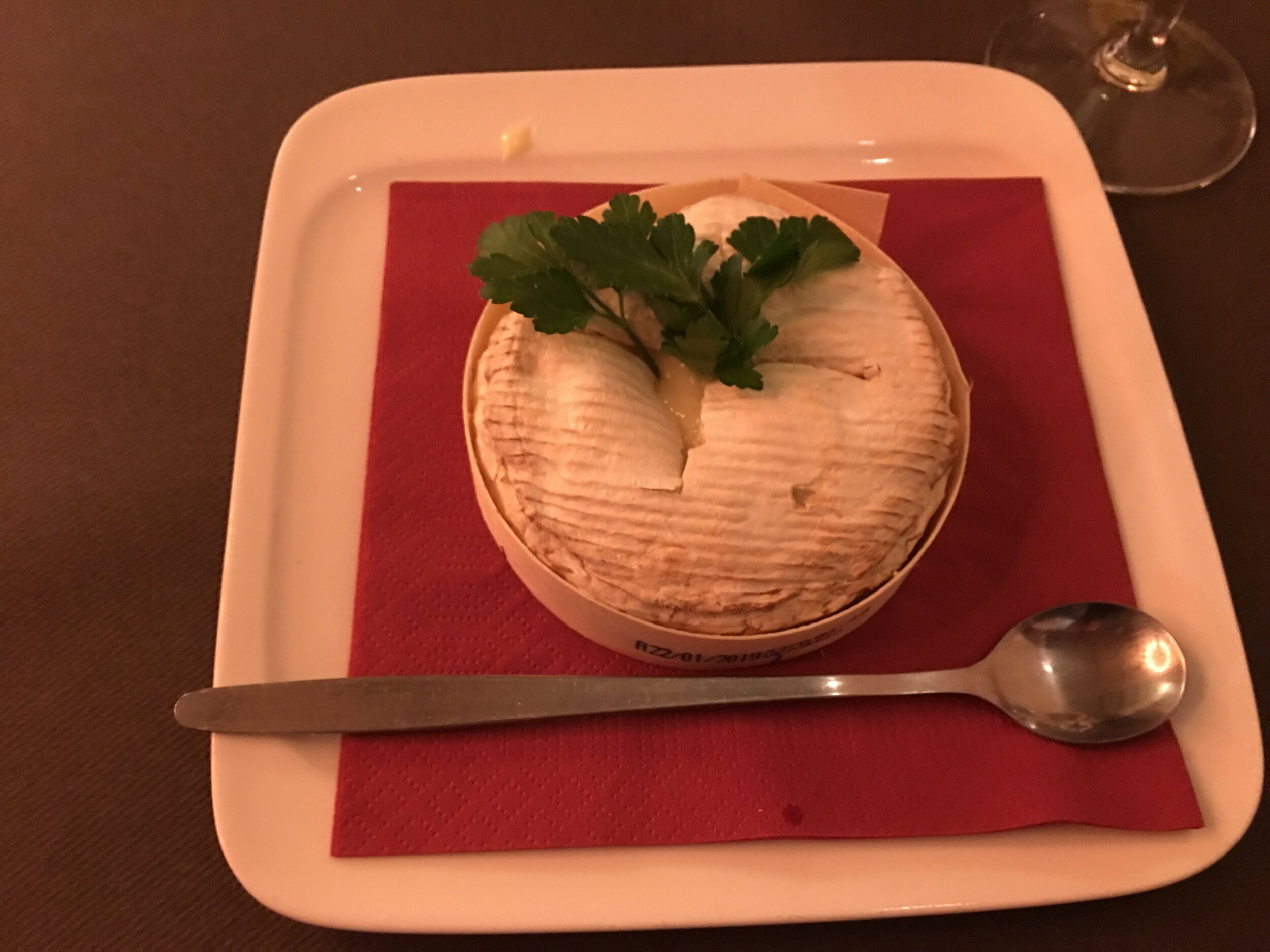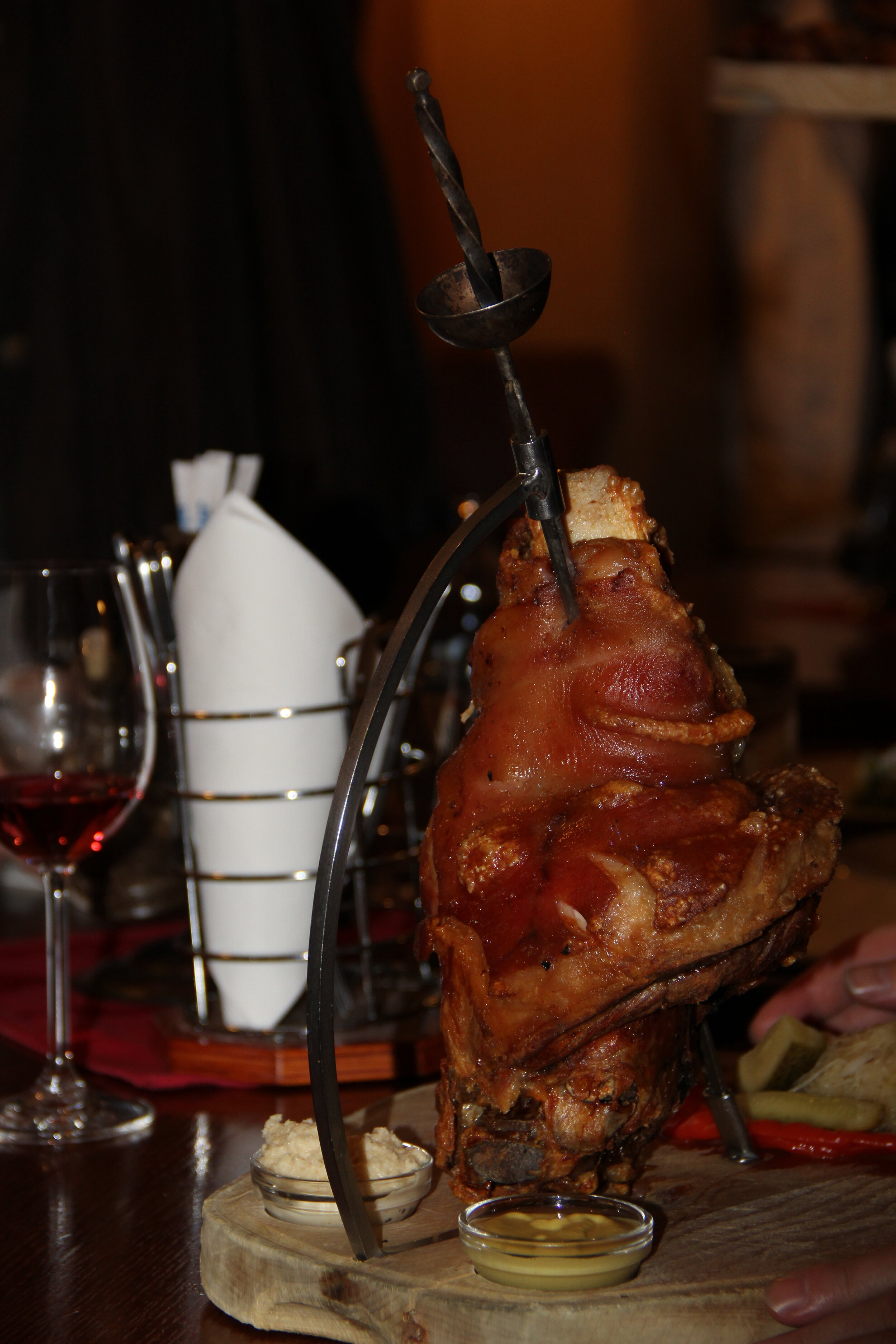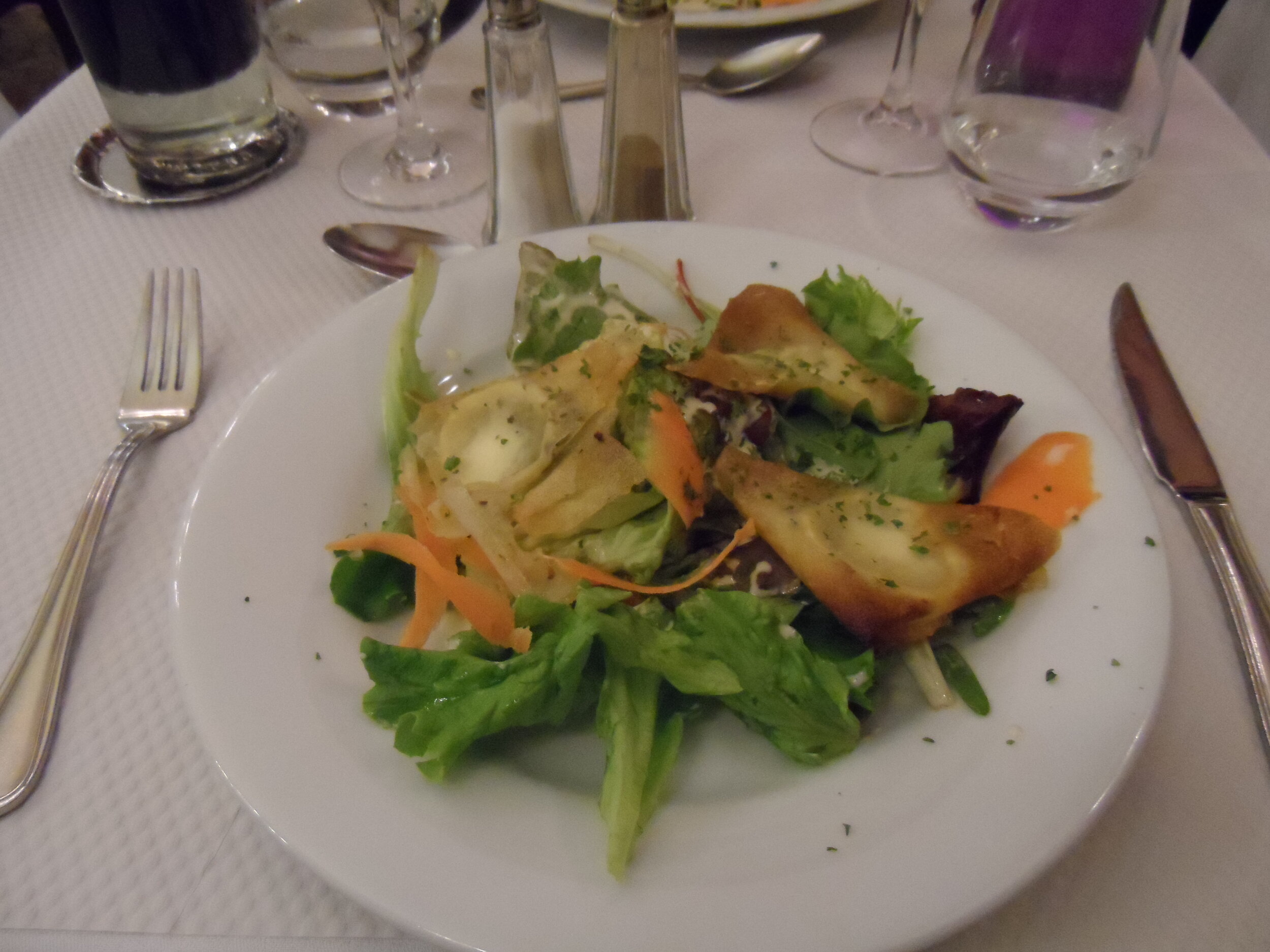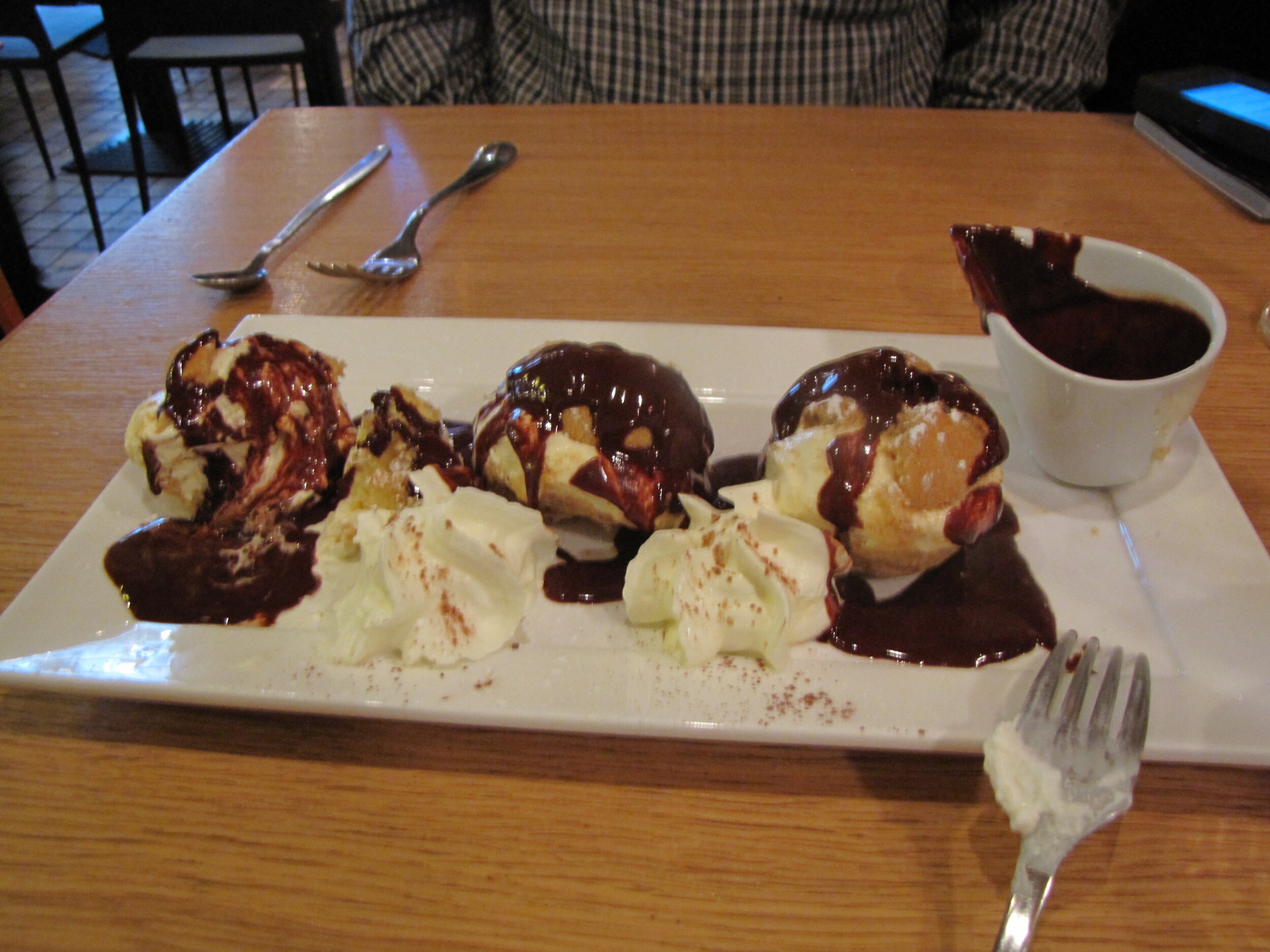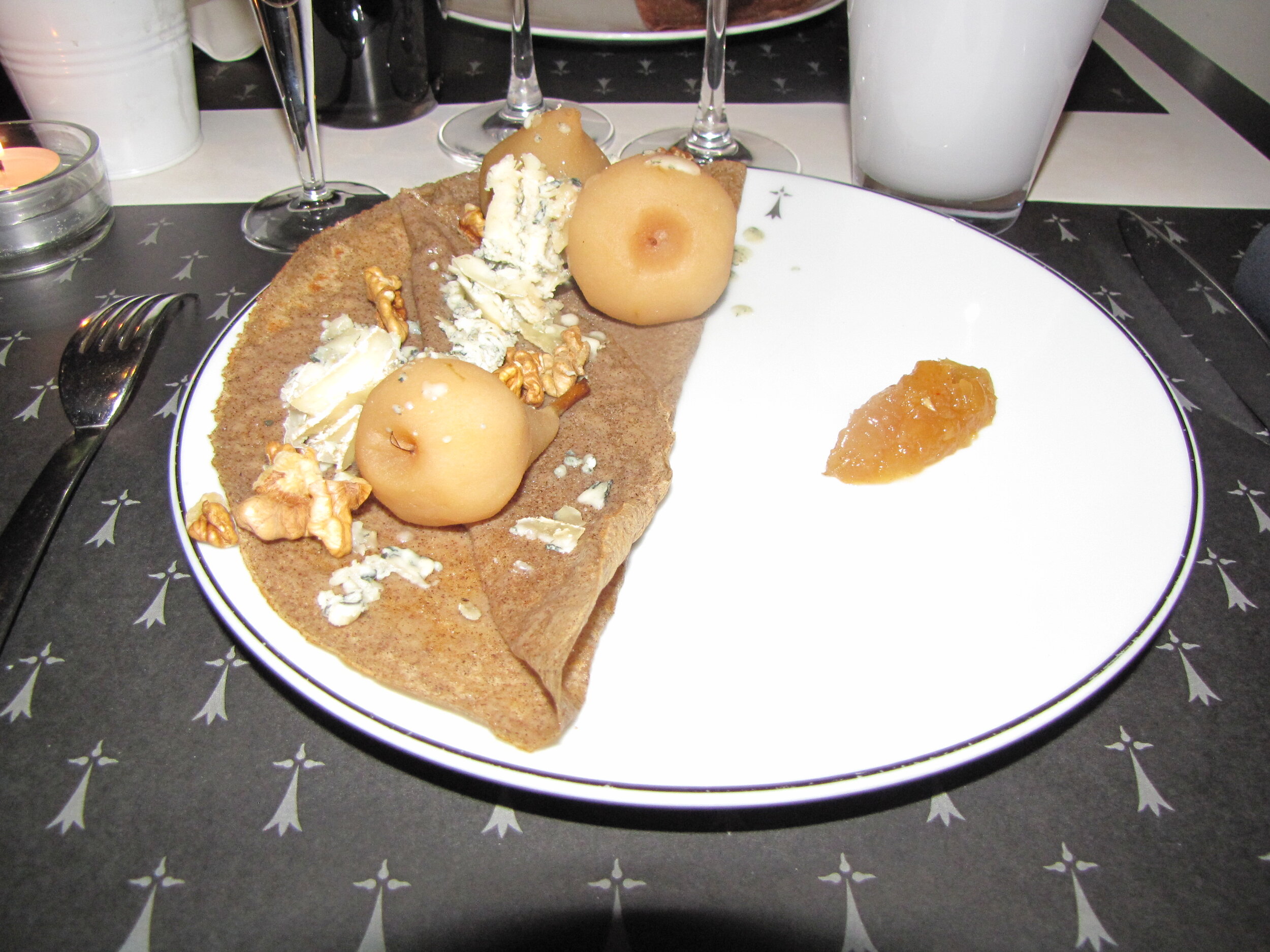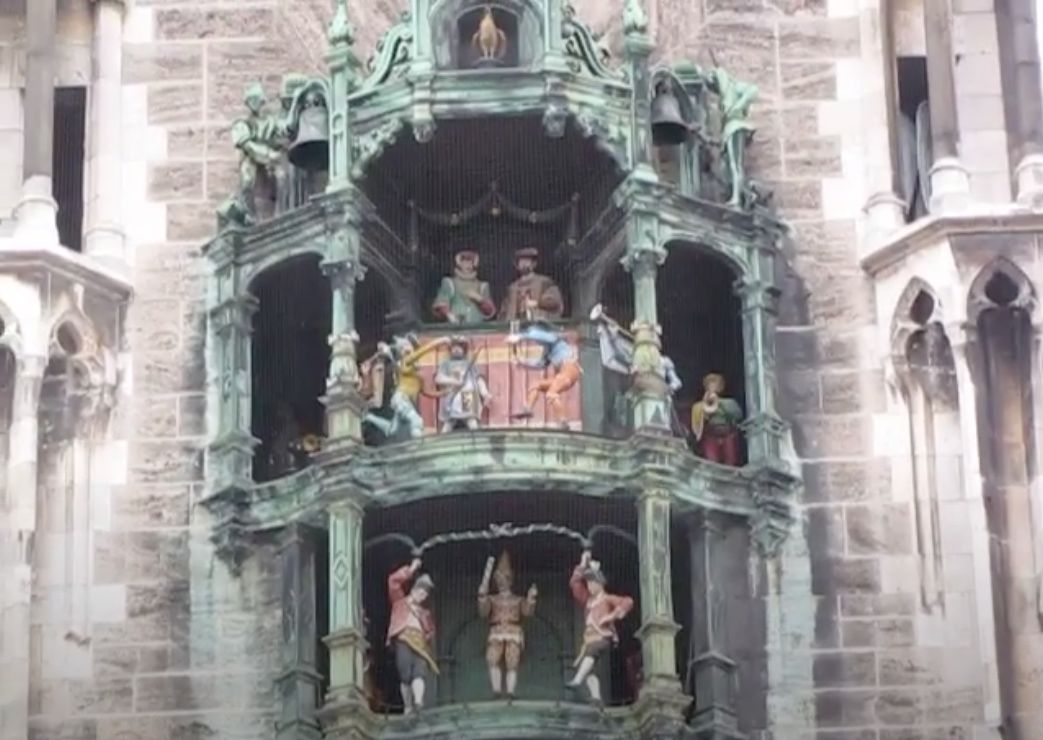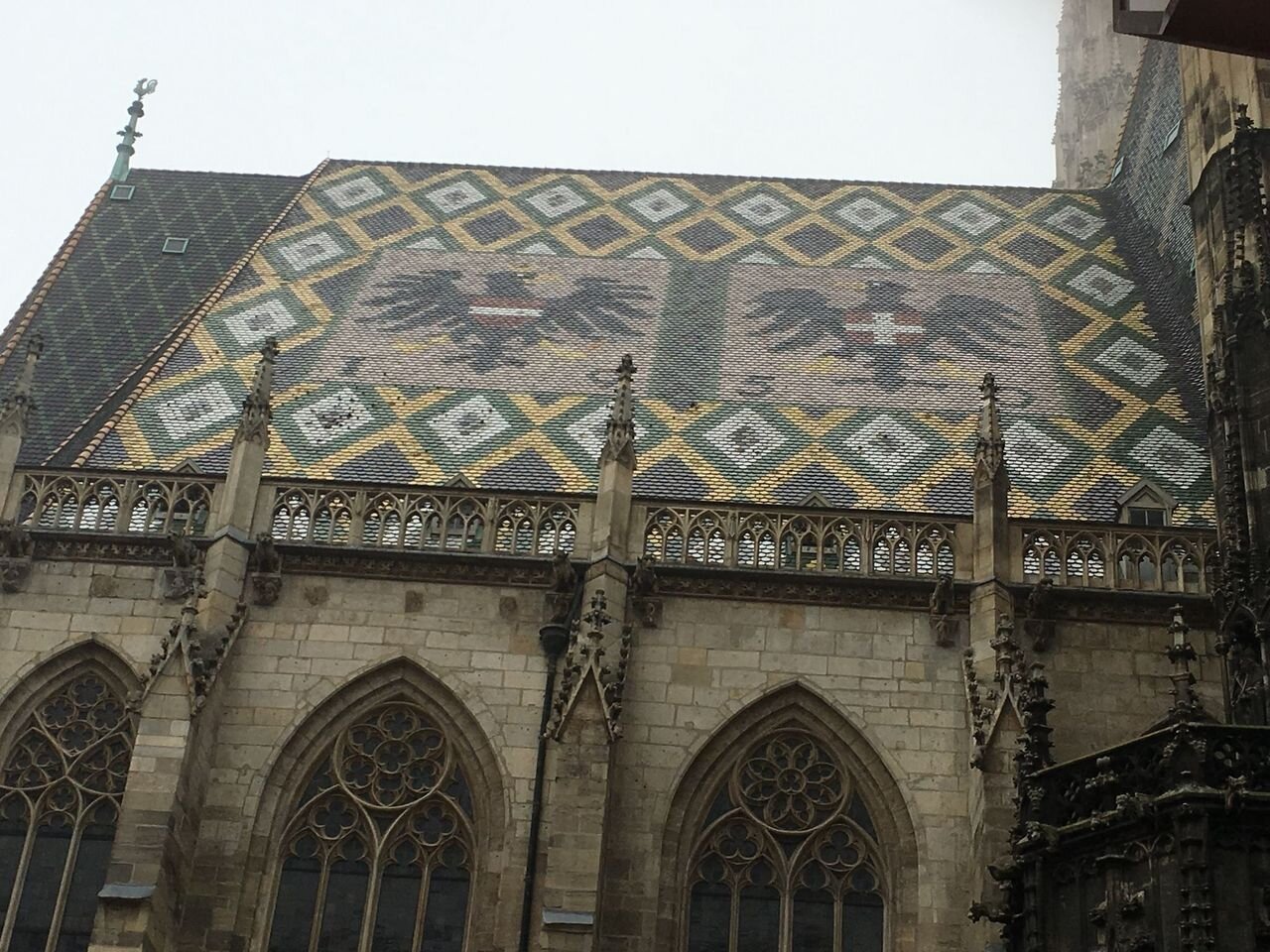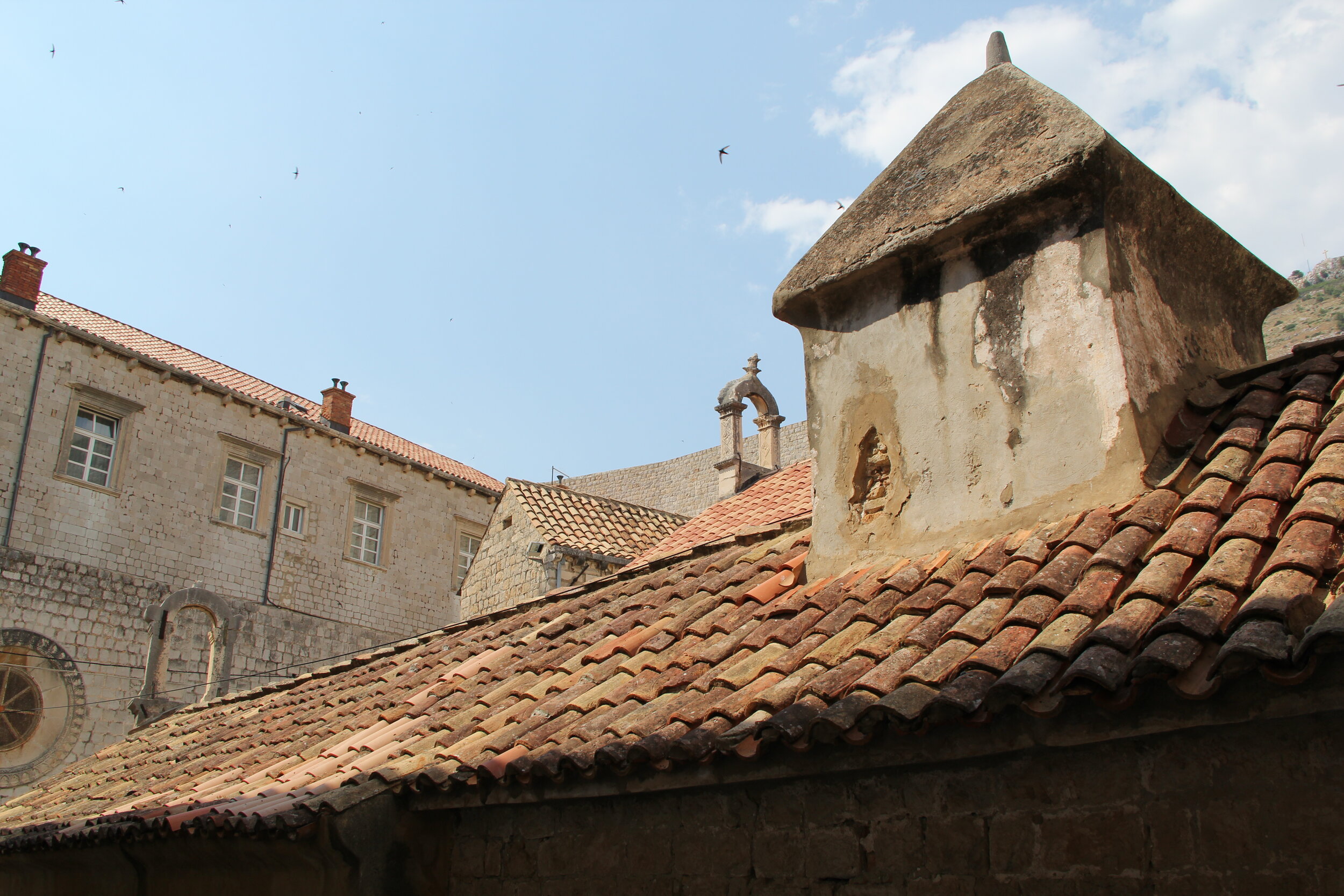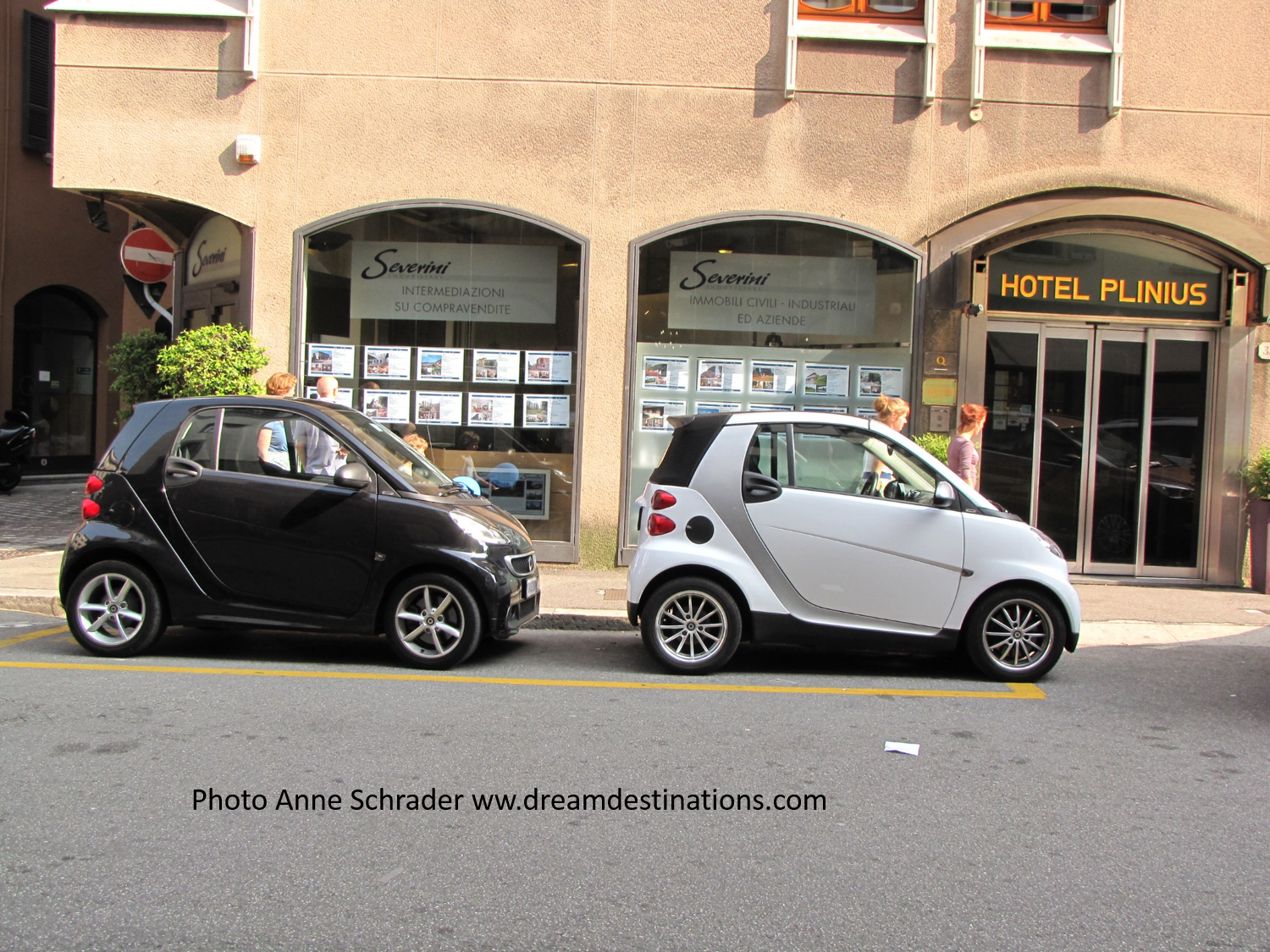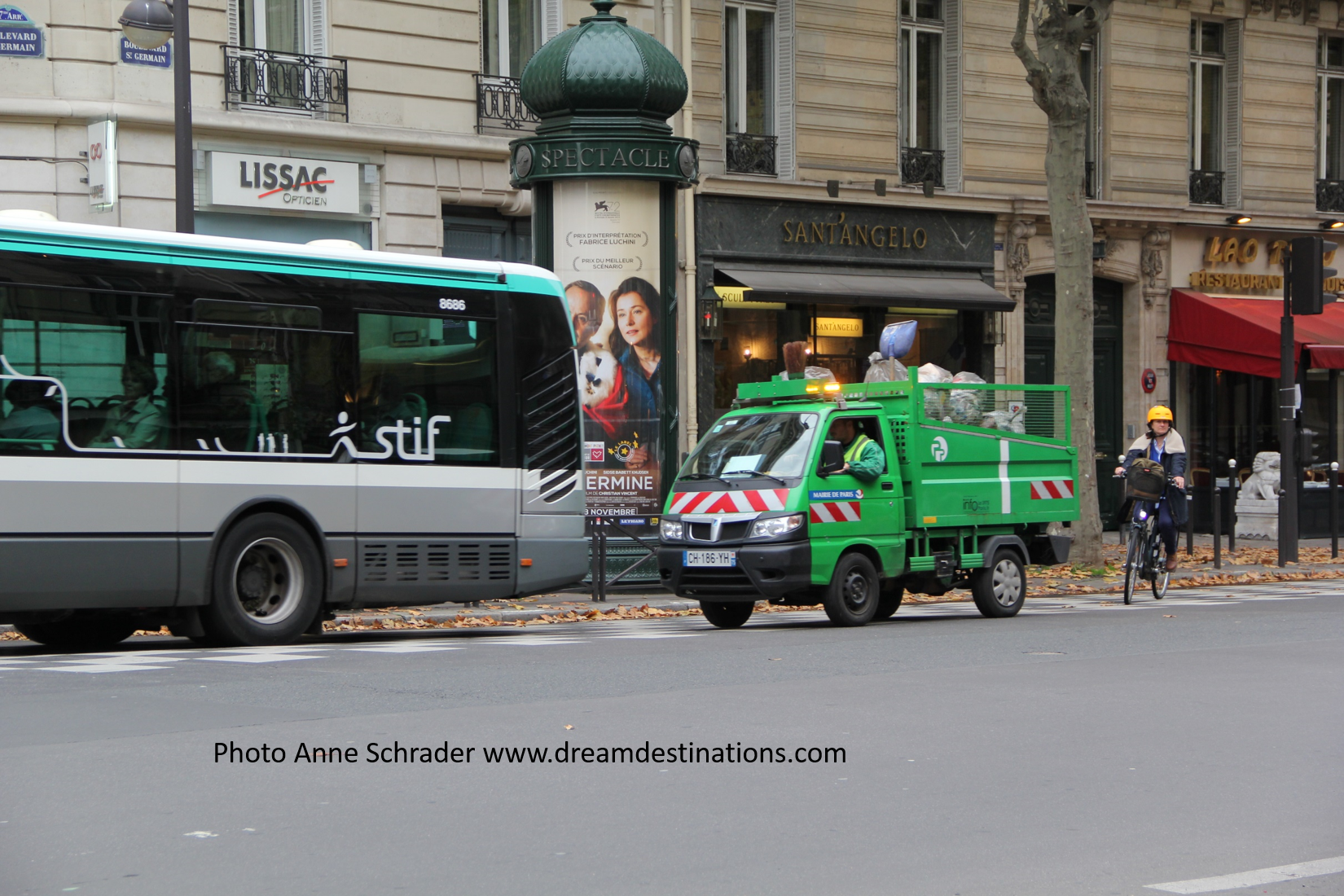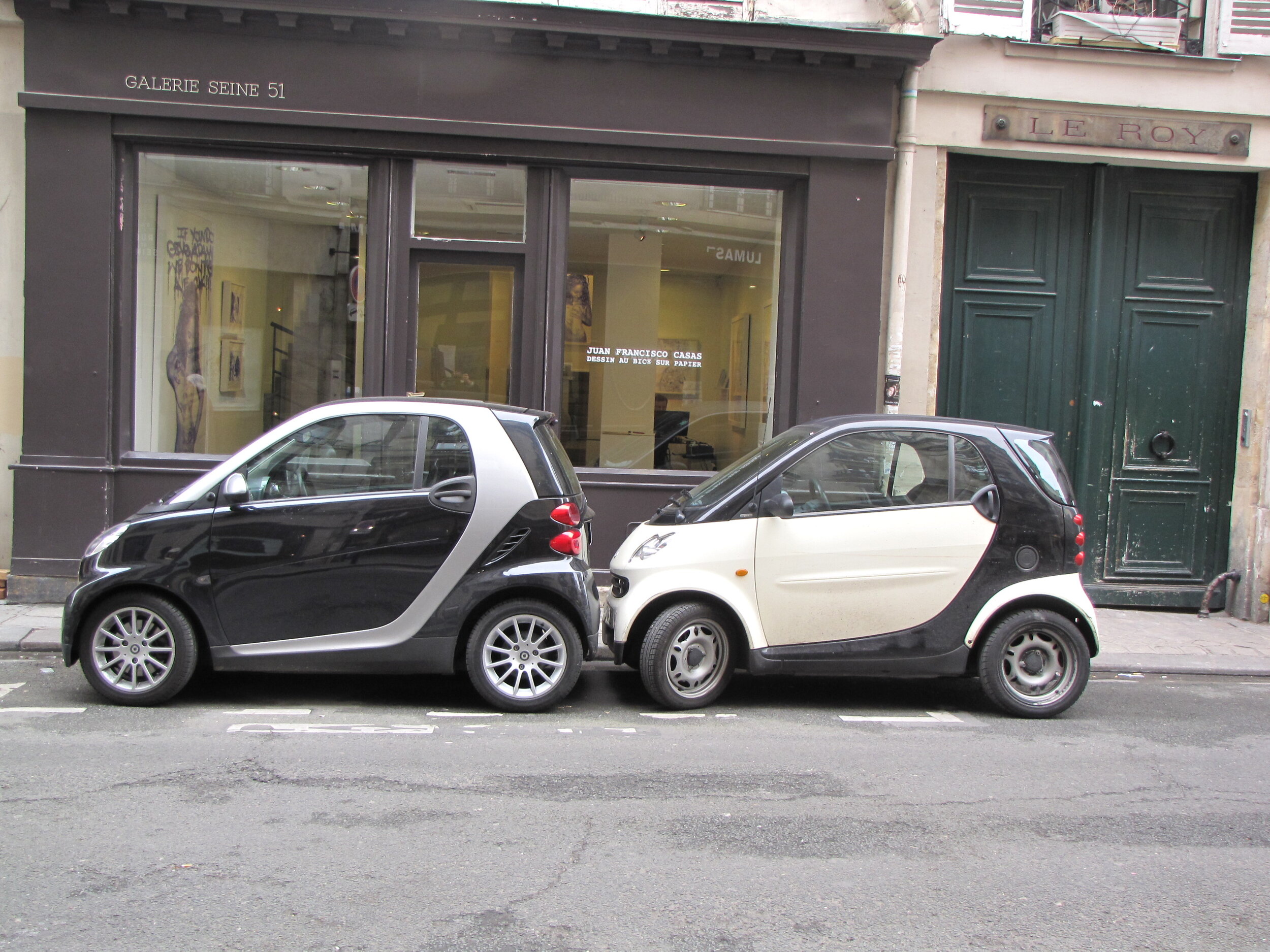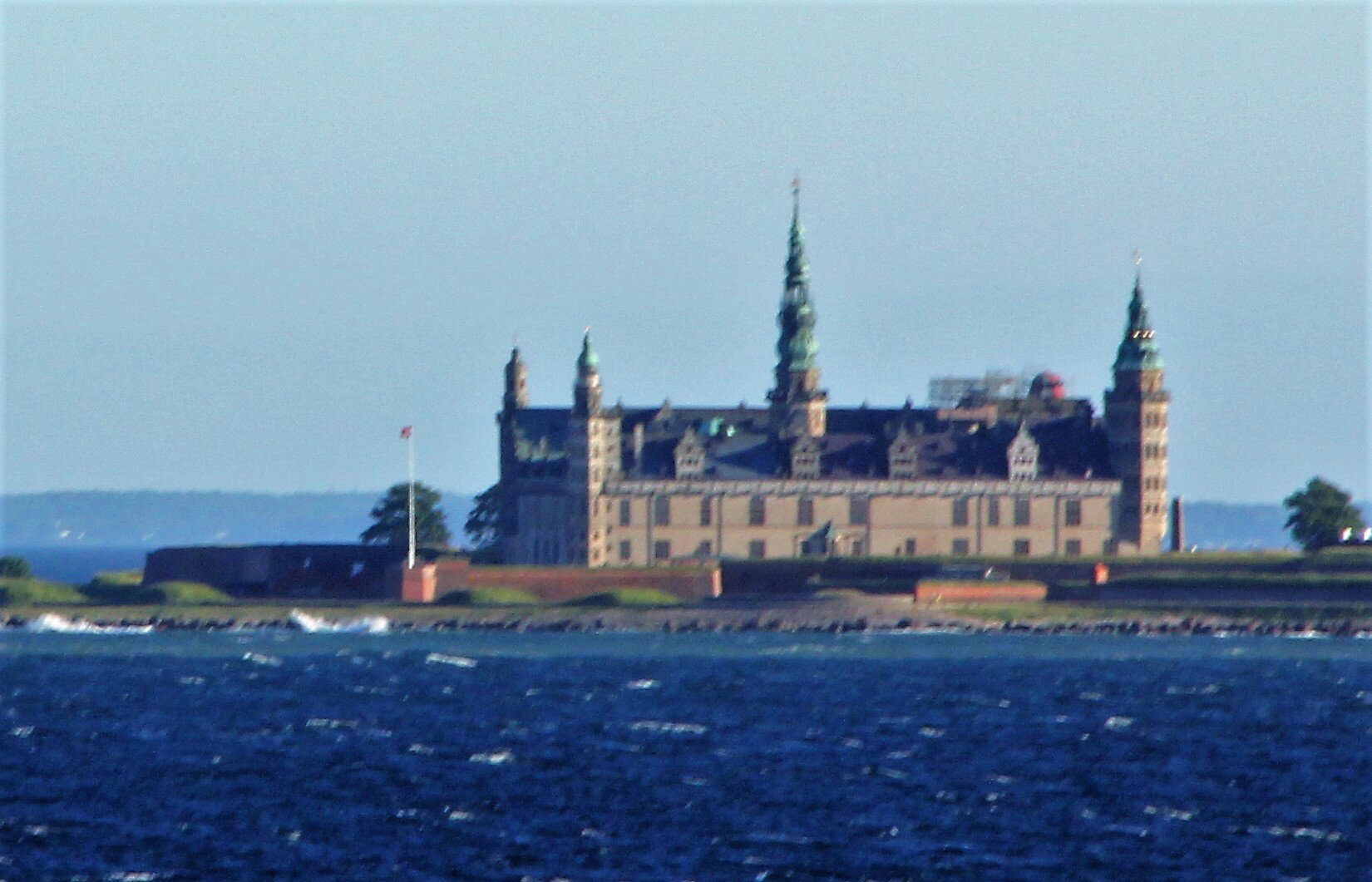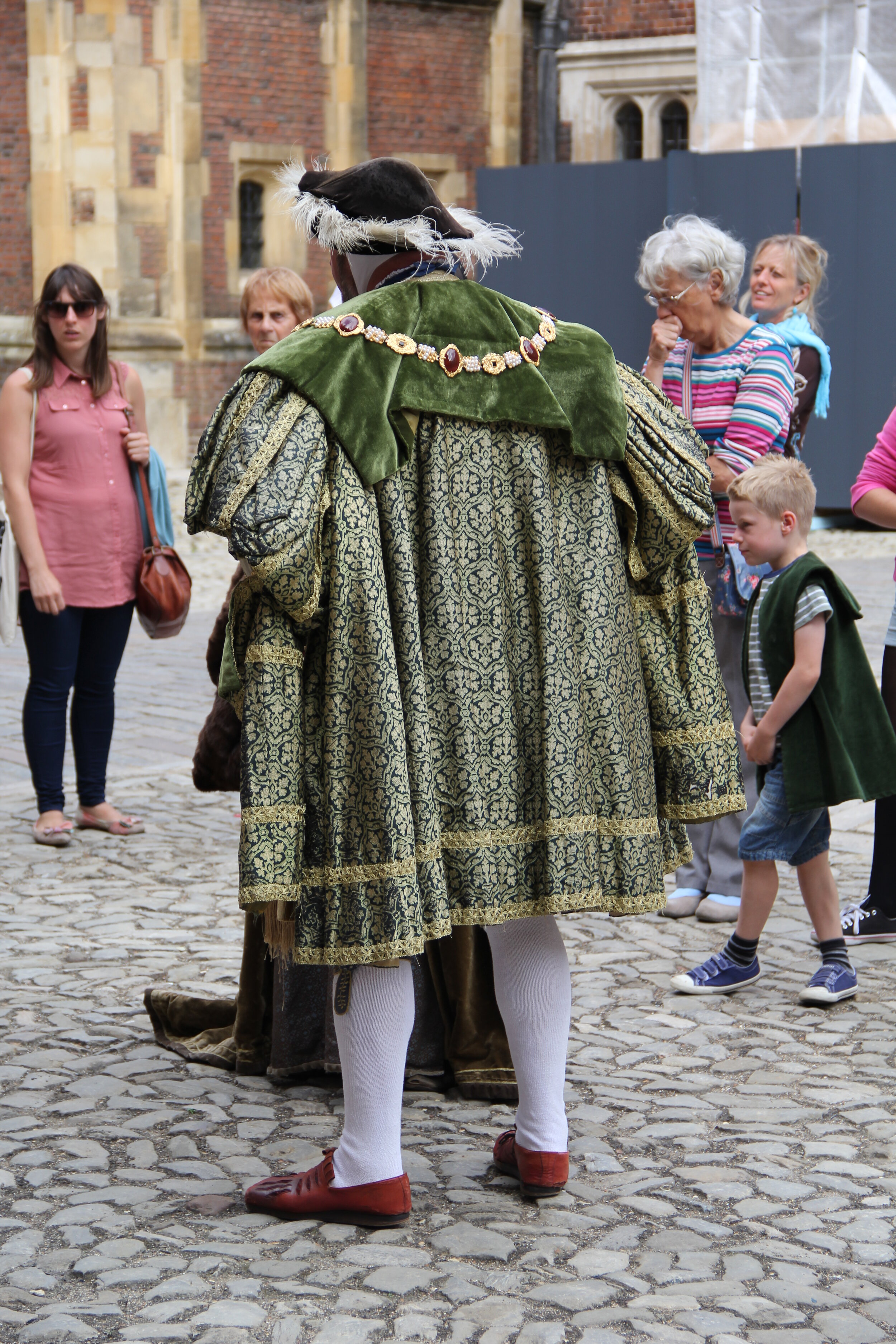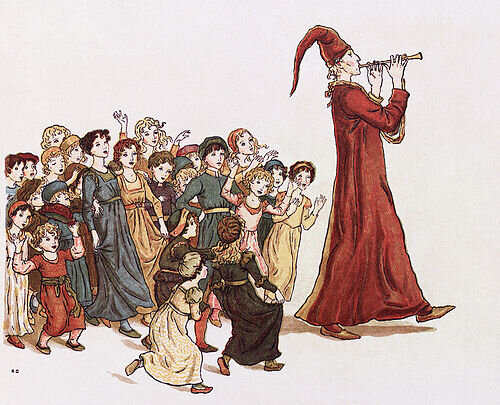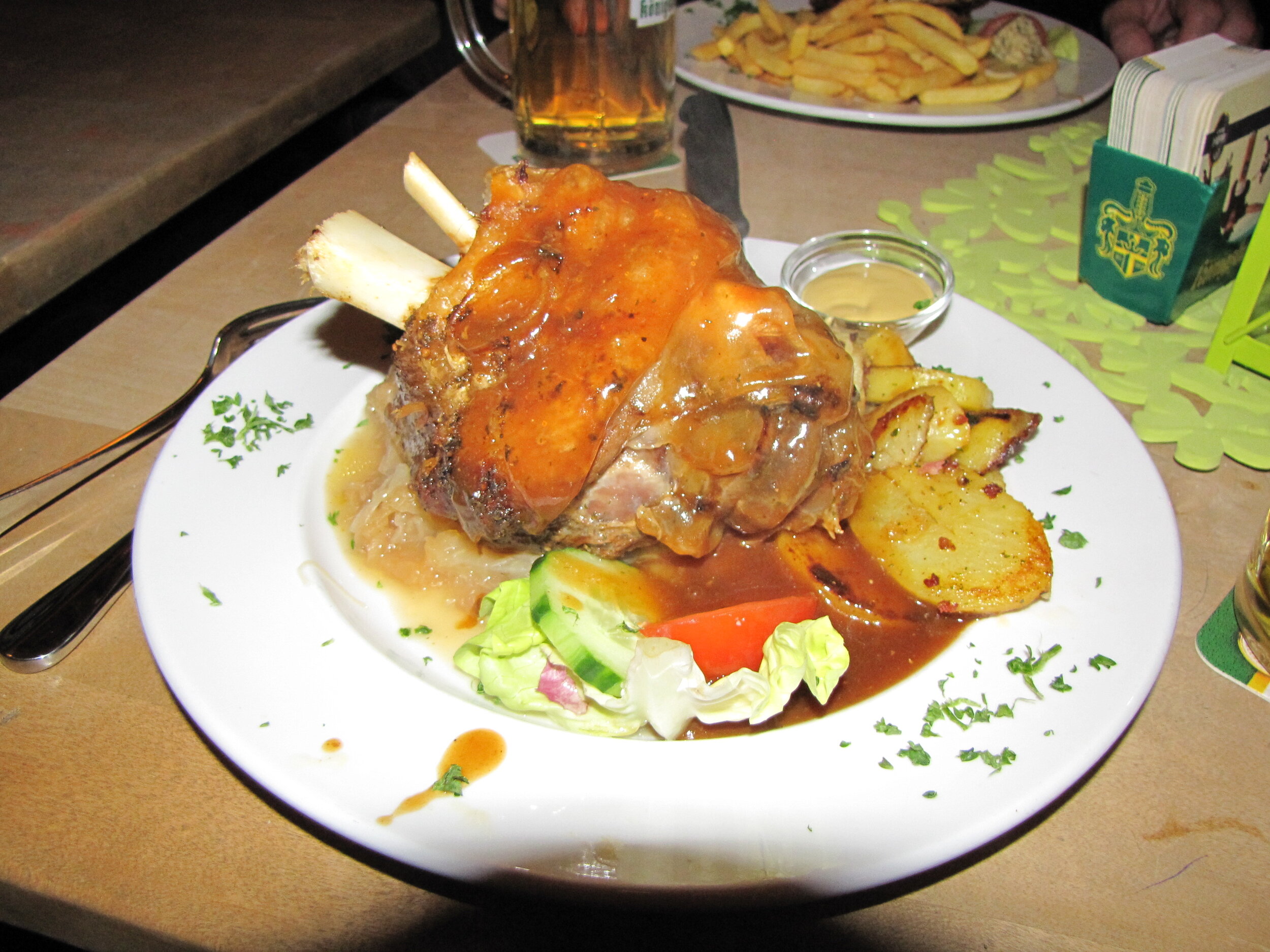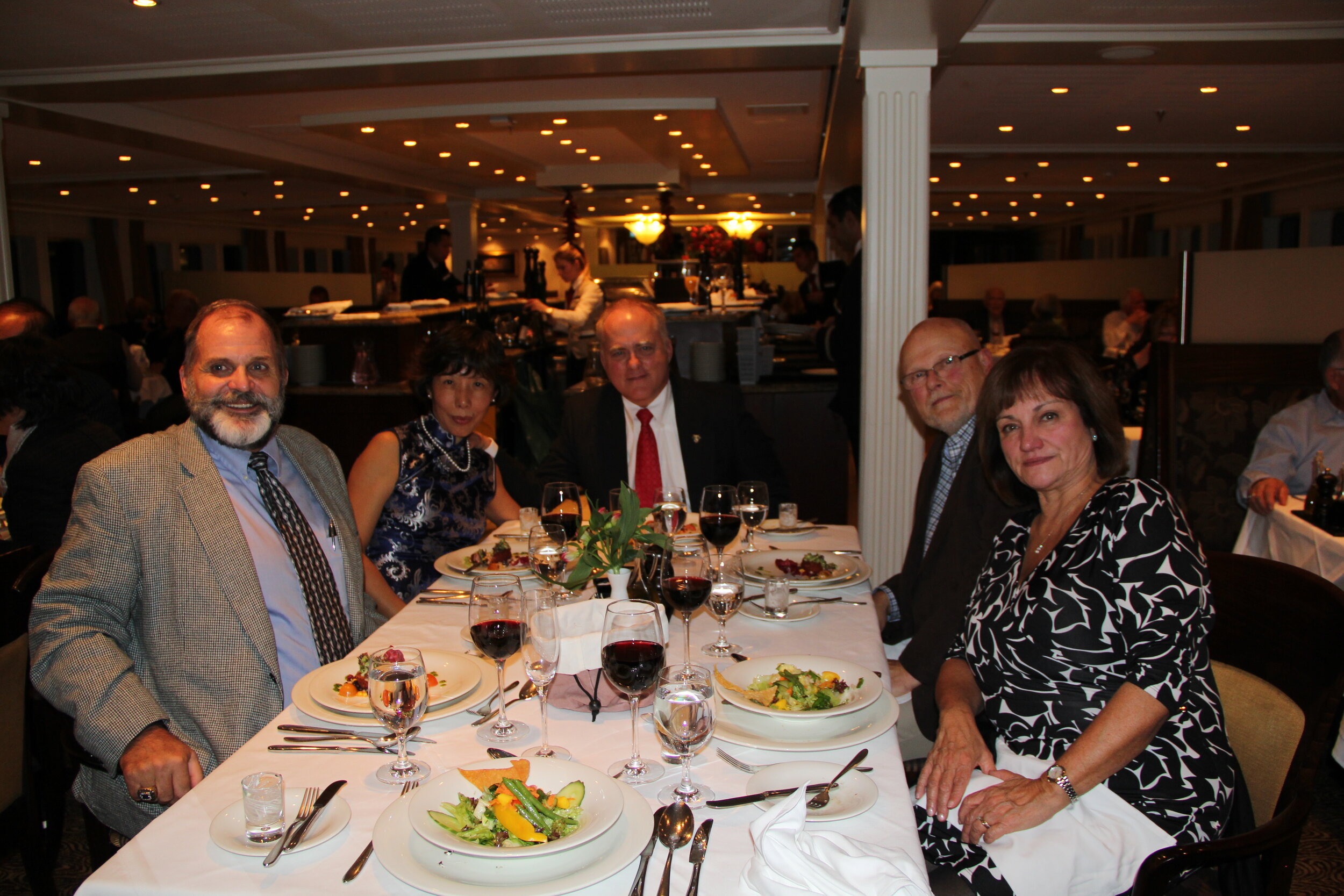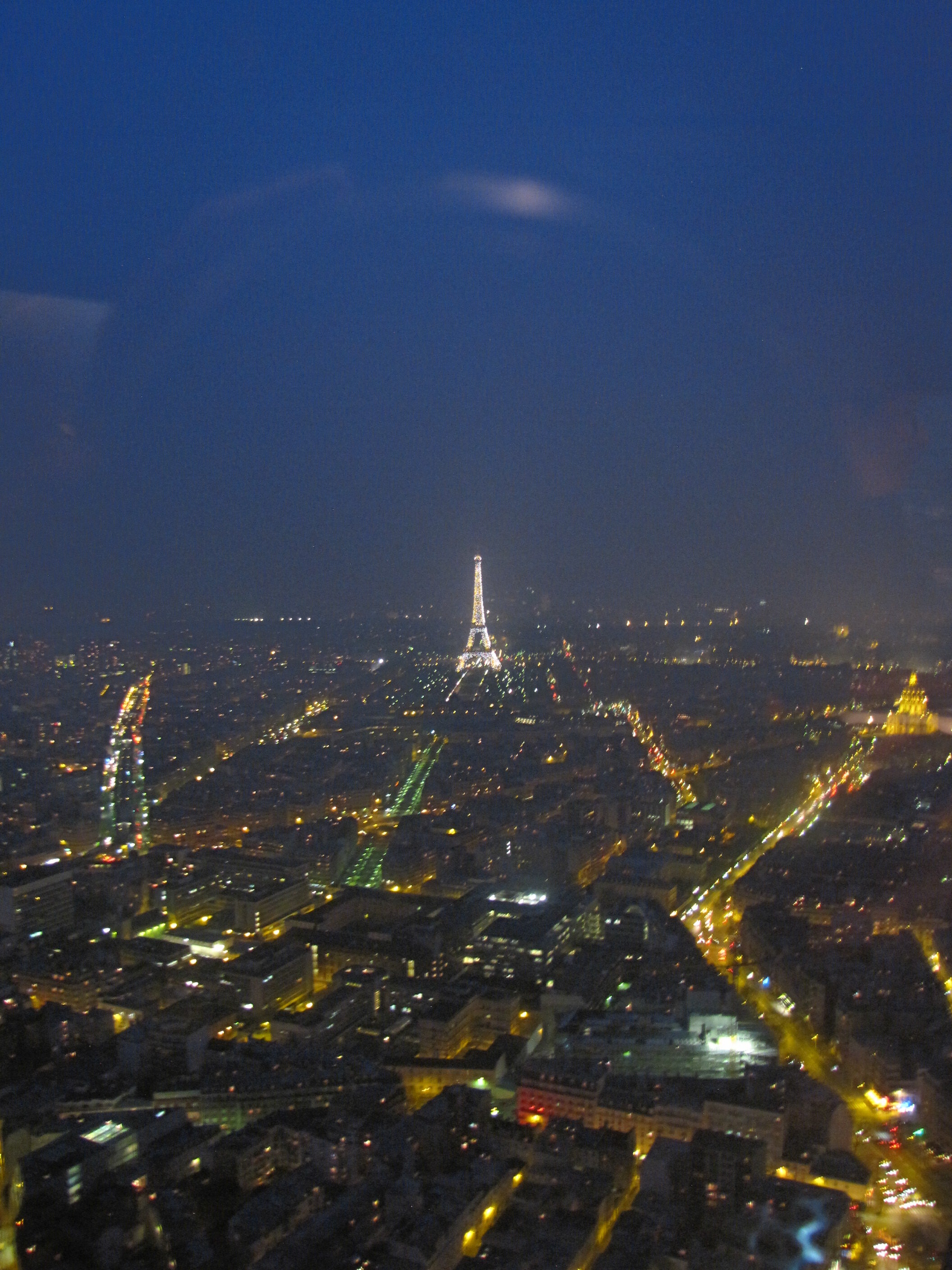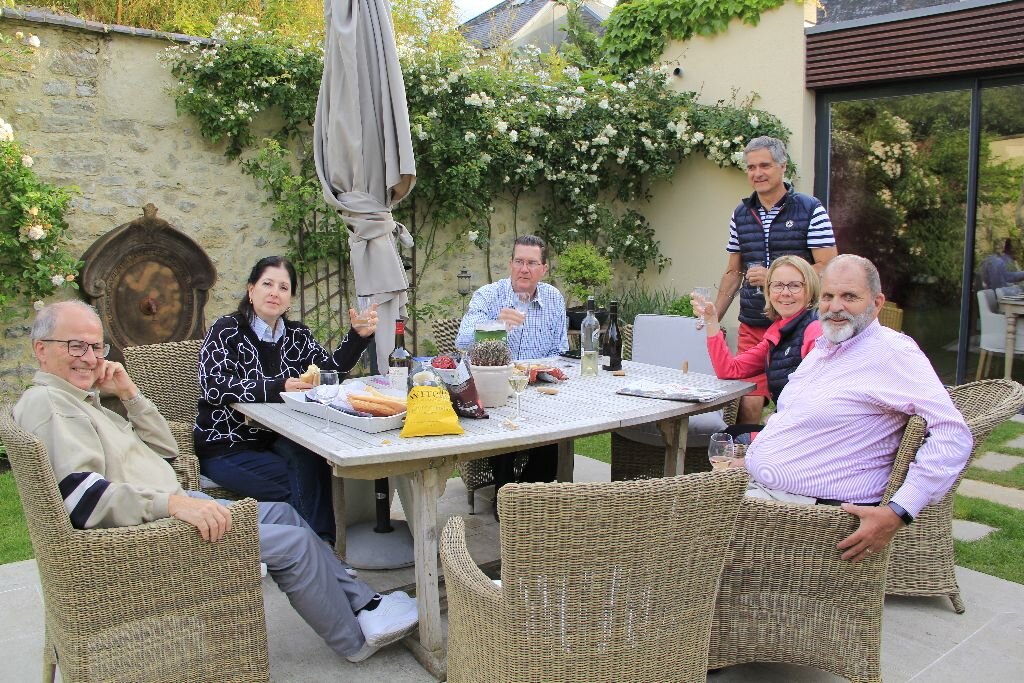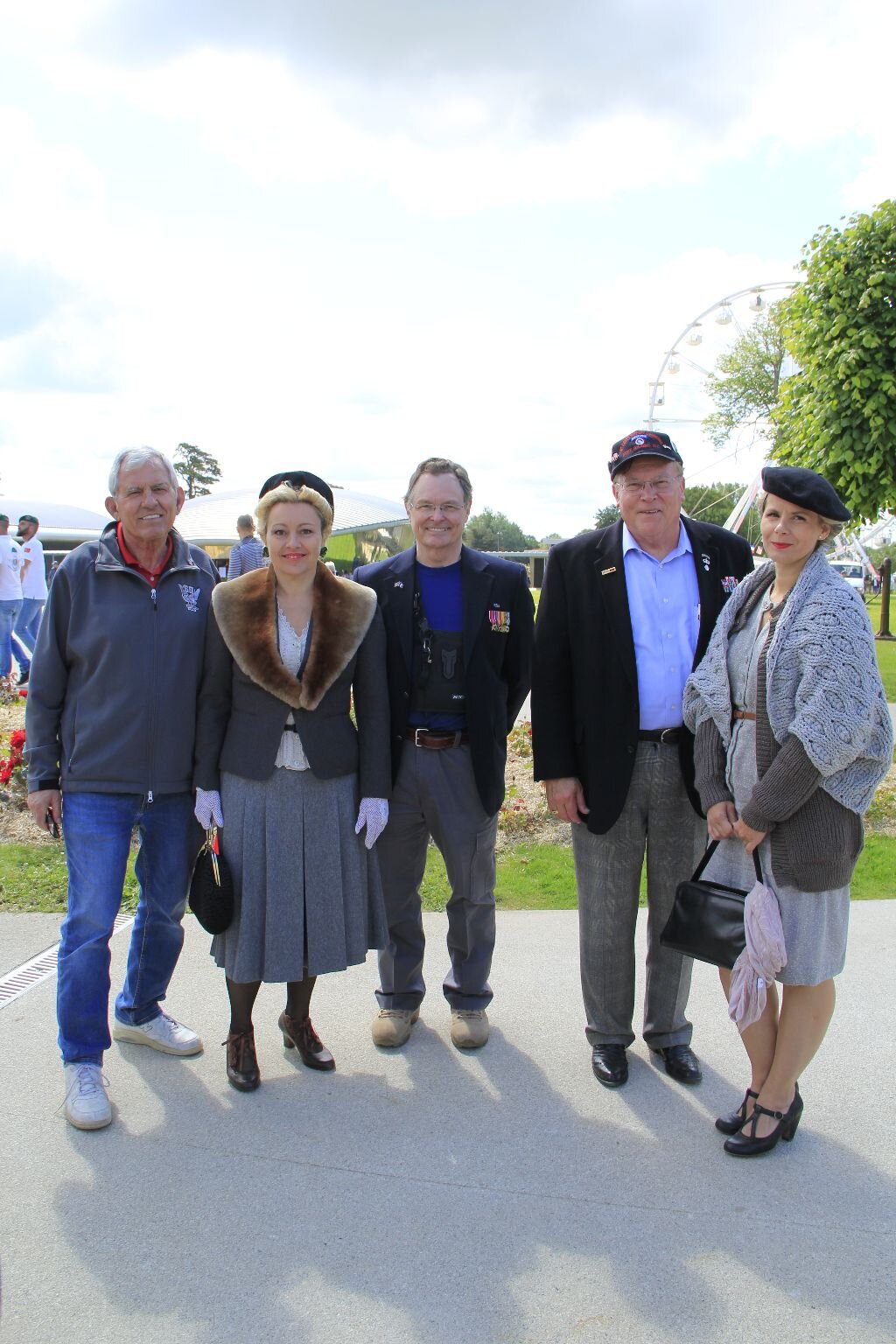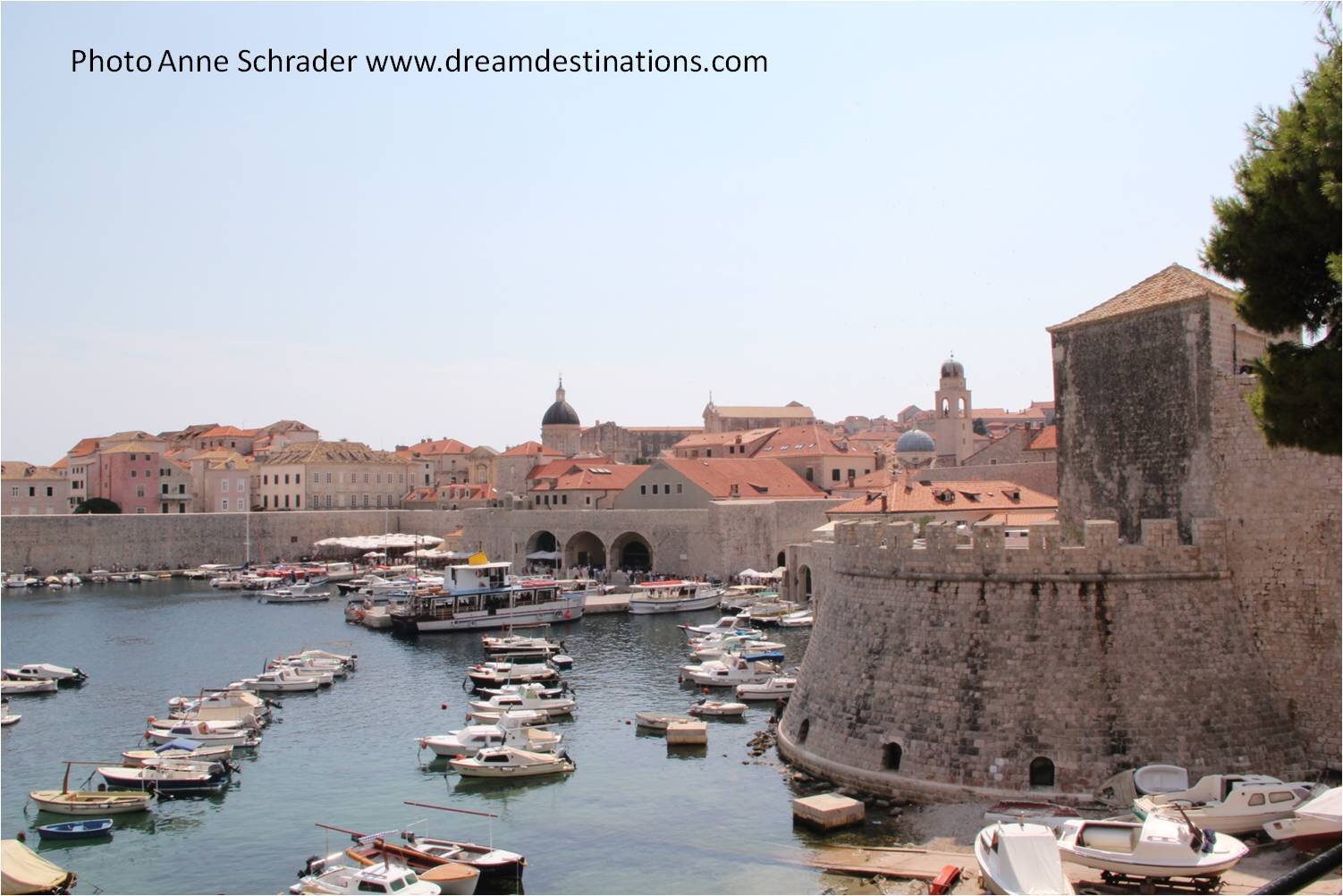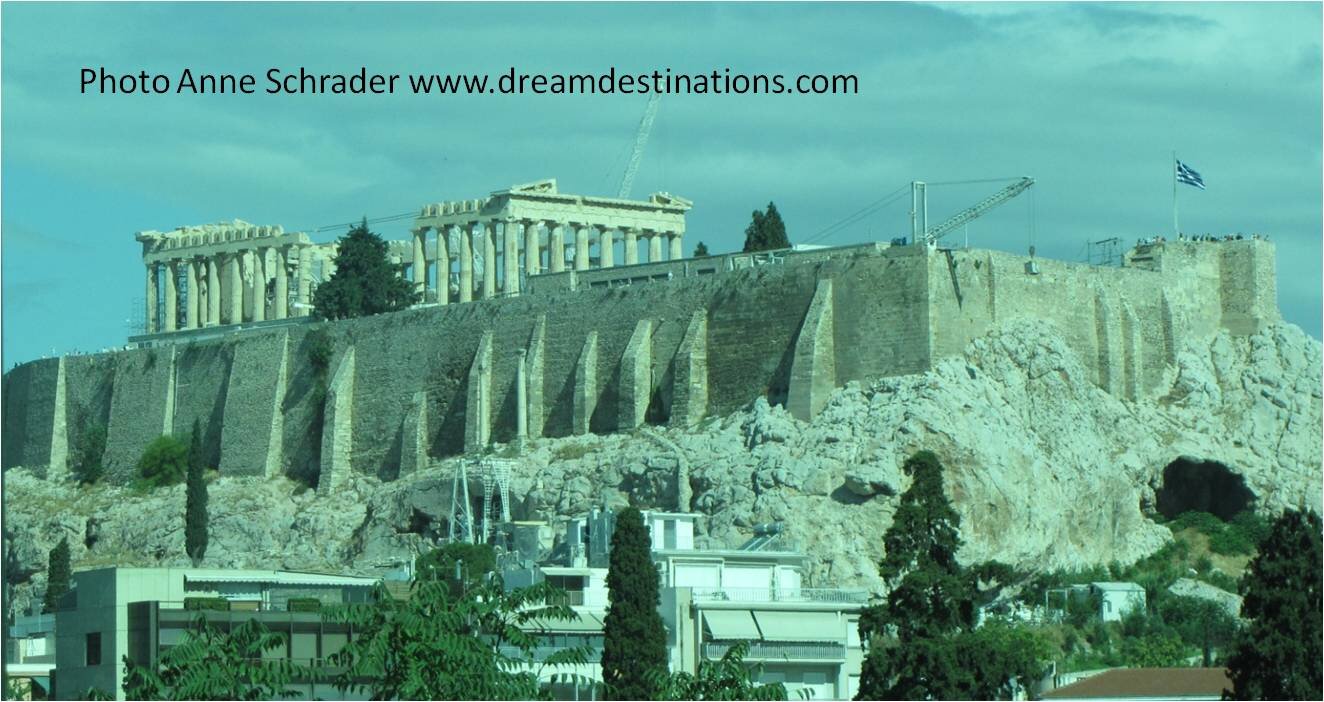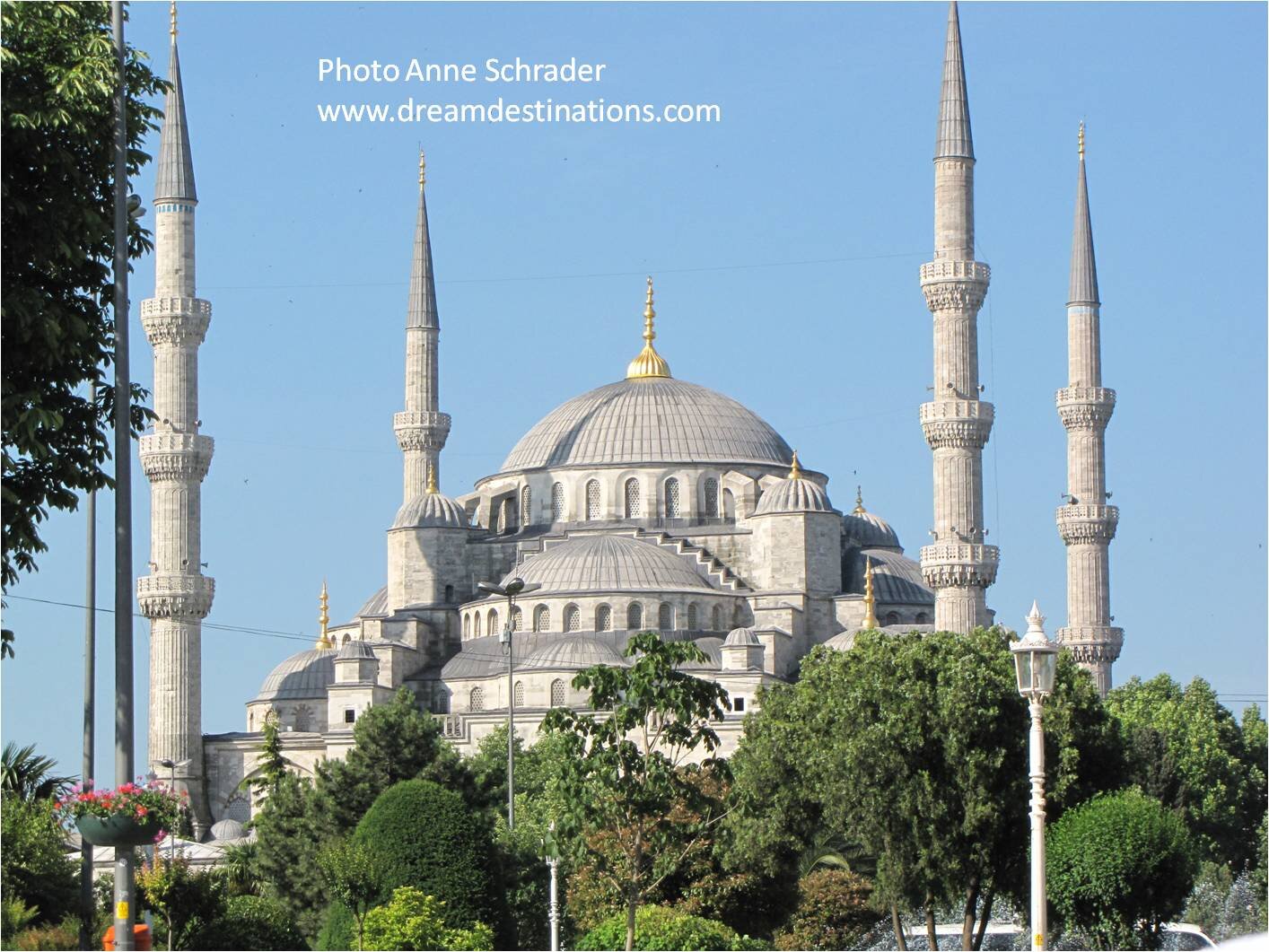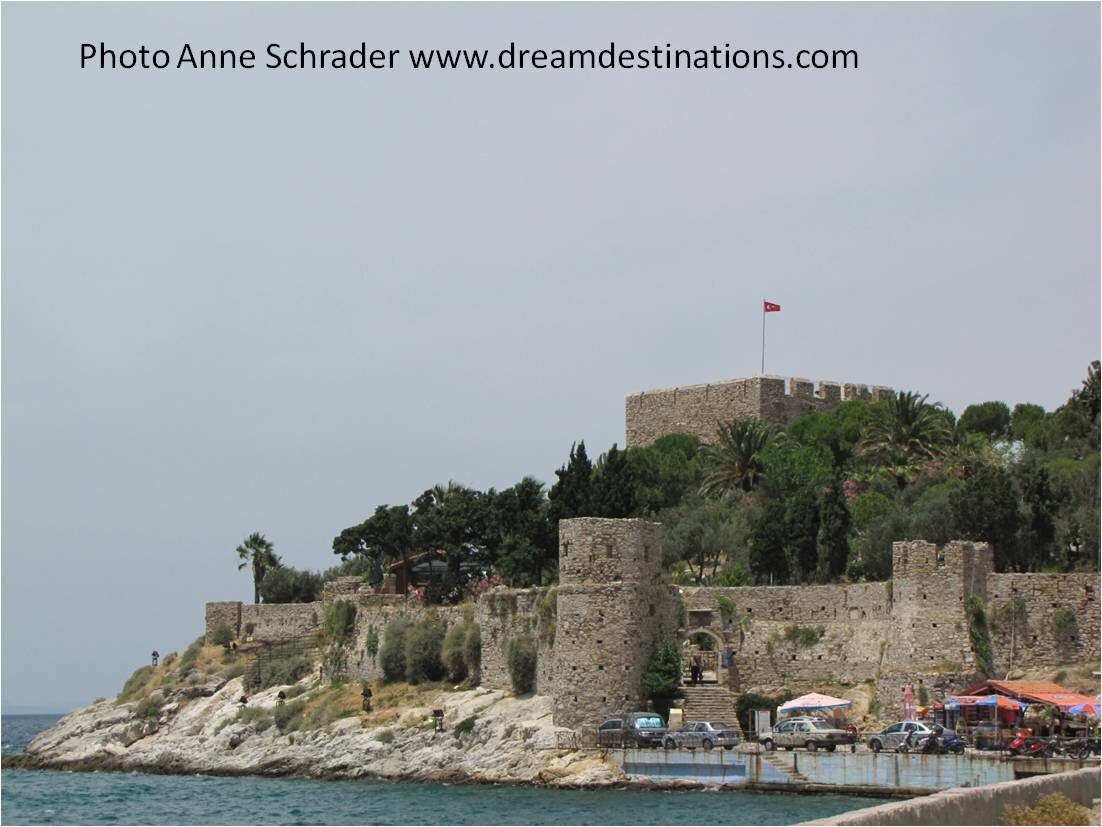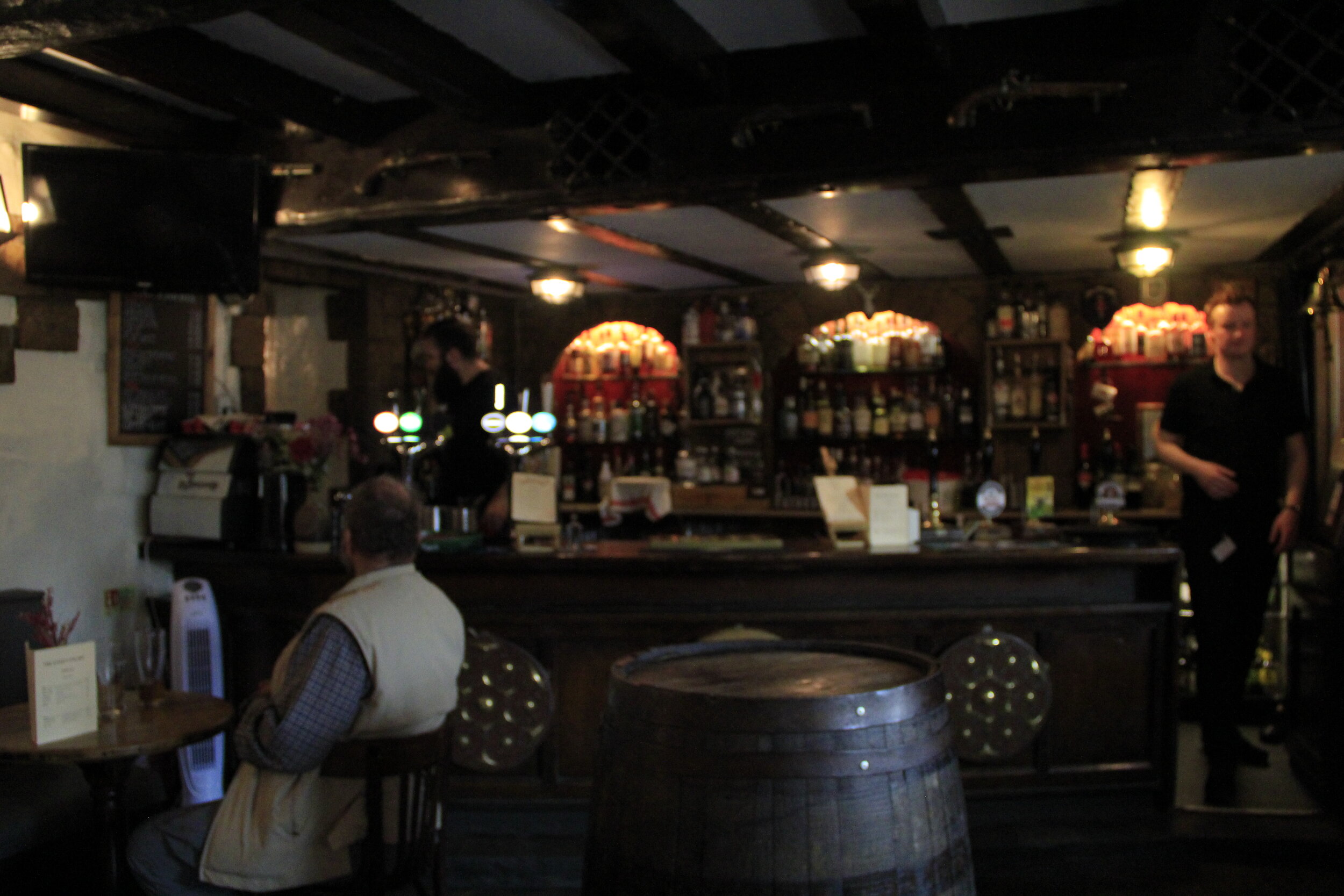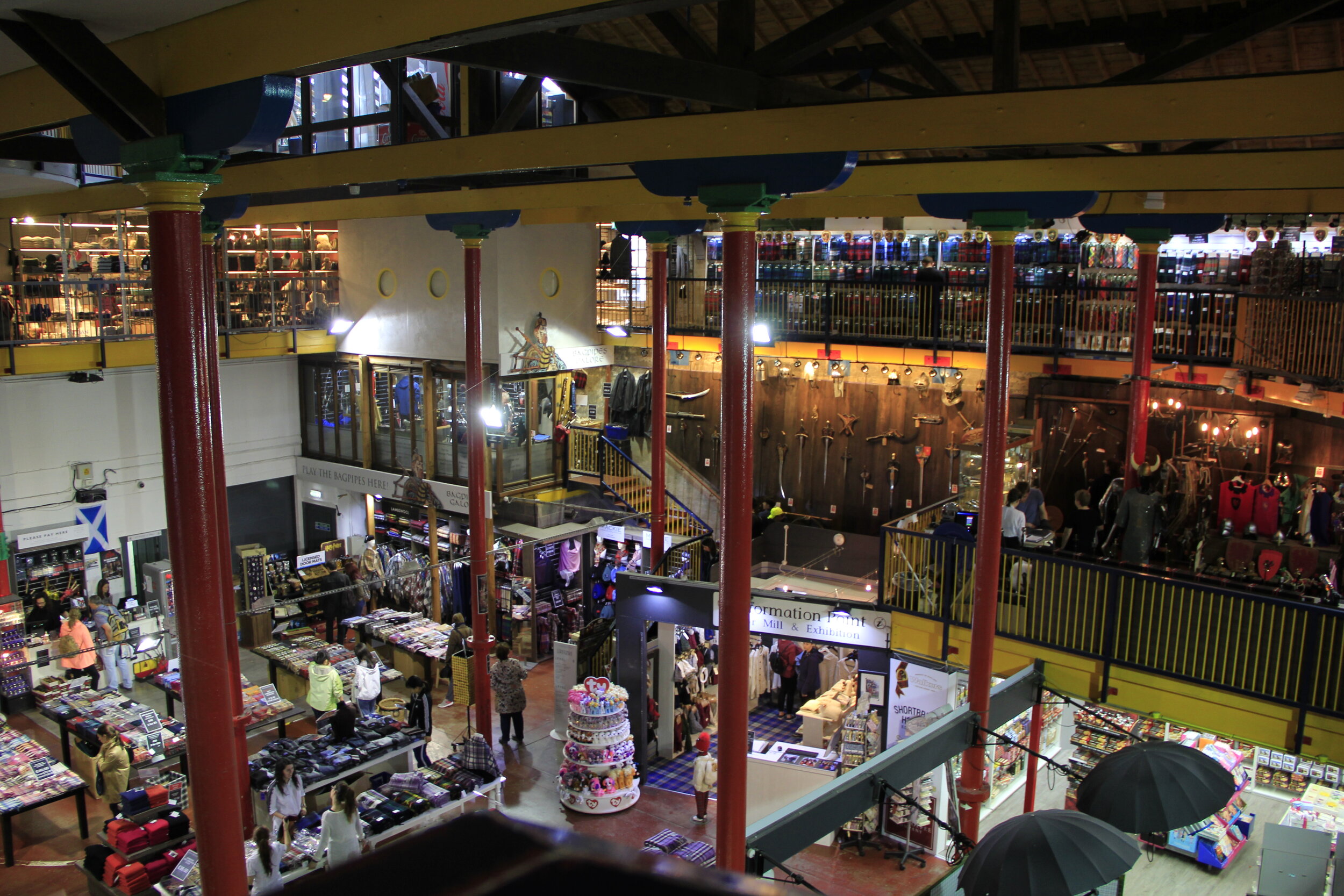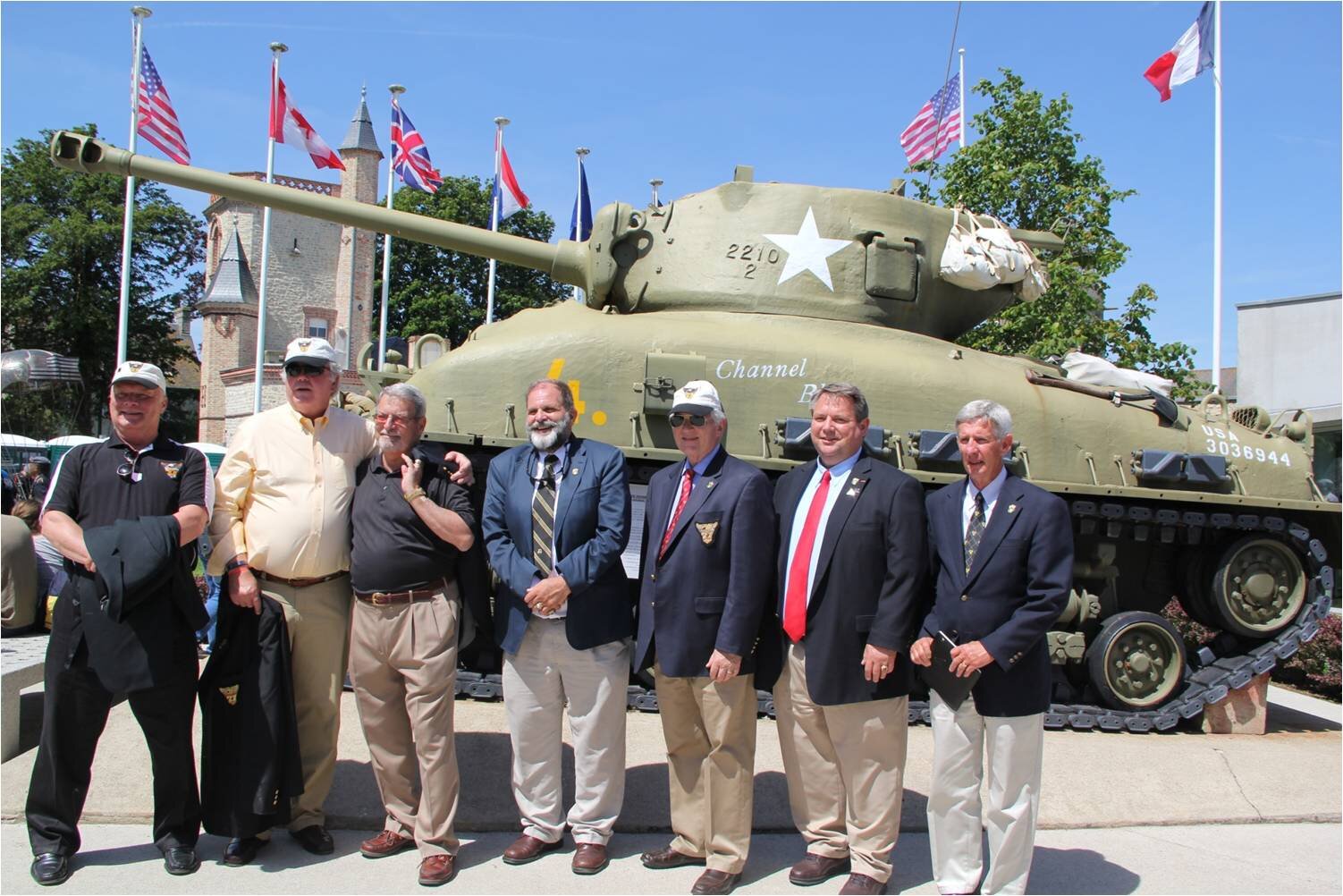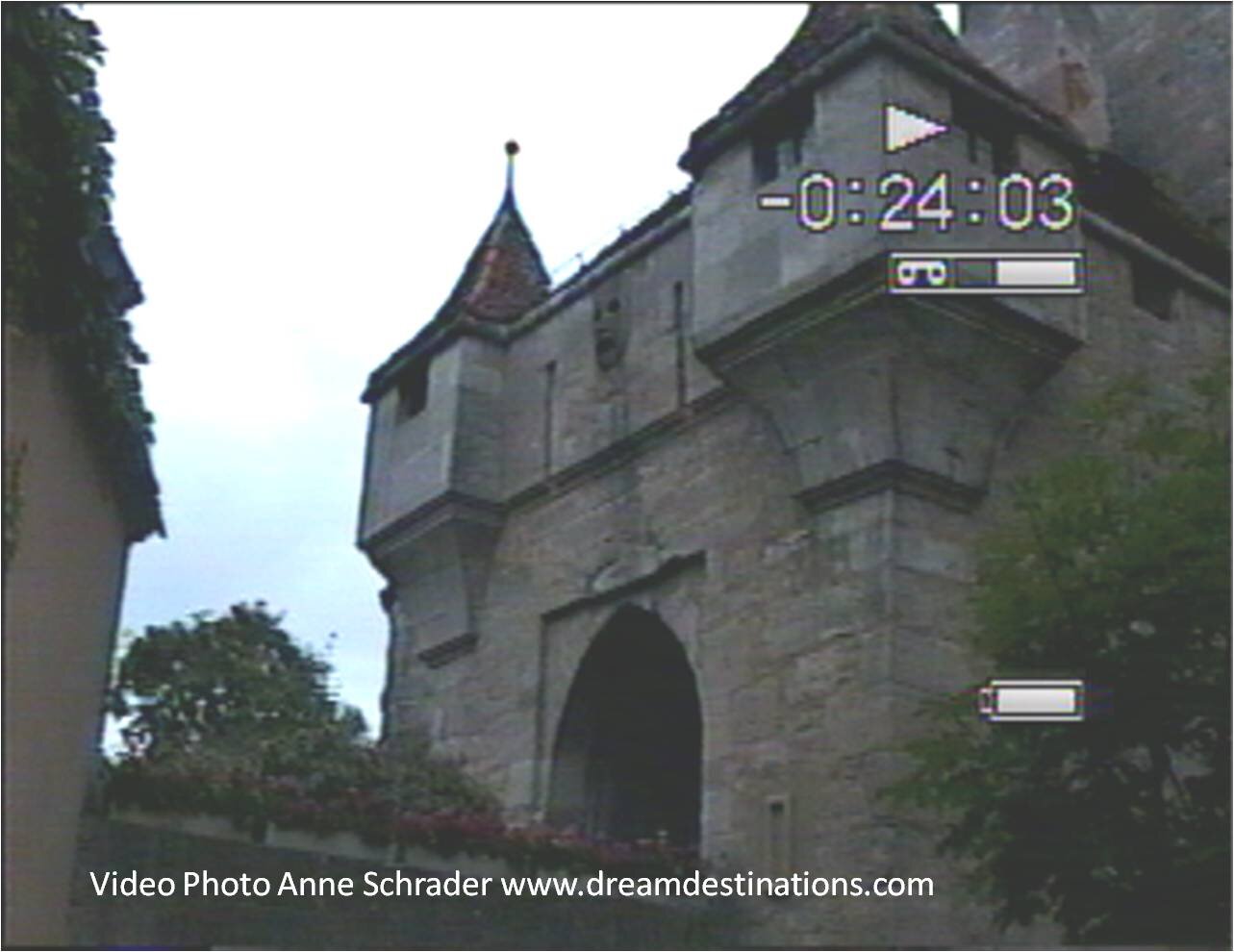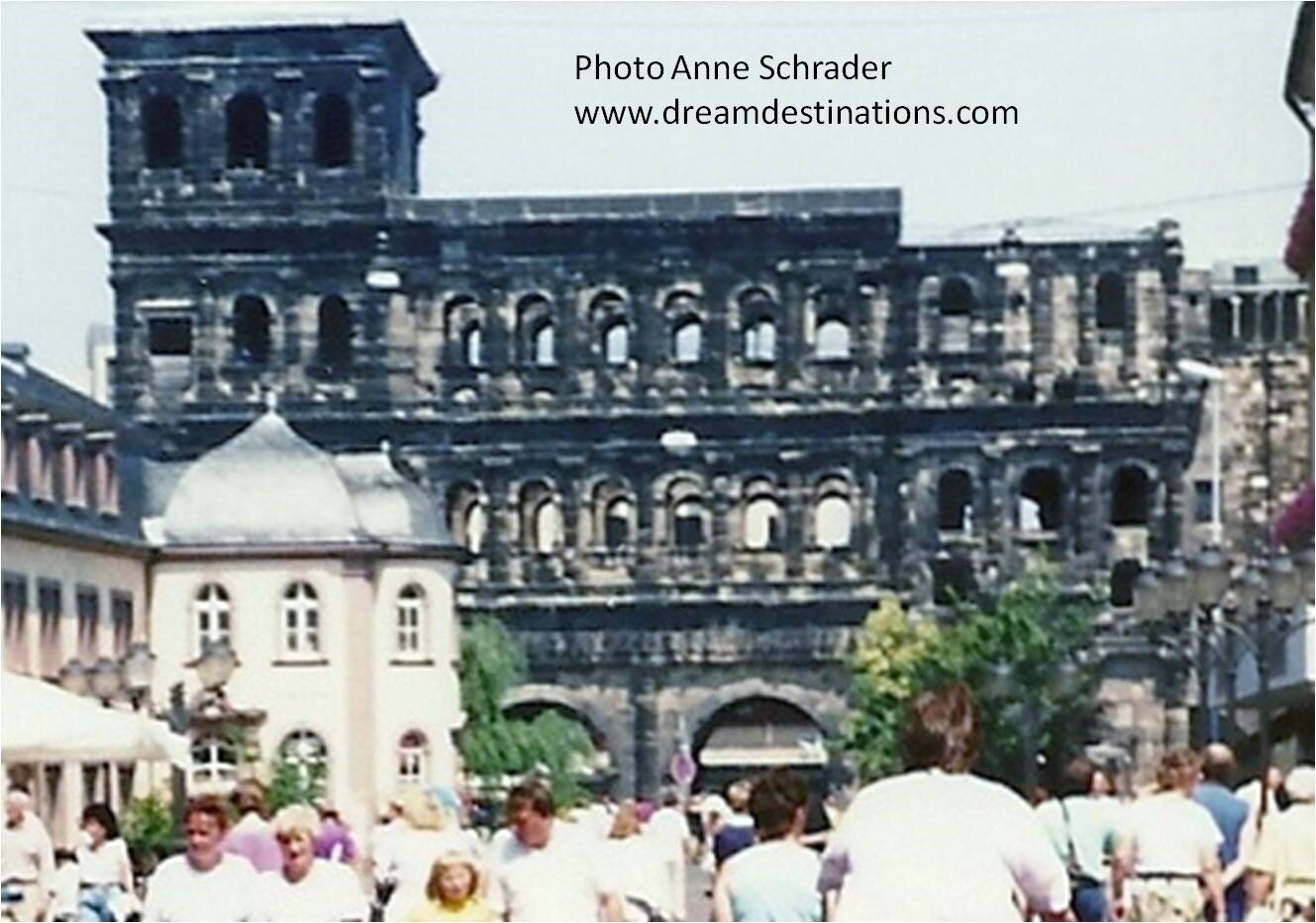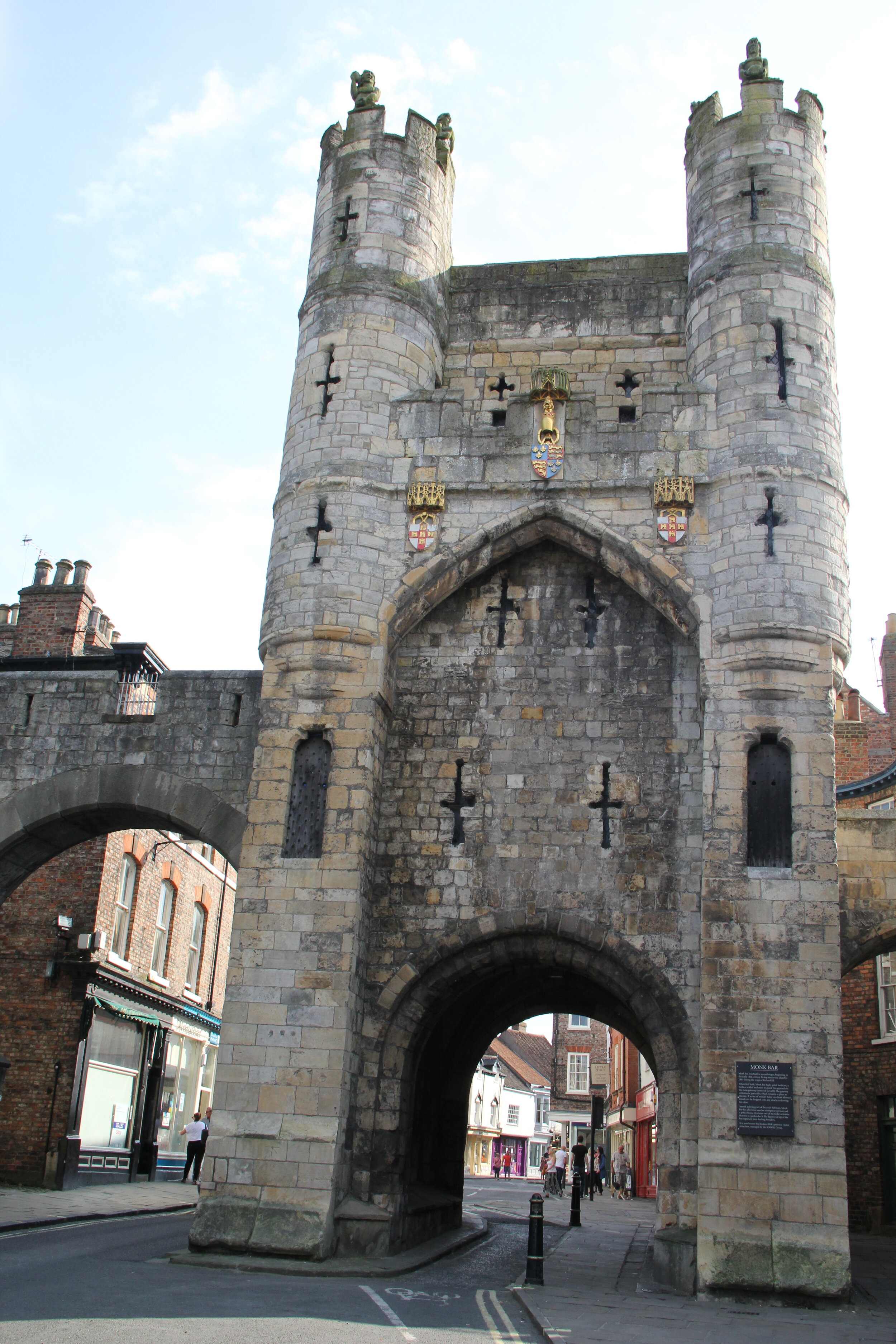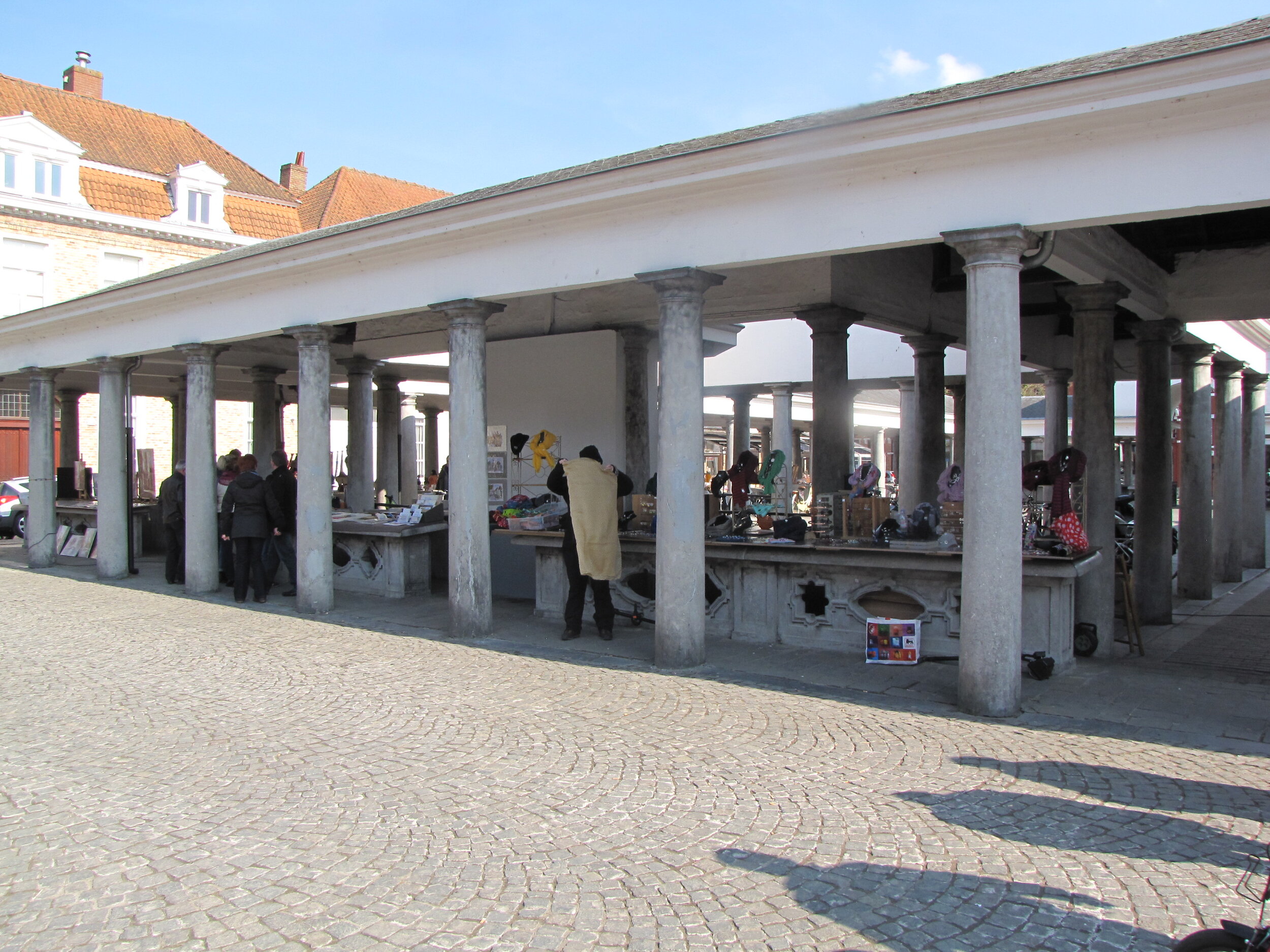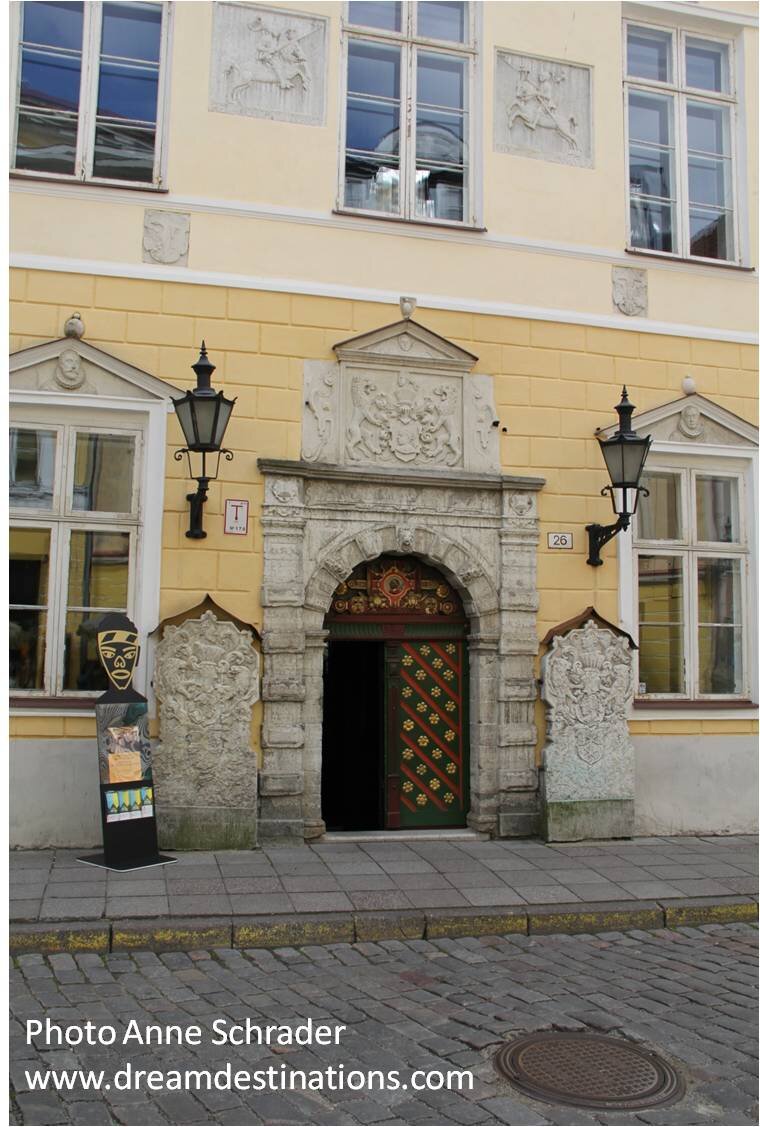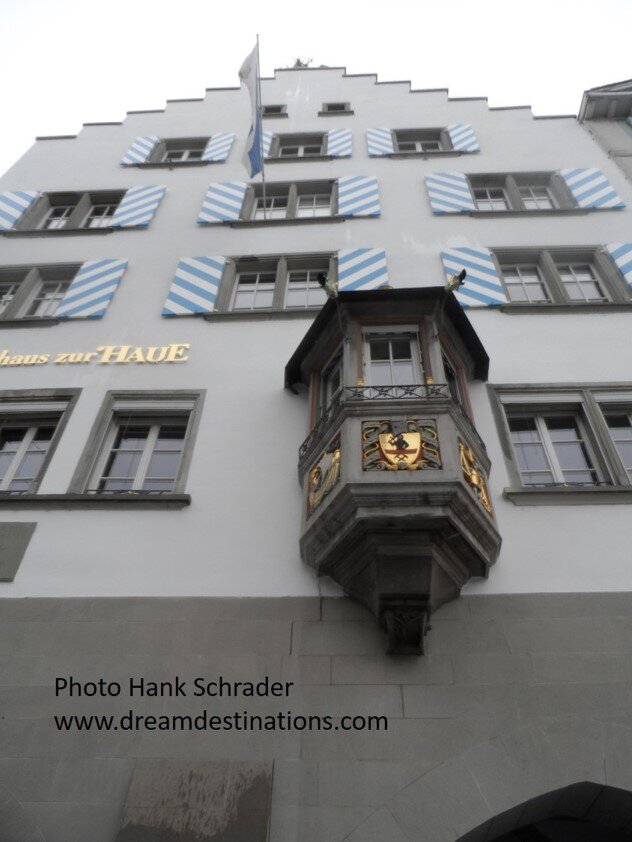The Art of Doing Nothing in Siena
Hank Schrader, USMA '71, Europe Destination & Europe River Cruise Expert
Anne Schrader, Certified Travel Counselor & Certified Luxury Cruise Specialist
Sometimes in our world, all is hyper speed. I know—20 years in the military as an infantry officer, sometimes being ready to deploy with aircraft wheels up in 18 hours; 16 years in big-time high school football (ranked 5th in the nation after winning a state championship in 2001); teaching all types of social studies classes; and building our travel business to a highly successful agency that helped hundreds to have awesome vacations, has made my 75 years remarkable to say the least.
Yet after visiting Europe for over 53 years, Anne and I have learned a valuable lesson. It is the art of doing nothing but enjoying the moment. We have found 2 great places we call home in Europe—Brugge, Belgium and Siena, Italy.
So, let’s visit Siena and learn about the art of doing nothing.
Why Siena?
Once a booming town that rivaled Florence in the Tuscany region, somehow it lost importance in world affairs and power and prestige of the city-states.
It was a rival of Florence during the Middle Ages but lost the battle of economic and political superiority, even though at one time the population was over 60,000, until the black death killed off over 1/3 of the population.
As happens in well preserved medieval towns, a historical event changed its course of history. In this case, it was later conquered by Florence in 1550 and became a much smaller player in Italy political and economic life.
Many think Siena is the best-preserved medieval city in Italy. This town is built on three hills; has winding lanes and dramatic up and down small roads that require strong legs to walk; and is charming beyond belief!
You could tour the good sites. Here are some pictures:
Siena Main Square
Siena Cathedral
Ok, enough touring—now let’s explore why we really came here.
Mastering the Art of Doing Nothing
Your first task is to find a place with a view so you can sit and relax and let the world come to you. The view could be a café or room with a view. I think your day needs to start with a good beverage. Then just sip and enjoy.
The view from our terrace in Siena
Where we enjoy our beverages - the bells from the various churches chime througout the day!
Siena a dusk—stunning!
Lenny the Leopard and Little Bear guard our wine bottle on our balacony
Perhaps then it is time to wander, and Siena comes through with a medieval street layout in this former walled city.
A balcony next to ours
The narrow streets and alleys are common in Siena
At some point, you will get hungry. So, your next task is to understand how Italians eat.
Your Guide to Great Food and Wine in Siena
Eating in Italy is an art—it is so important to the culture of this country. It is a slow experience, full of wonderful tastes, and often becomes the evening entertainment along with the food.
Italian meals are usually 4 or 5 courses.
There are several meal combinations, such as Antipasti, Primi, secondi, Contorni, insalata, fromaggi, dolce, and cafe.
The primi and secondi are usually hot courses and the primi often is a pasta choice, while the secondi is a meat or fish course. Depending on the food choice you may select contorni (side dishes) or maybe the meal will have an insalata, sometimes served with the meal or as a separate course.
The meal ends with fromaggi (cheese) or fruit and for most dolci (dessert).
A proper meal ends with cafe (coffee).
Here are the great meals we ate at Bagoga—it was full of locals and some tourists.
First, let’s start with the owner Papa, who has riden in the Palio and makes you so welcome. He loves his guests and treats them in the best spirit of hospitality. Here I am with him:
Papa and Hank
Dave serving us some great wine
Anne with Papa
Some of the helments of the riders in the Palio. Only 10 of the 17 Contrade (districts) in Siena compete in the 2 races each year. The race is a rivalry competition which is more than the 3 laps horse race—it symbolizes the pride and passion each contrade has for their district. There are many rituals and preparation for this race happens year long as bands and flag bearers practice often for their moment of glory. A horse does not have to have a rider to finish the race to win. Bribery, betrayal and cheating is part of the intense riveralry—it is a “anything goes” race
Hank ready for an excellent meal
My ragu pasta course
The staff and Hank laugh it up—the hospitality is amazing
My Florentine style steak—always served rare and amazing good!
Anne’s pasta dsh
Anne’s pork dish
A great end to the meal—a chocolate dessert delight
Now Another Great Find—La Verchia Taverna di Bacco
Outside area La Verchia Taverna di Bacco
Anne had their new special - an uncut papradella pasta stuffed with finely ground Chianina beef, mirepoix, sage and rosemary, “pink peppercorns” and a delicious demi-glace. All the pastas are made everyday in house including the regional favorite, pici!
My Ragu
Anne barely stopped eating to let me take a photo of how her pasta dish had been made.
At our next meal here, Hank picked Anne’s dish from yesterday
Lemoncello cheese cake - all desserts are wonderful and made in house!
There was wonderful Service with a grappa tasting!
Brunello Wine is a Tuscan favorite
A wonderful fruit tart dessert
Fresh made pasta each day ready for customers and a fruit tart dessert stored for all to see
A Great Wine Tasting Experience
Right across from our wonderful bed and breakfast small hotel was a fabulous wine store. The owner, Federico, provided us an amazing wine tasting from the Tuscany region.
He was funny and explained what made the small batched local wines special.
Here he is with the 3 bottles we were going to try.
Frederico during a wine tasting.
Our Final Thoughts
Sometimes, it is plain cool to visit sites that are important to you and try and imagine what it was like during that era or in our case just relax Italian style. You might want to try the art of Doing Nothing. It might just help you recharge.
We are travel experts, ocean and river cruise specialists, and Europe destination experts. We have first-hand knowledge of almost anywhere you want to visit in Europe. We know our products and the vendors who sell them to you. We have designed special tours for dozens of clients, led several and will continue to find just the right vacation that will exceed your expectations.
When you are spending your hard-earned money for a vacation, you want an advisor who can match you with the right trip. You want someone who will understand your expectations and fuel your anticipation (or excitement) to get you the best possible trip experience. And, you want someone who can help you with the decision making process. We think we have all these qualities.
Whatever your Dream Destinations are, we are here to help you get the best possible vacation based on what is important to you! We will provide you high quality, expertly planned travel. Please give me a call 713-397-0188 (Hank) or email me at hschrader@visitdd.com . We want to help you: Savor life…make memories…Visit Dream Destinations! Your journey begins here!
ANNE has earned a degree from the University of Houston in Hotel and Restaurant Management. Serving as the President of Visit Dream Destinations, LLC, since 2016, she is uniquely experienced professional travel advisor with over 26 years’ experience in the travel industry. Among her numerous certifications, she is a Certified Travel Counselor (CTC) by the Travel Institute, considered the gold standard in travel agent certification and she is also an Accredited Cruise Counselor (ACC) by the Cruise Lines International Association (CLIA), as well Luxury Cruise Specialist also from CLIA. Having traveled often to Europe since 1989, she has expanded on her certification as a Destination Specialist in Western Europe (DS) with extensive first-hand experience in luxury vacations. She holds numerous other specialty designations from individual vendors. An expert photographer, she delights in capturing the true essence of destinations to share with all.
HANK is a certified Western European Destination Specialist (DS) who has been traveling to Europe for 53 years. He is also an Accredited Cruise Counselor (ACC), conferred by the Cruise Line International Association (CLIA). This recognized expert in cruise and leisure travel is a retired Army Officer, and taught World Geography for 8 years. He is a `71 graduate of West Point and has earned 2 master’s degrees. His other Certifications:
AmaWaterways River Cruise Specialist
Avalon Waterways Specialist
Emerald Waterways Specialist
Riverside Luxury Cruise Specialist
Scenic River Cruise Specialist
Viking River Cruise Specialist
Brit Agent









































































